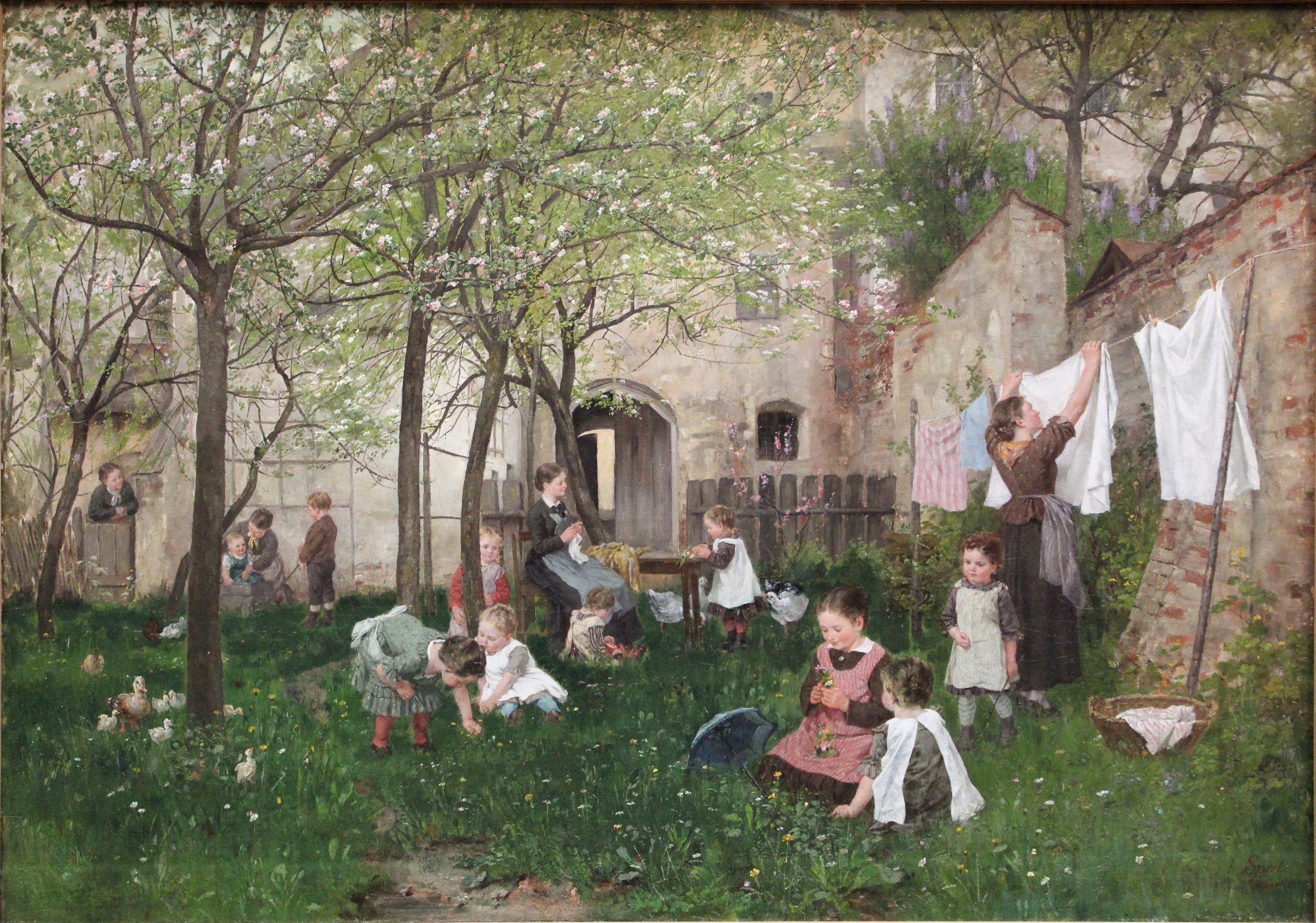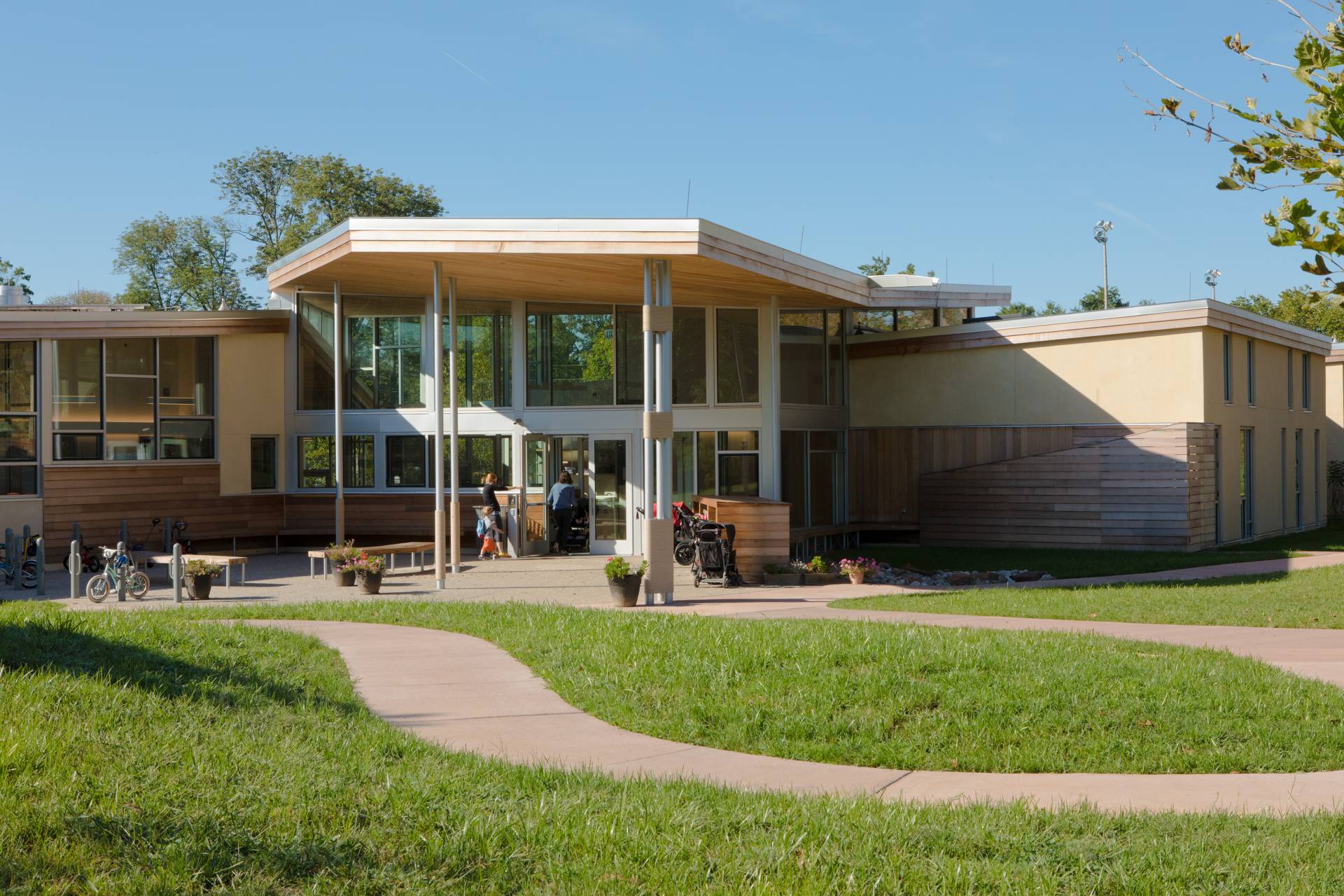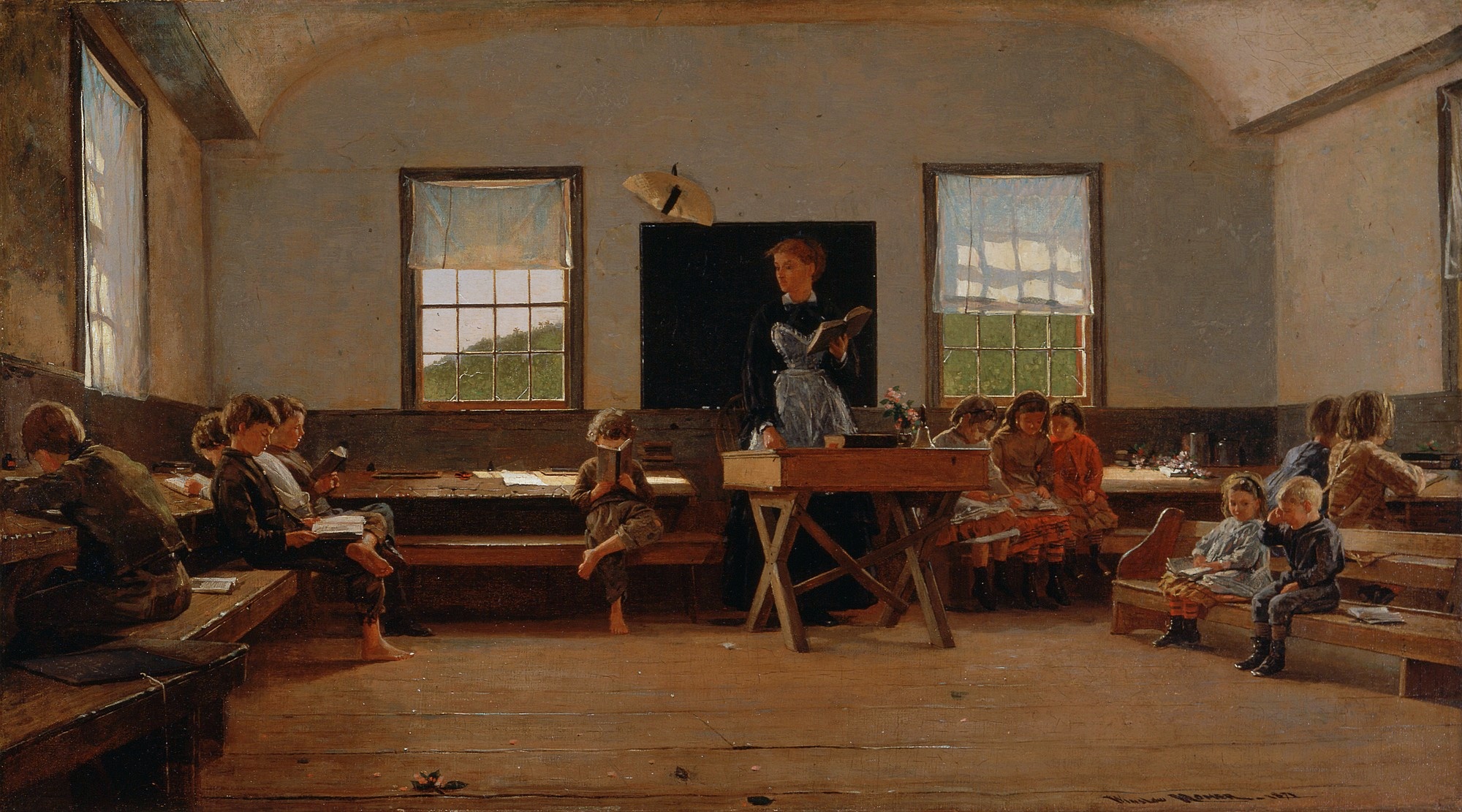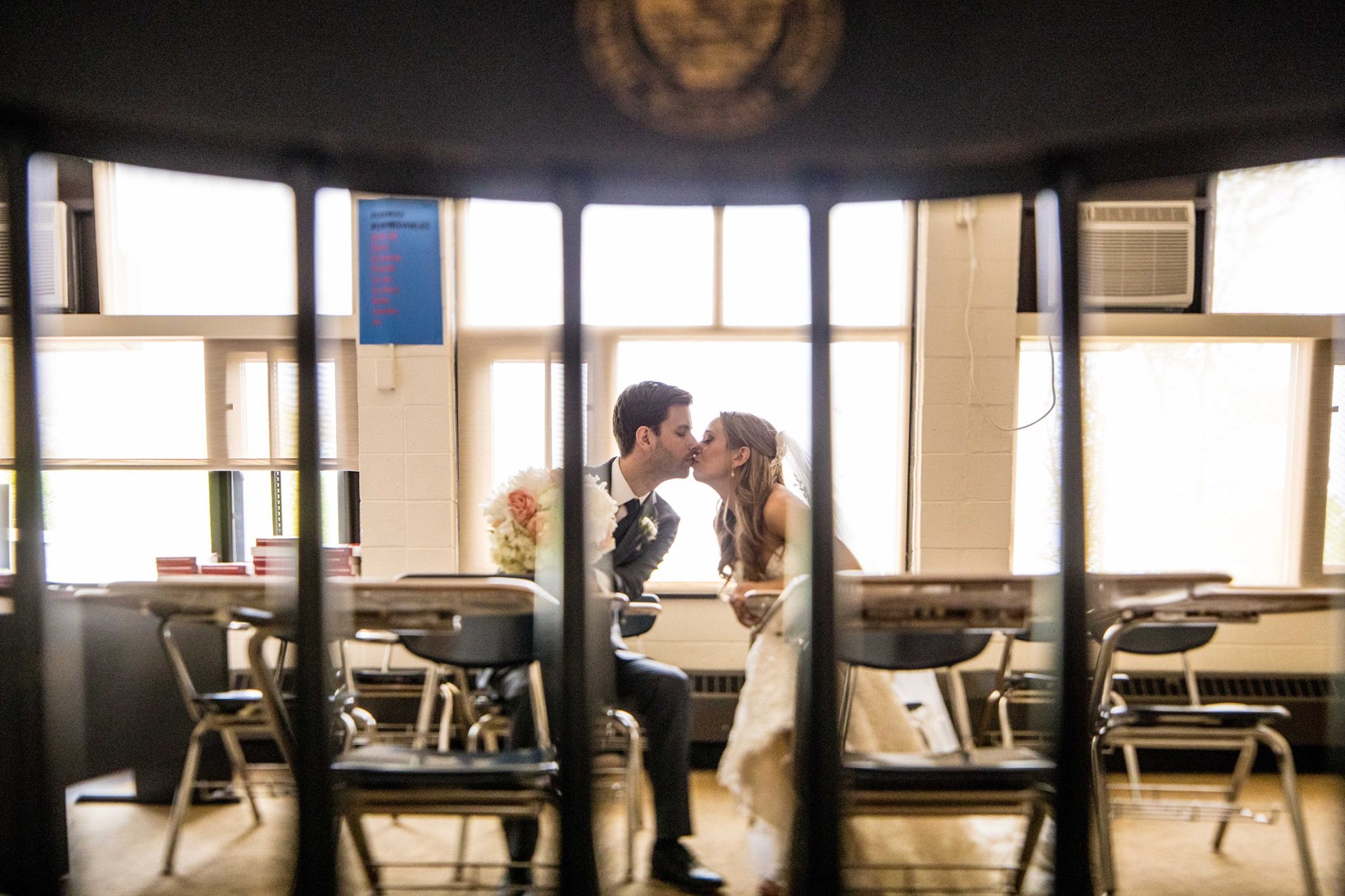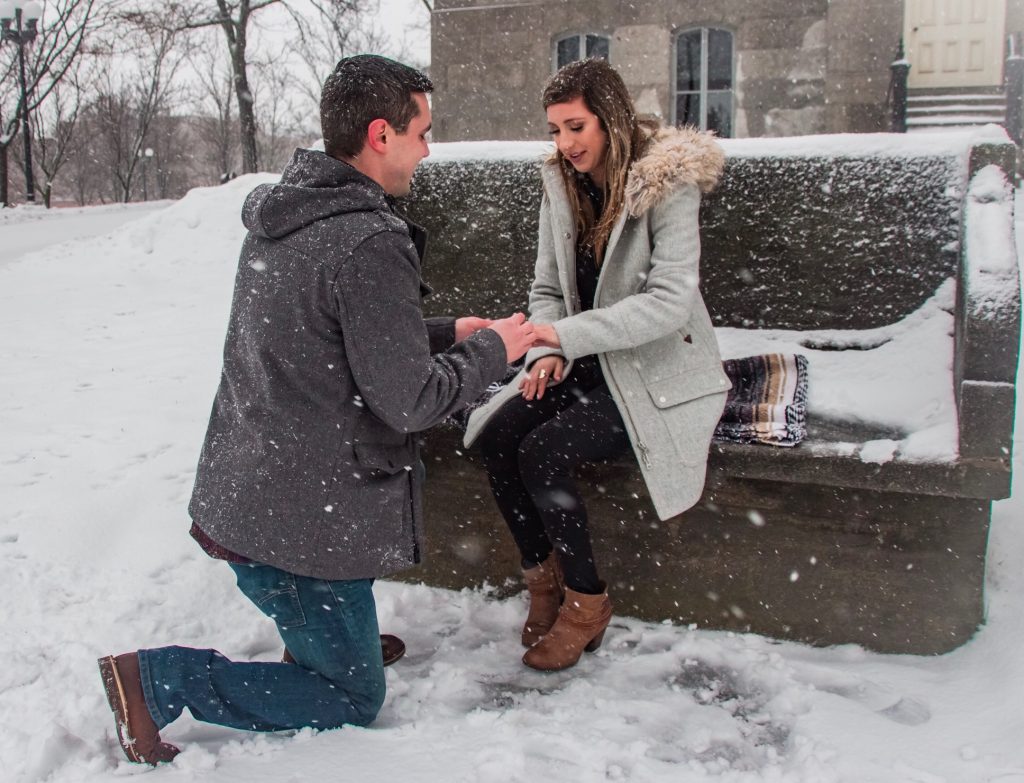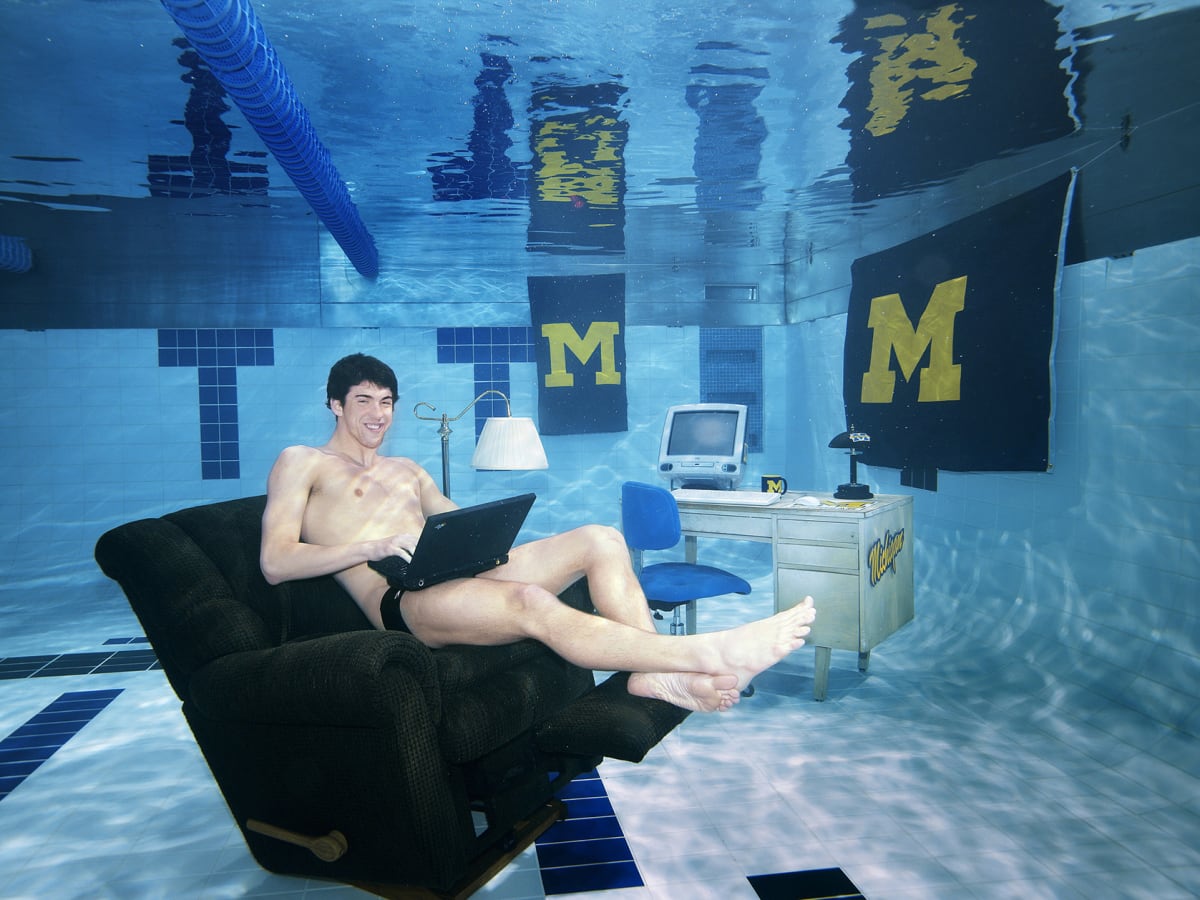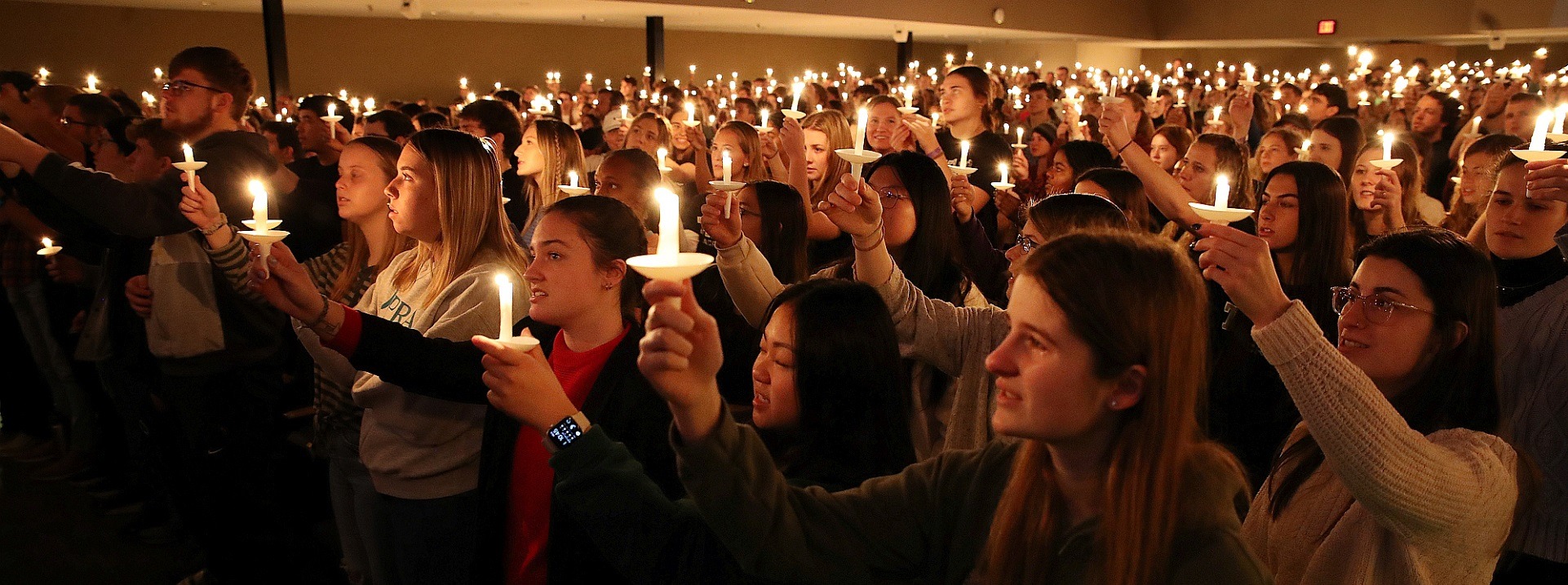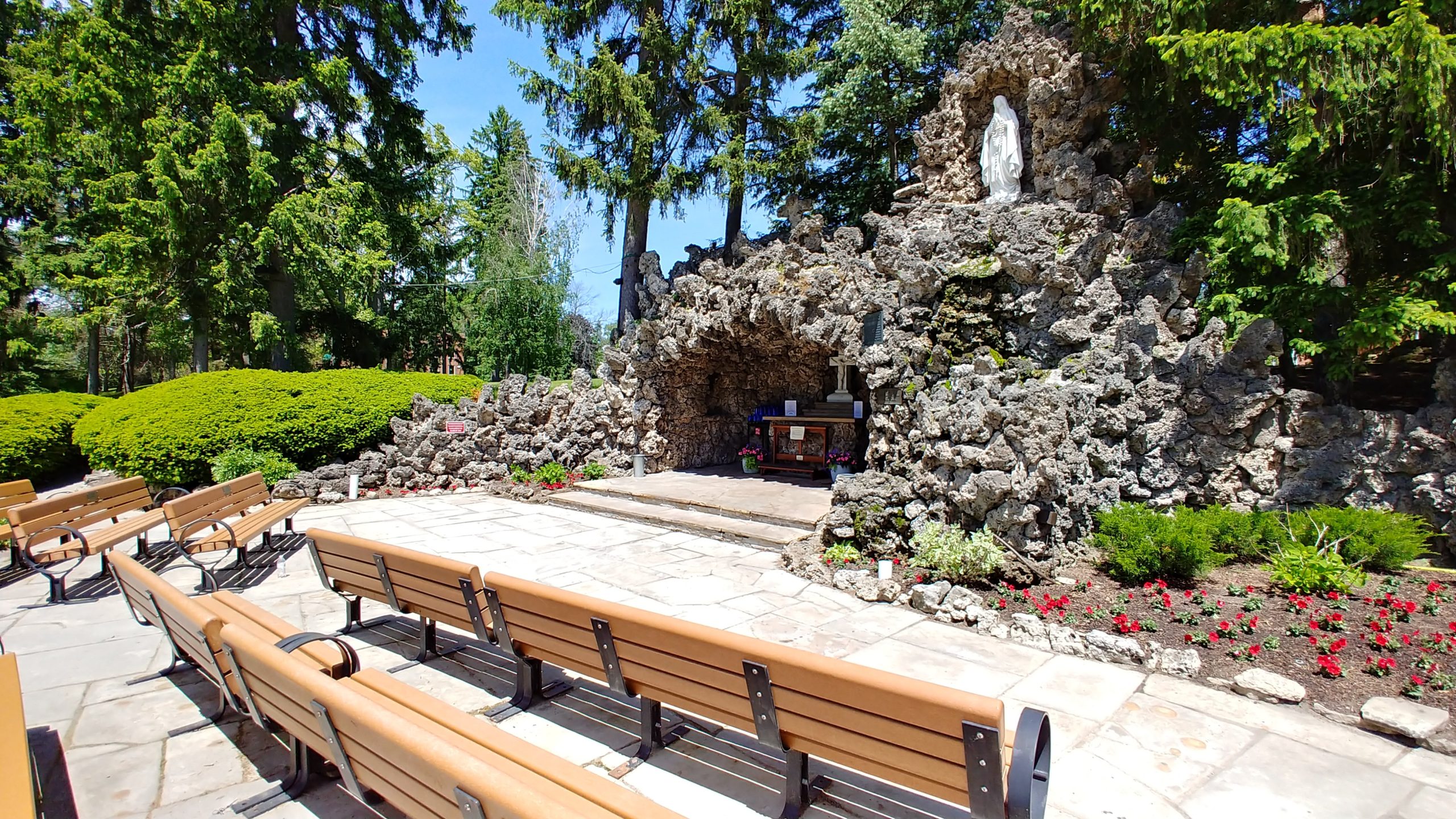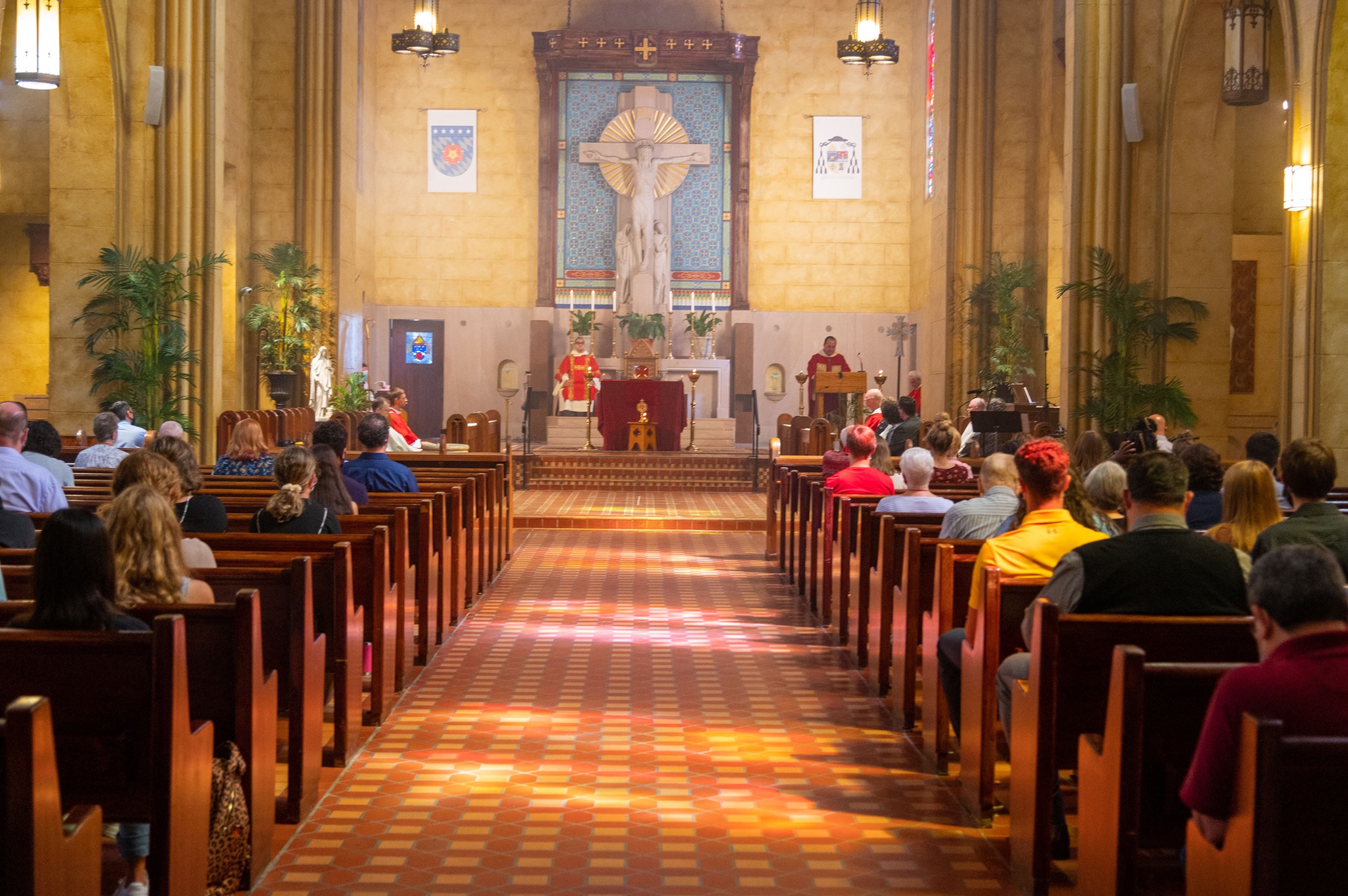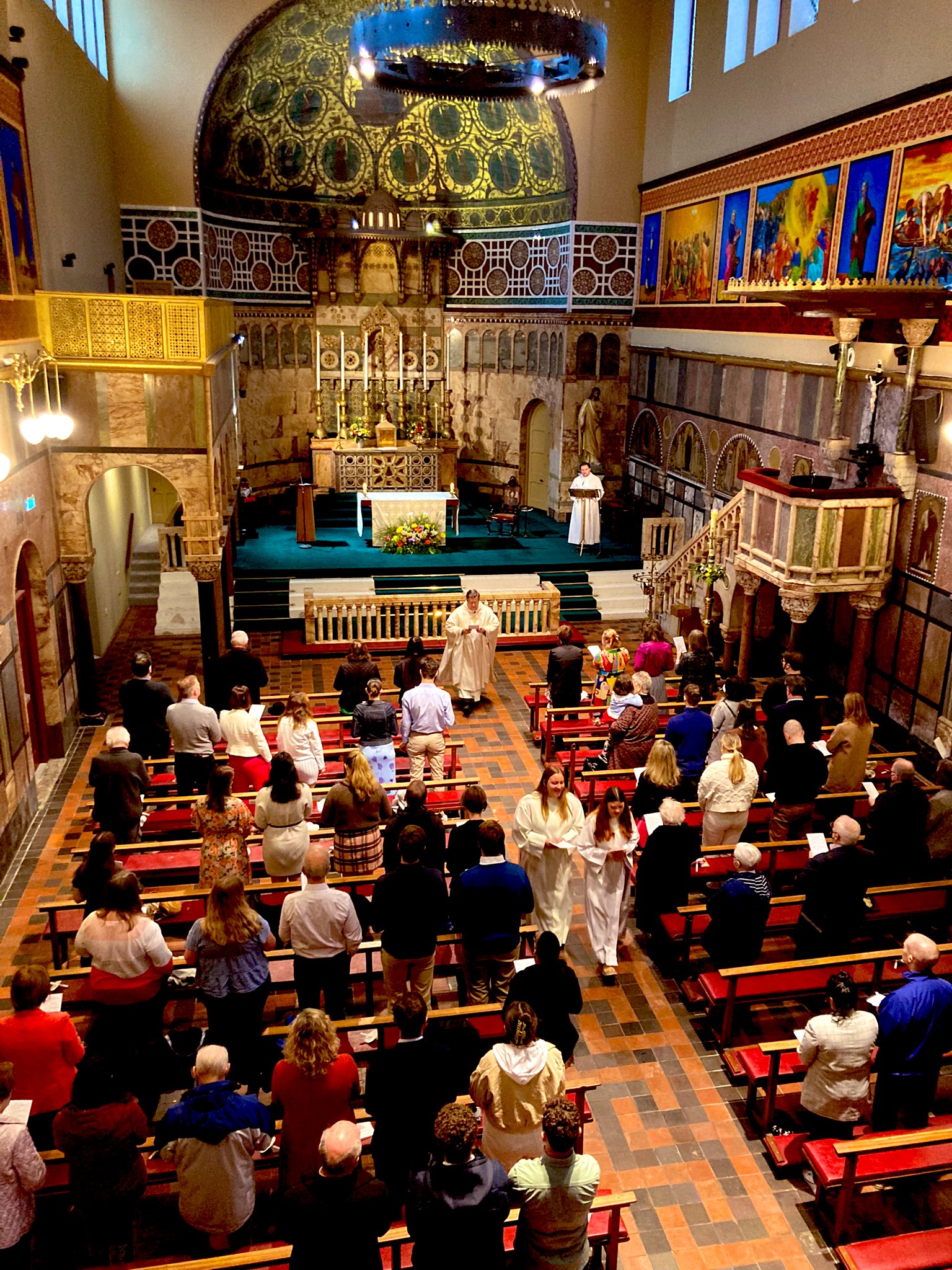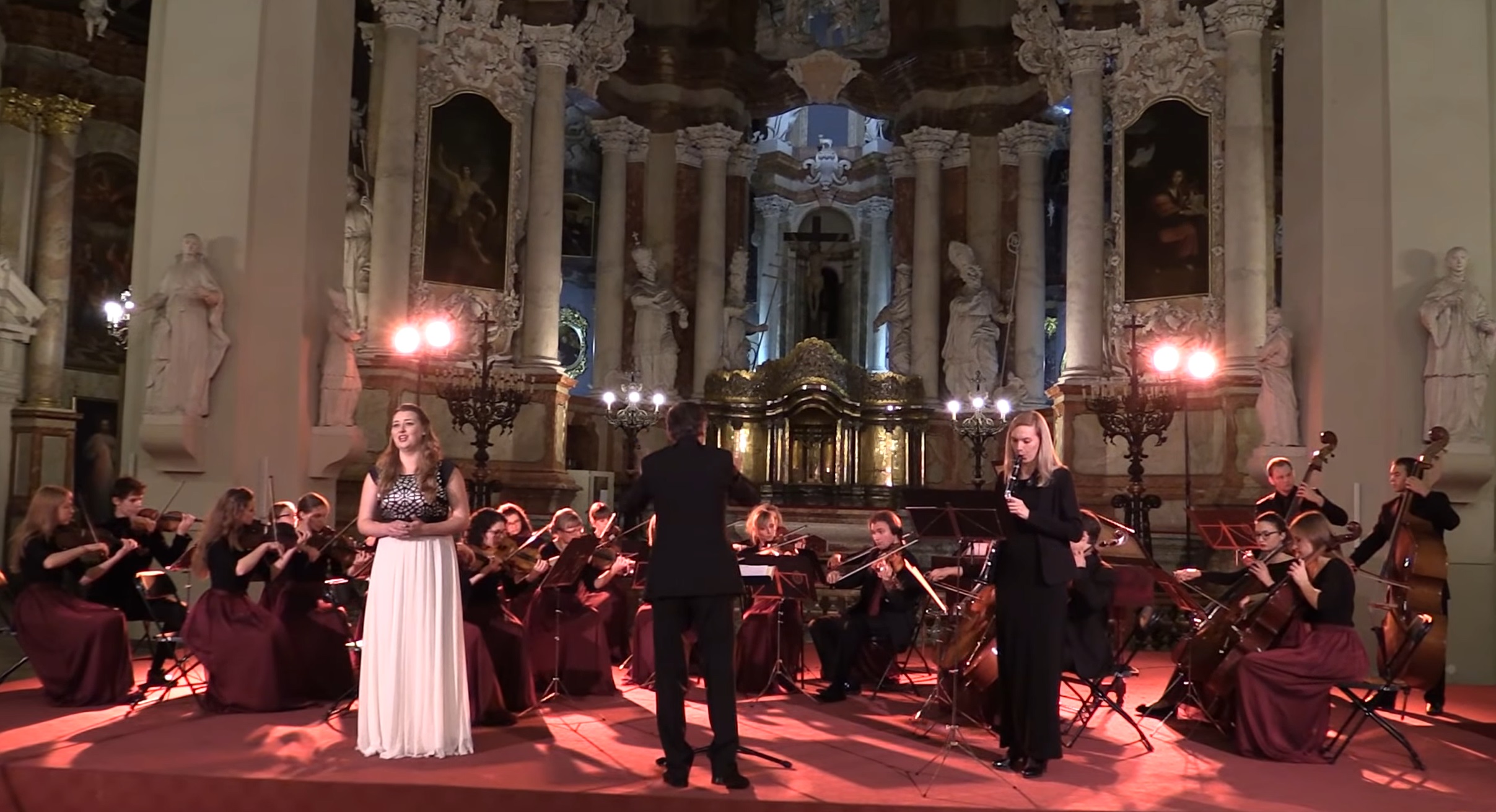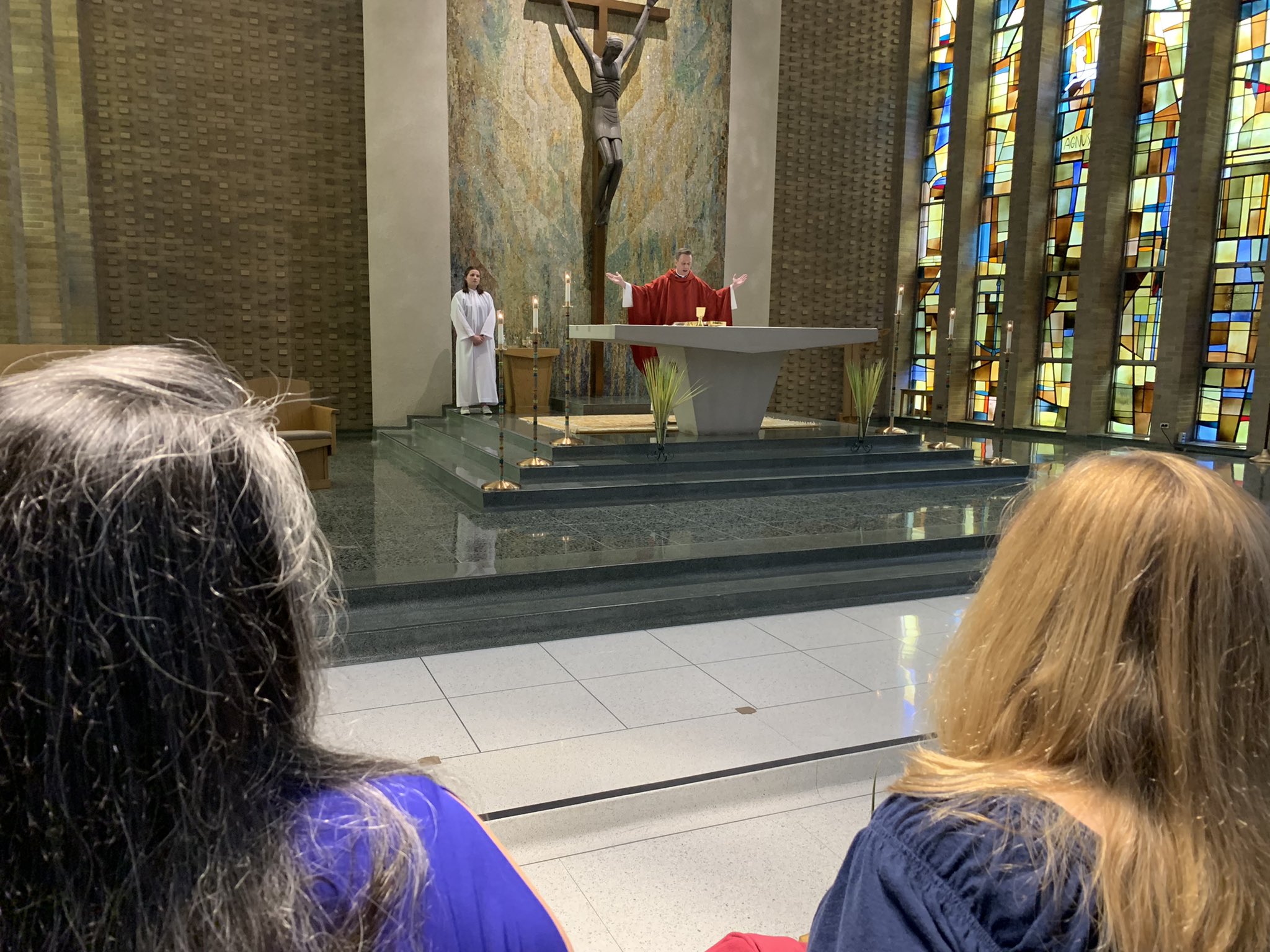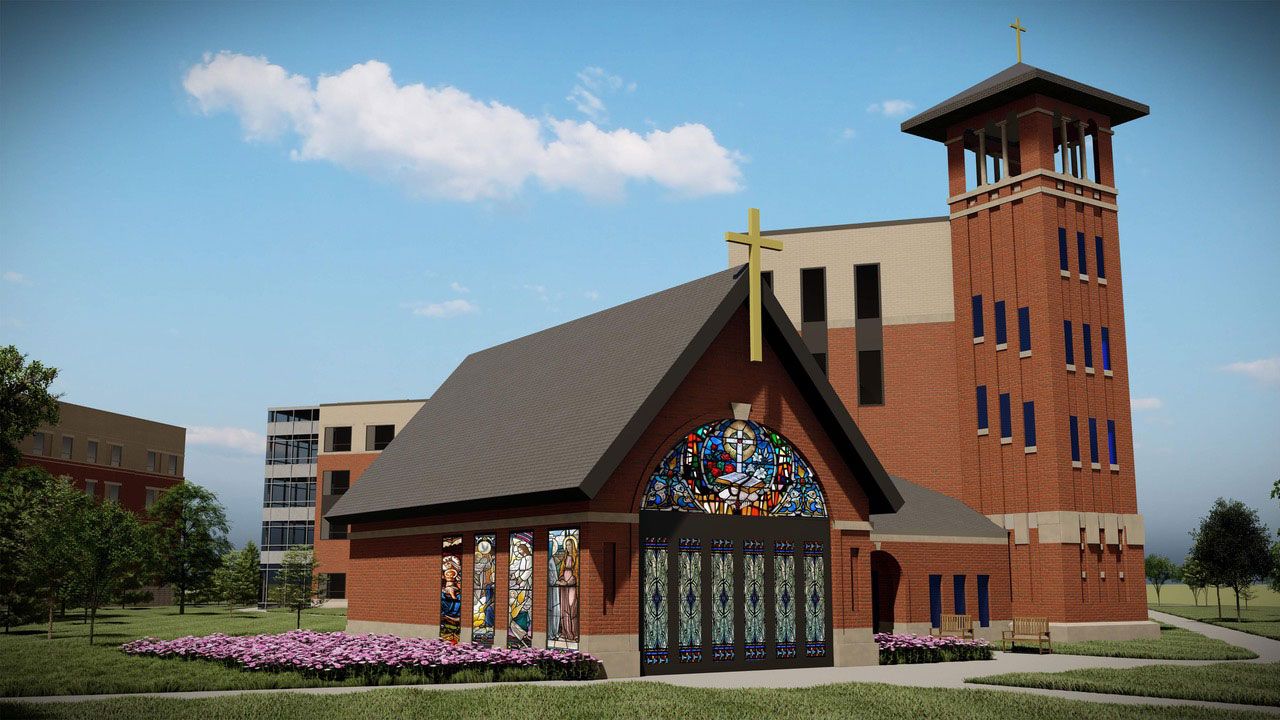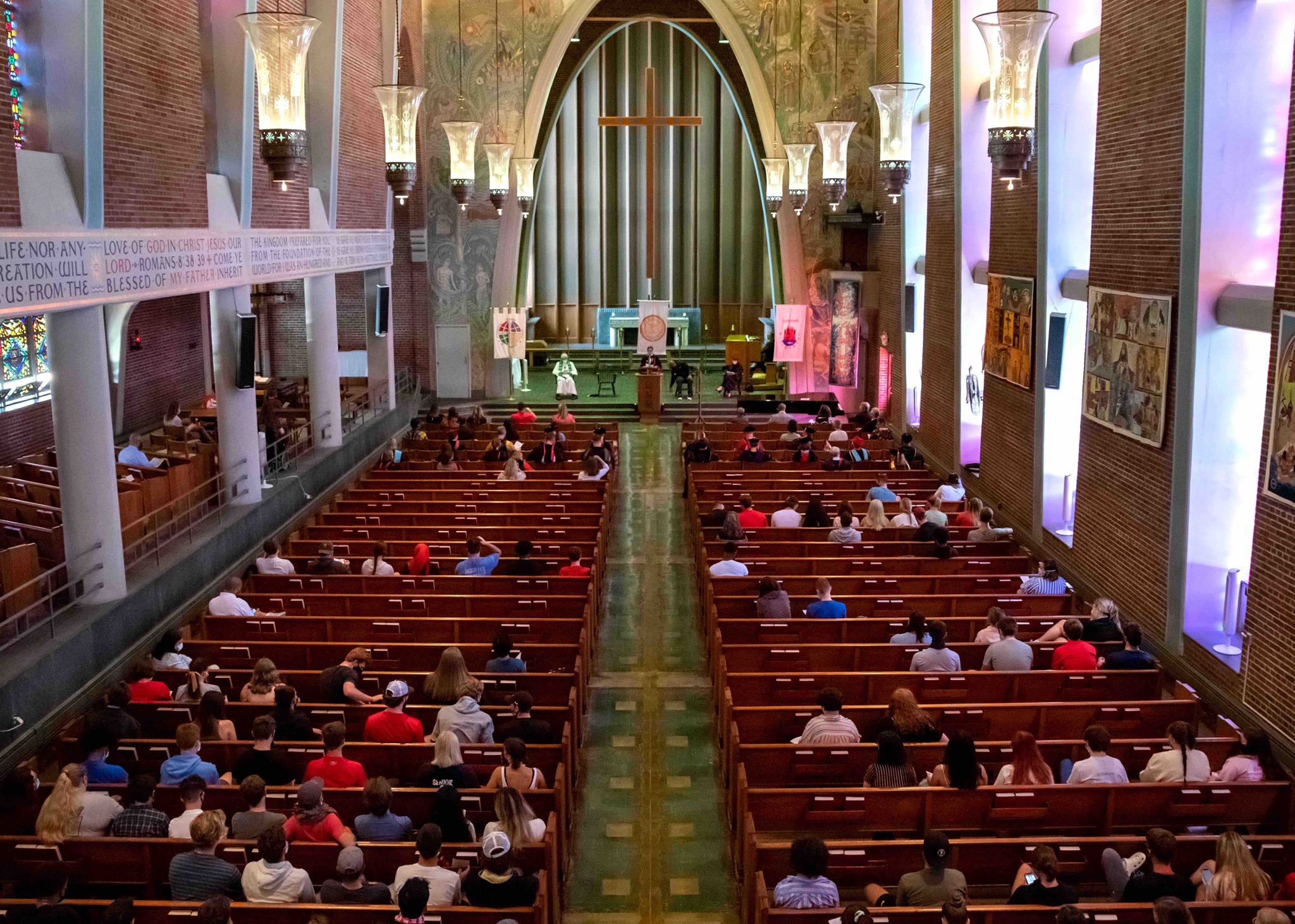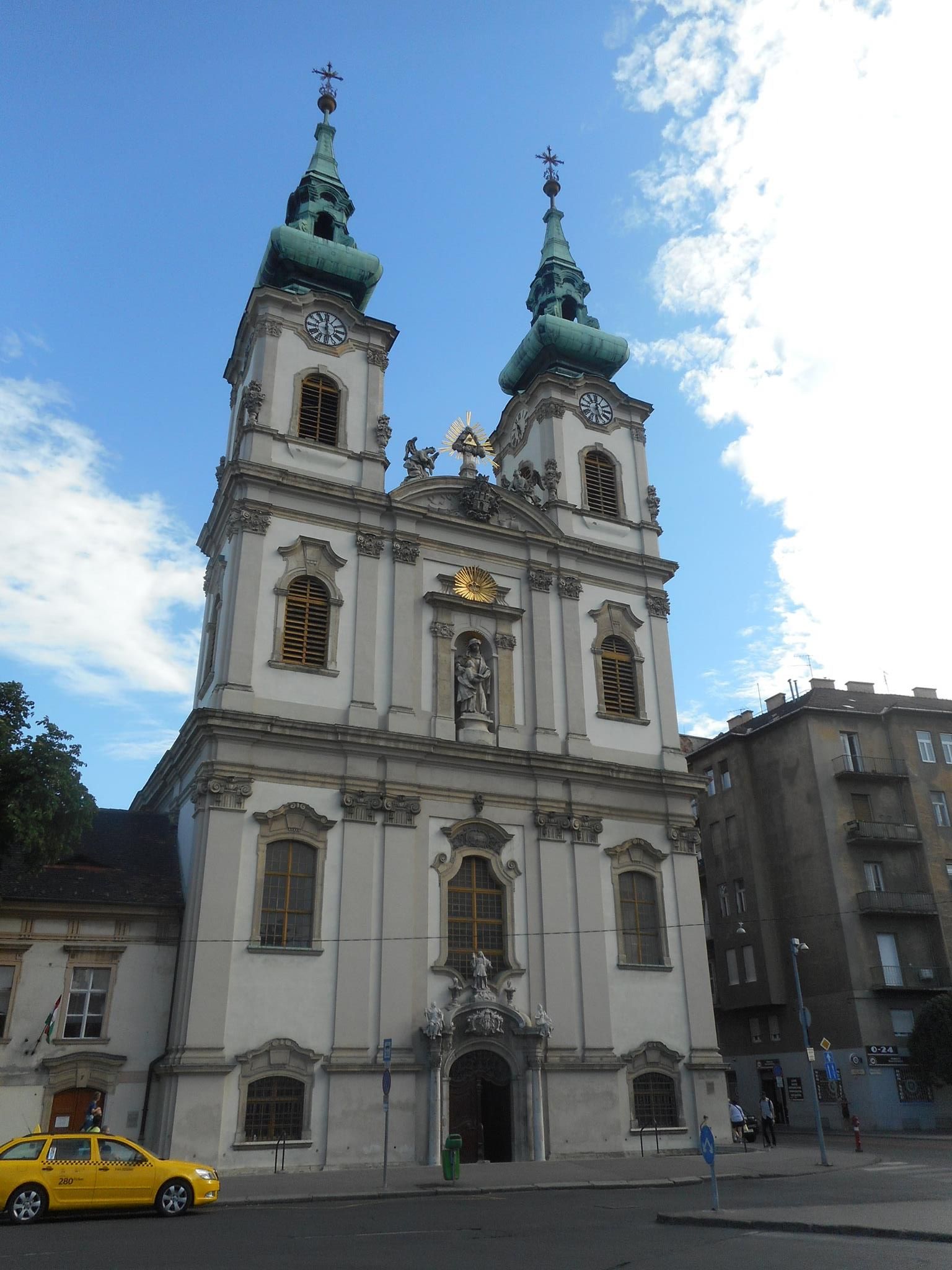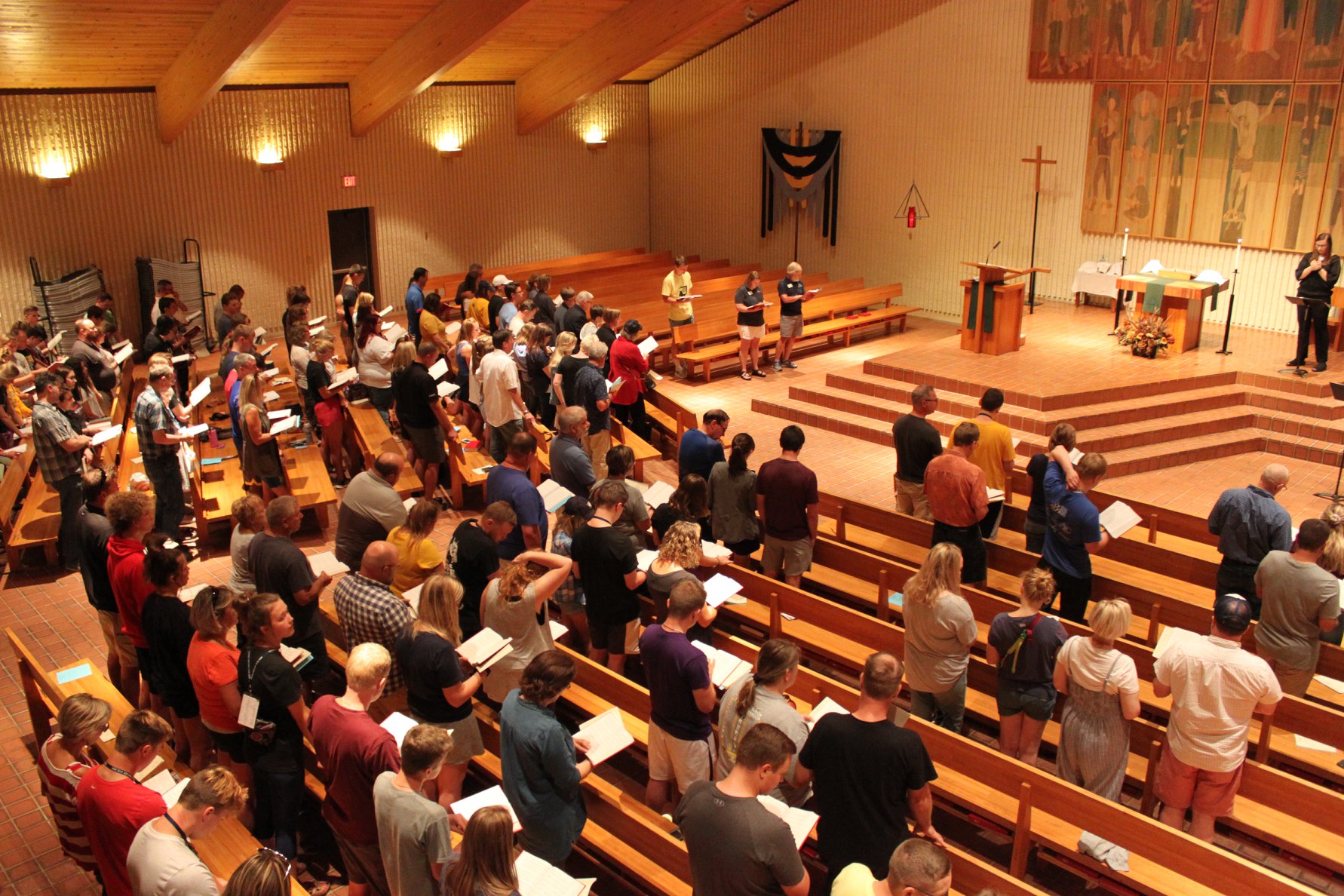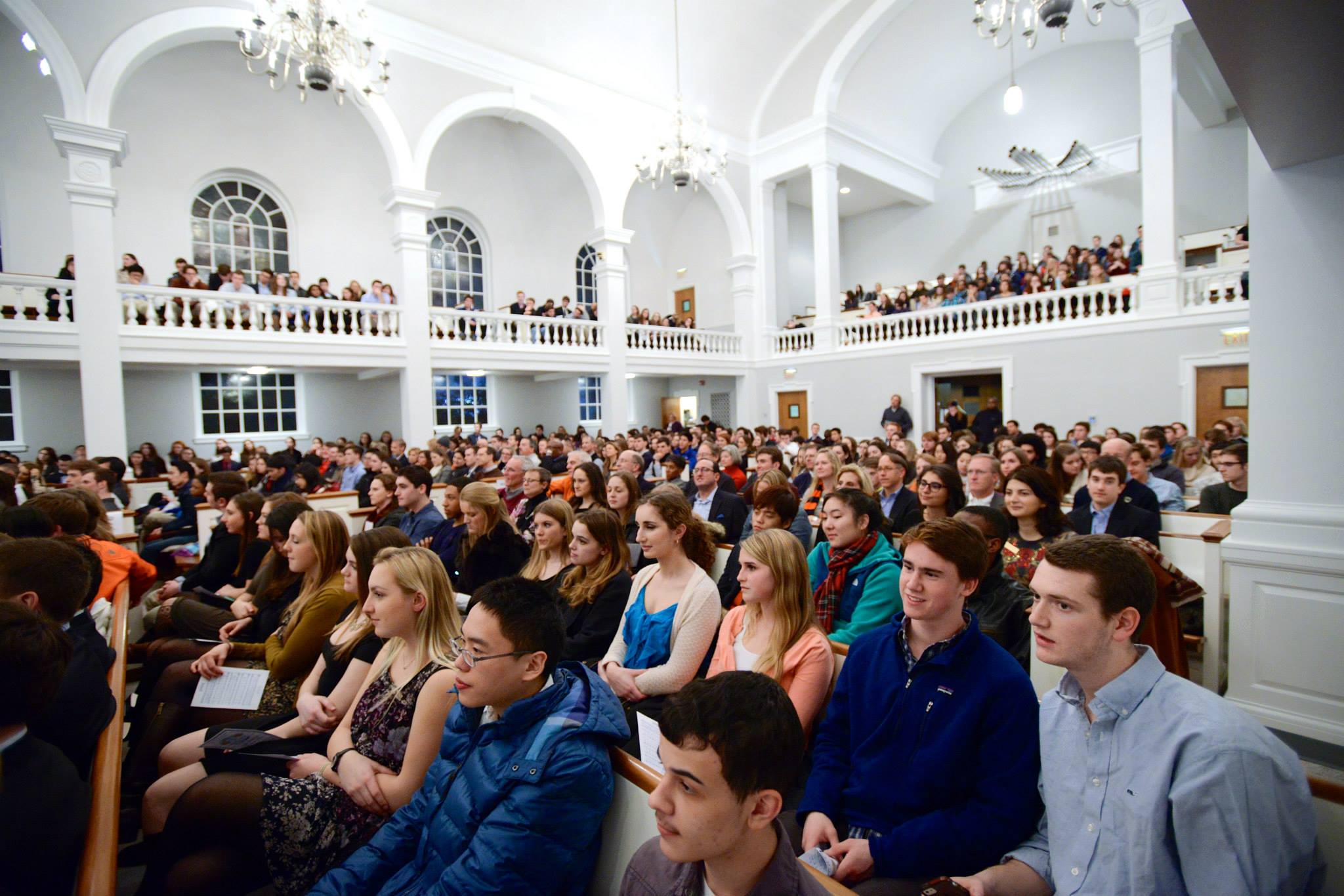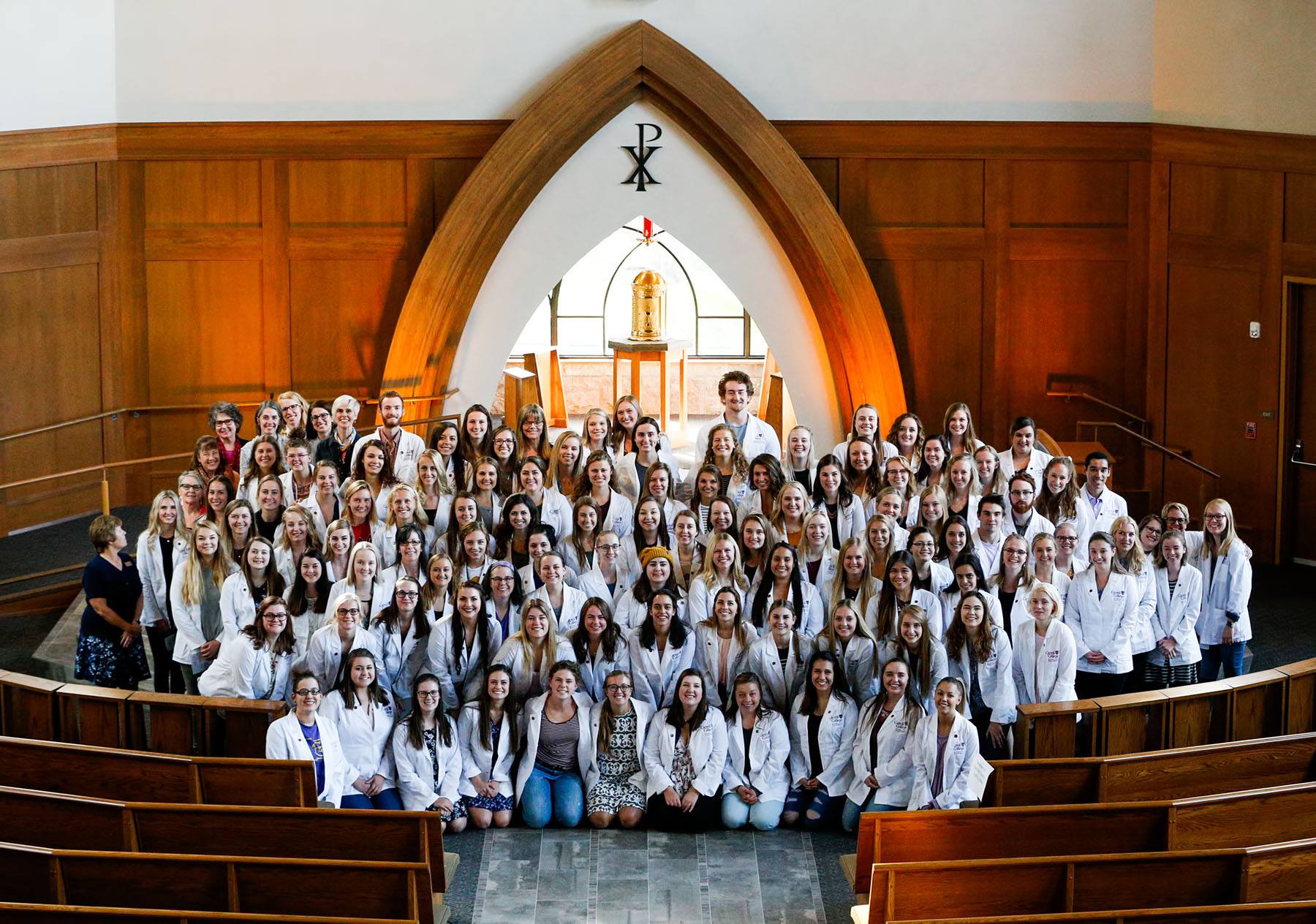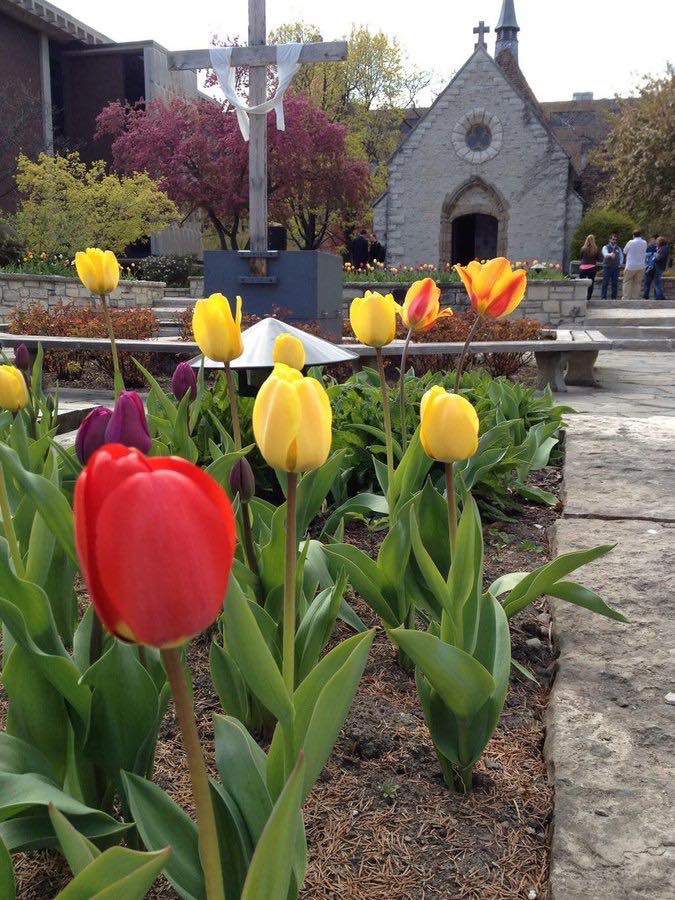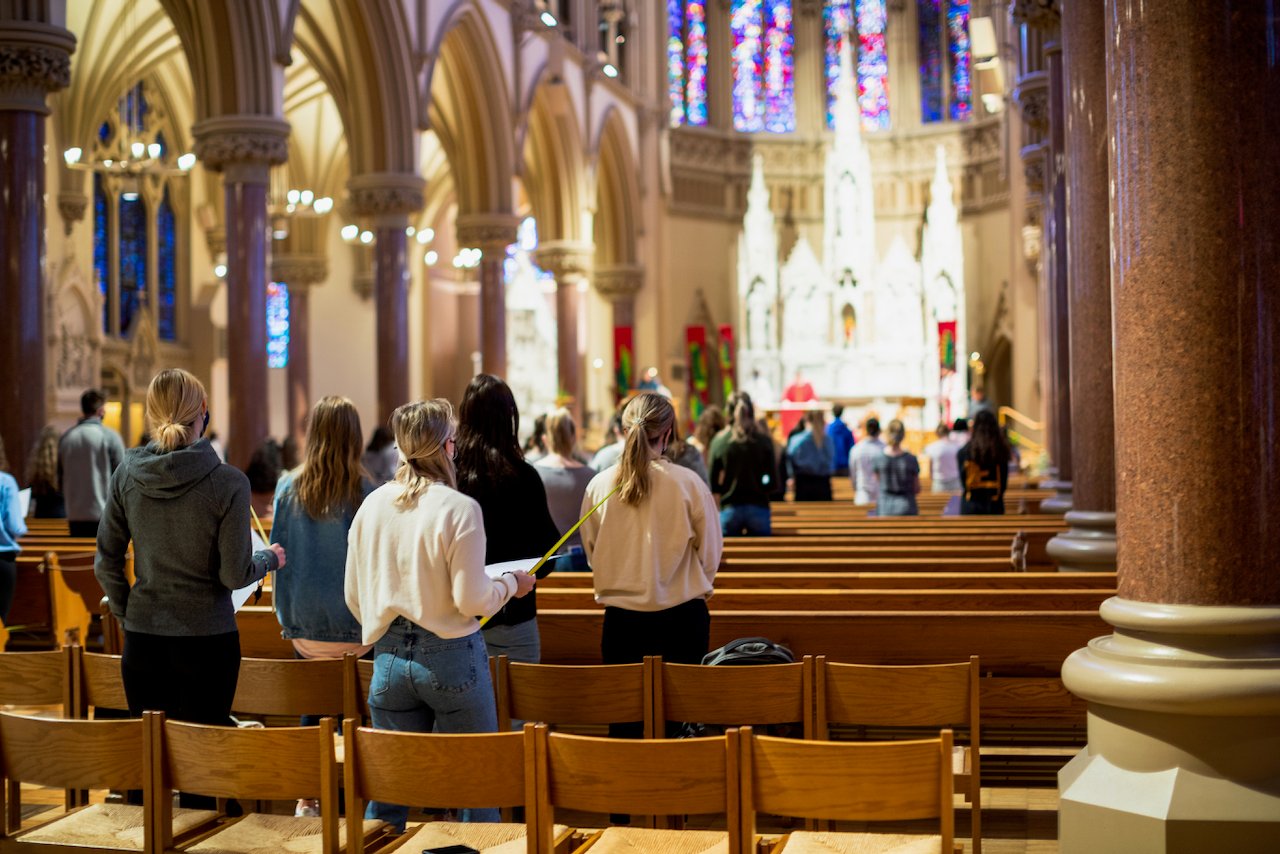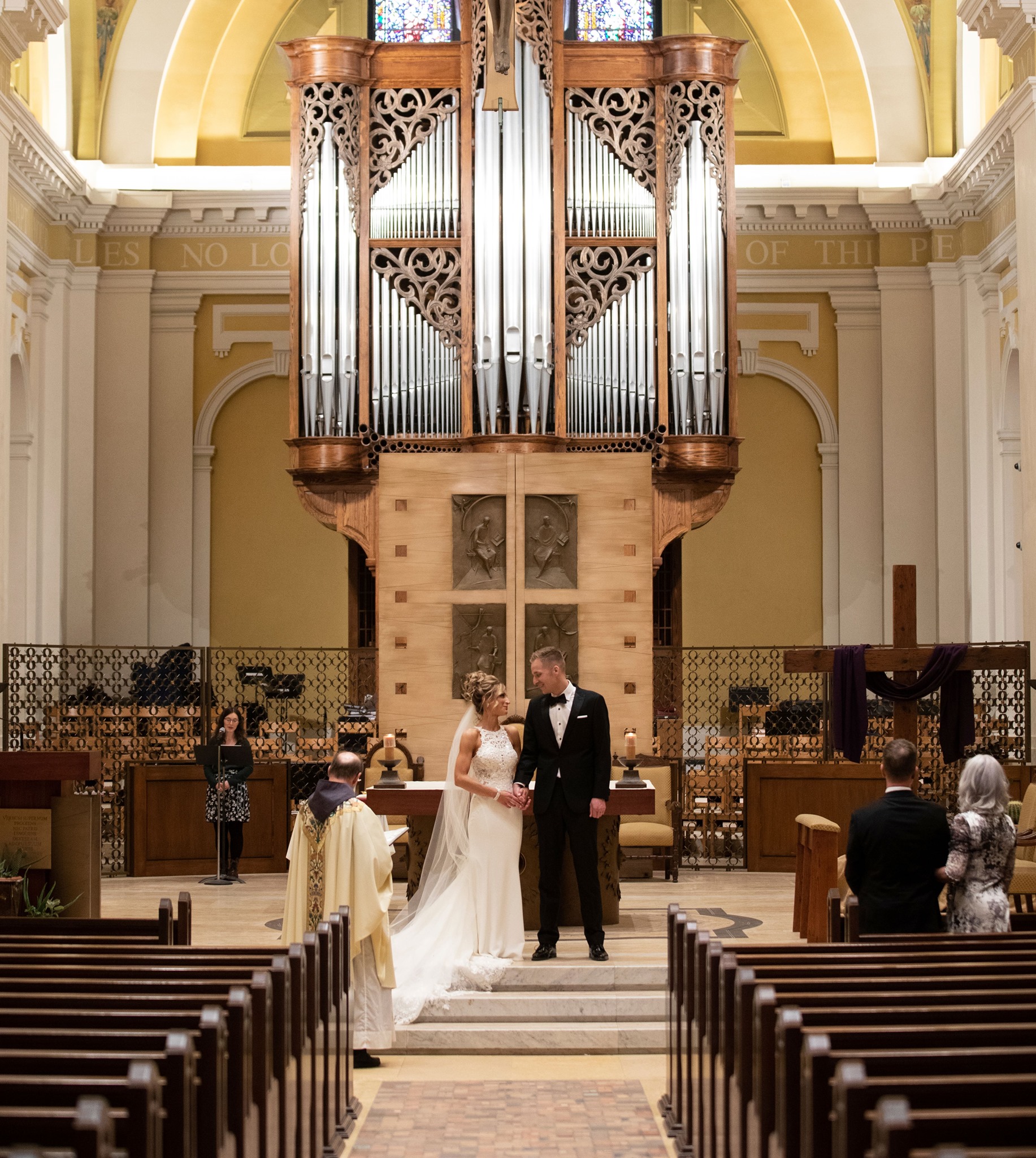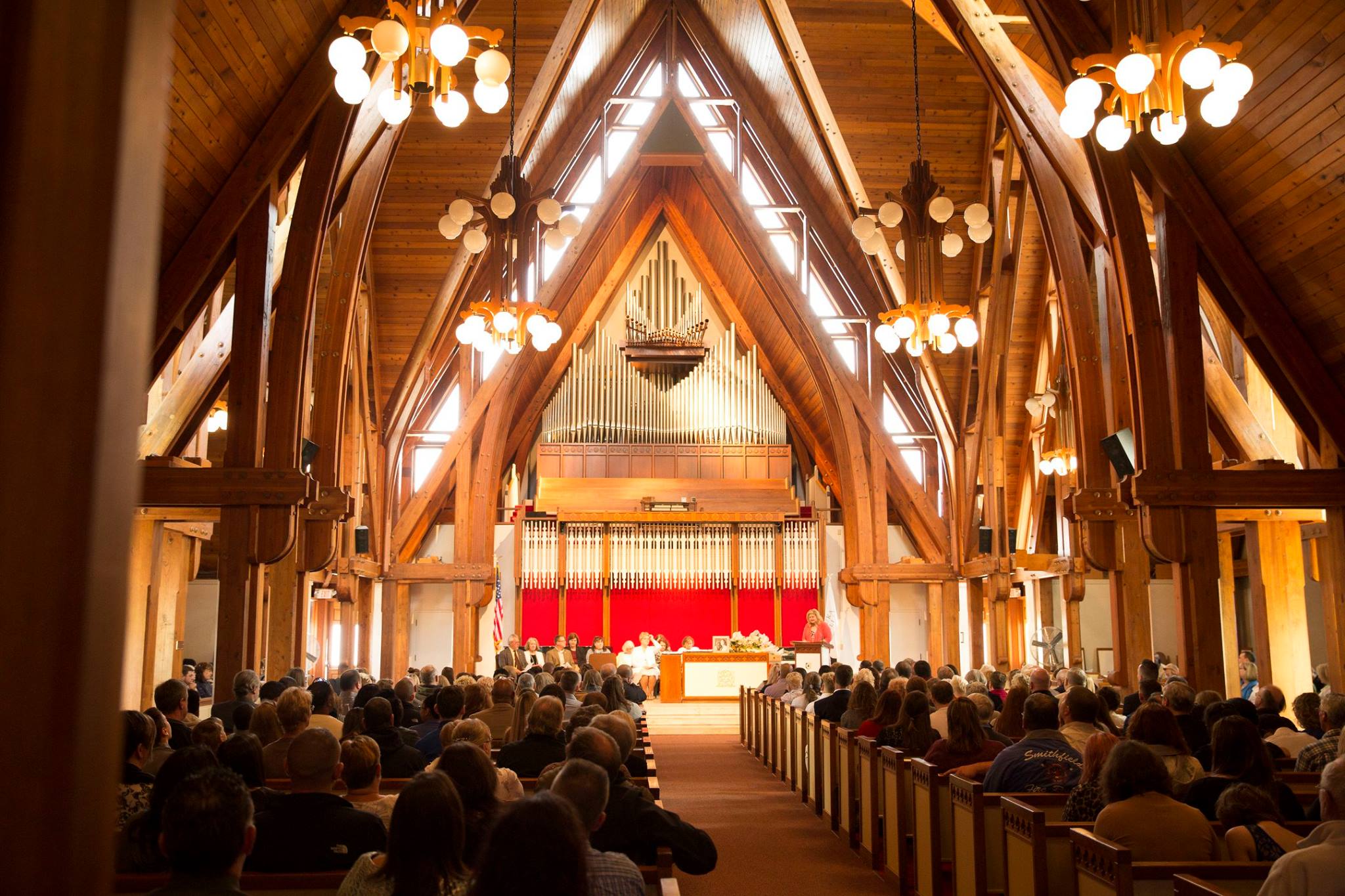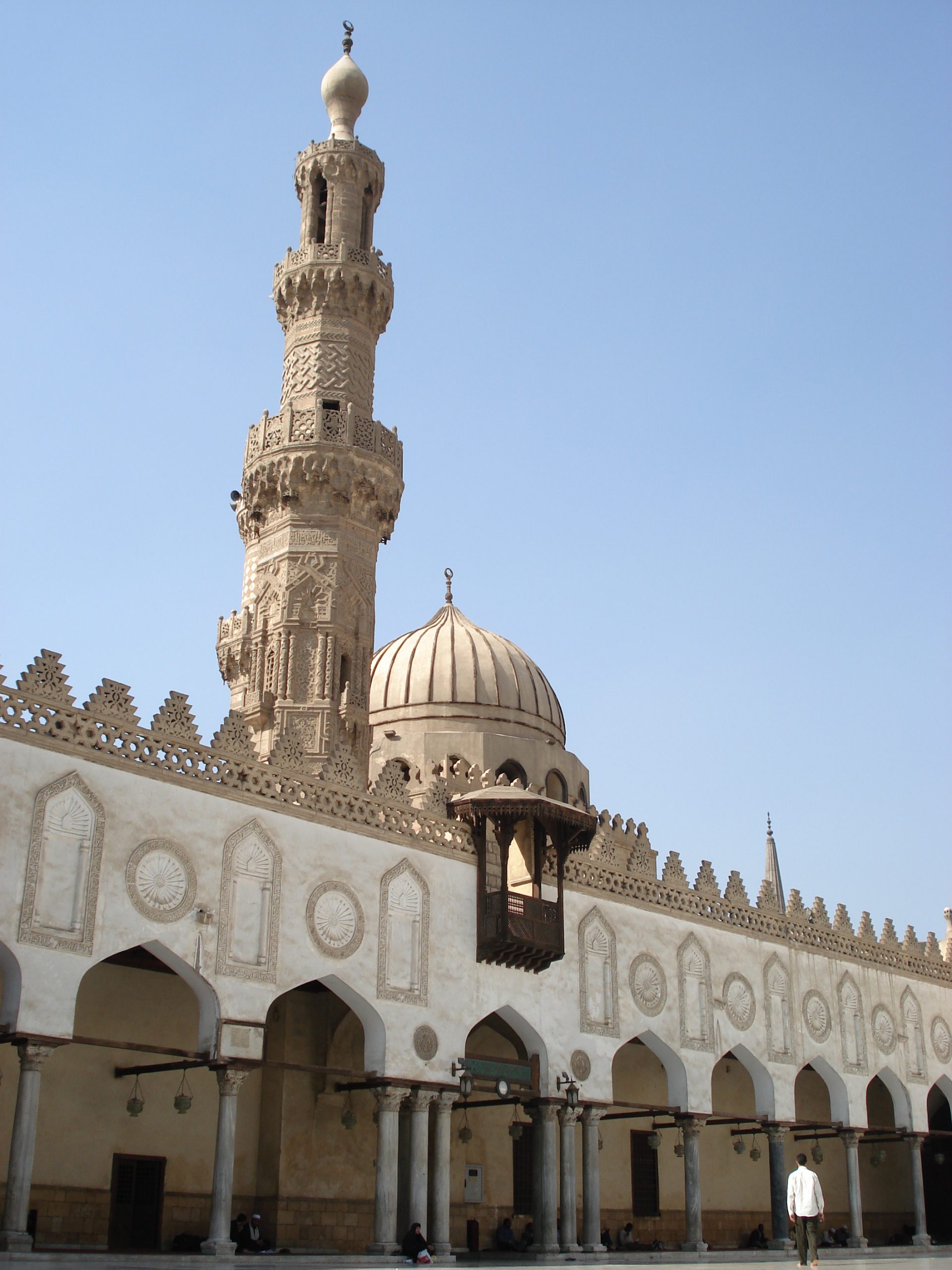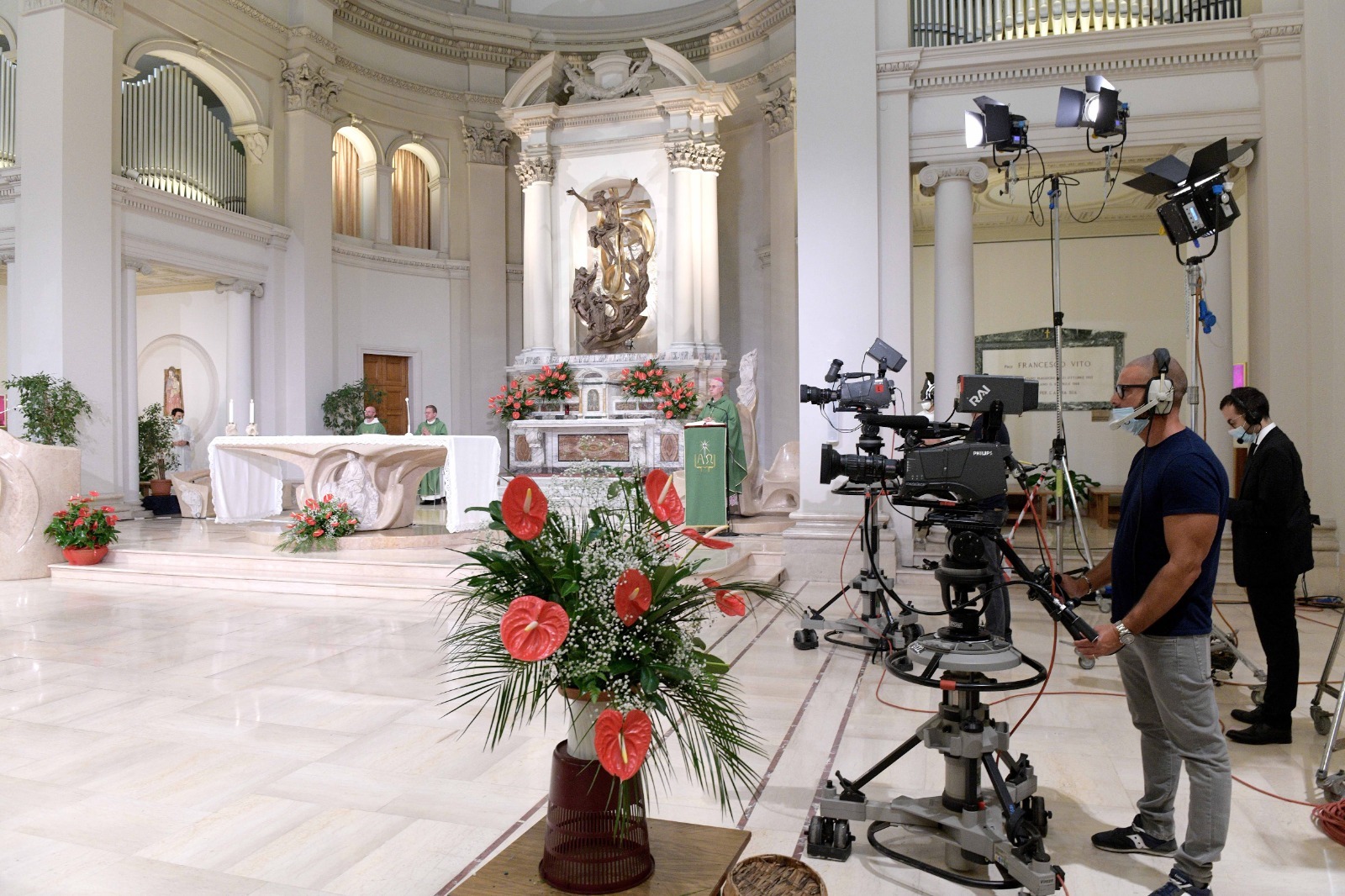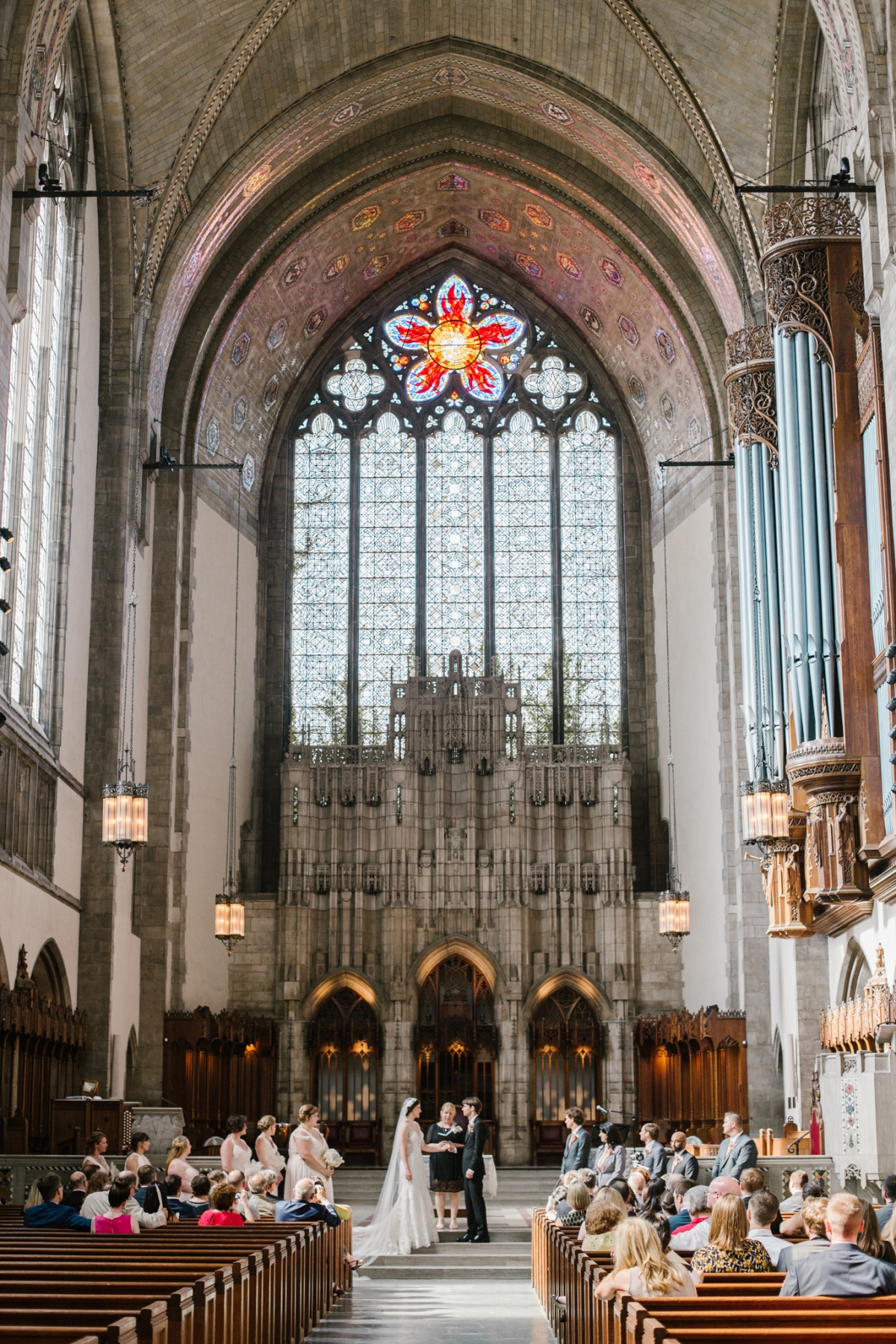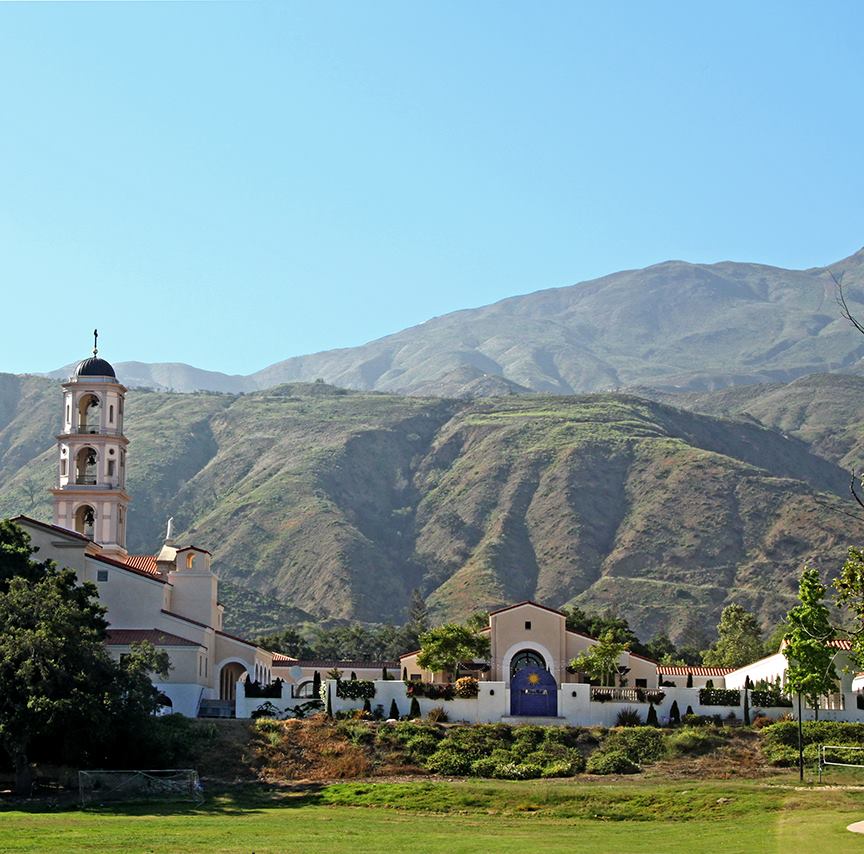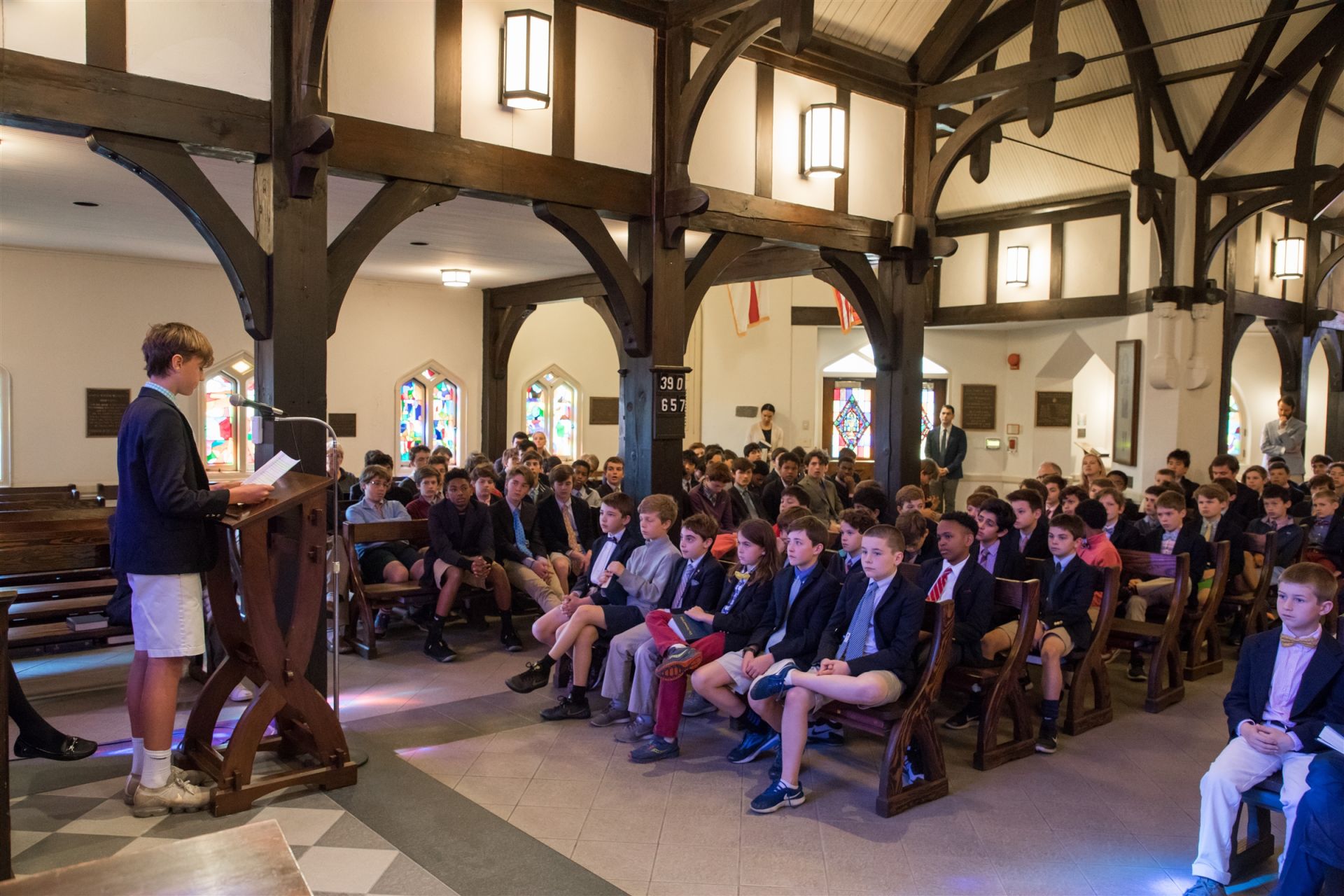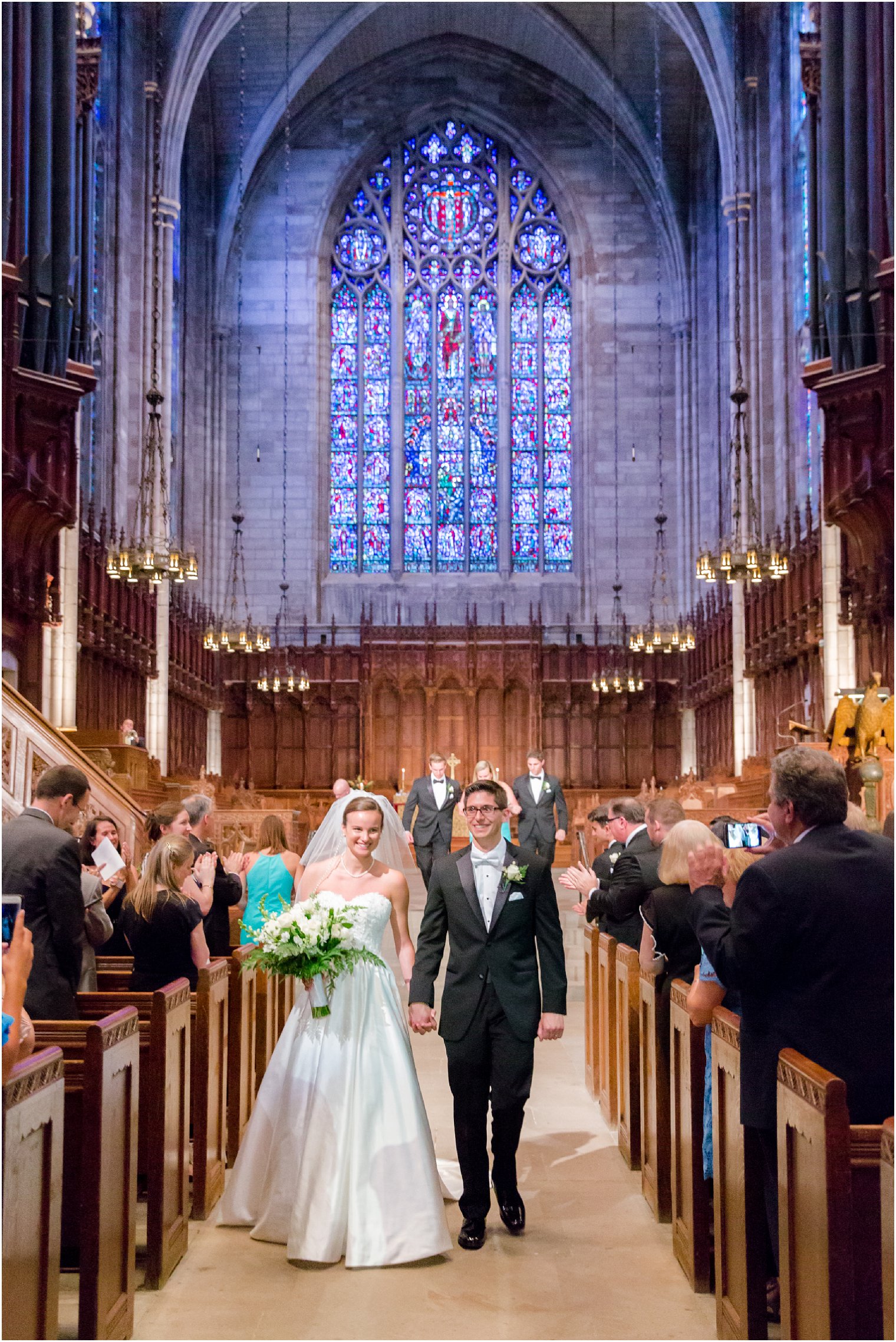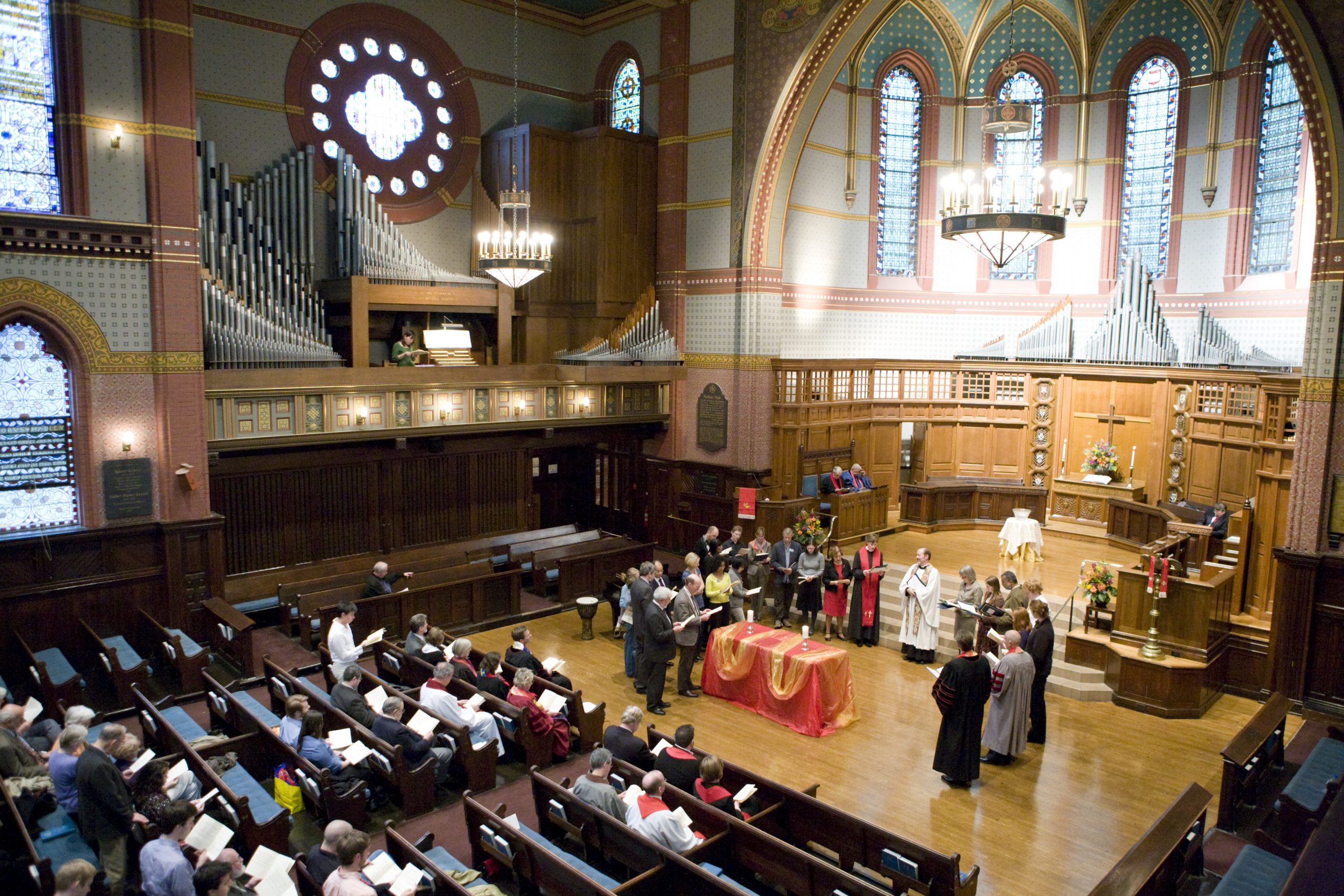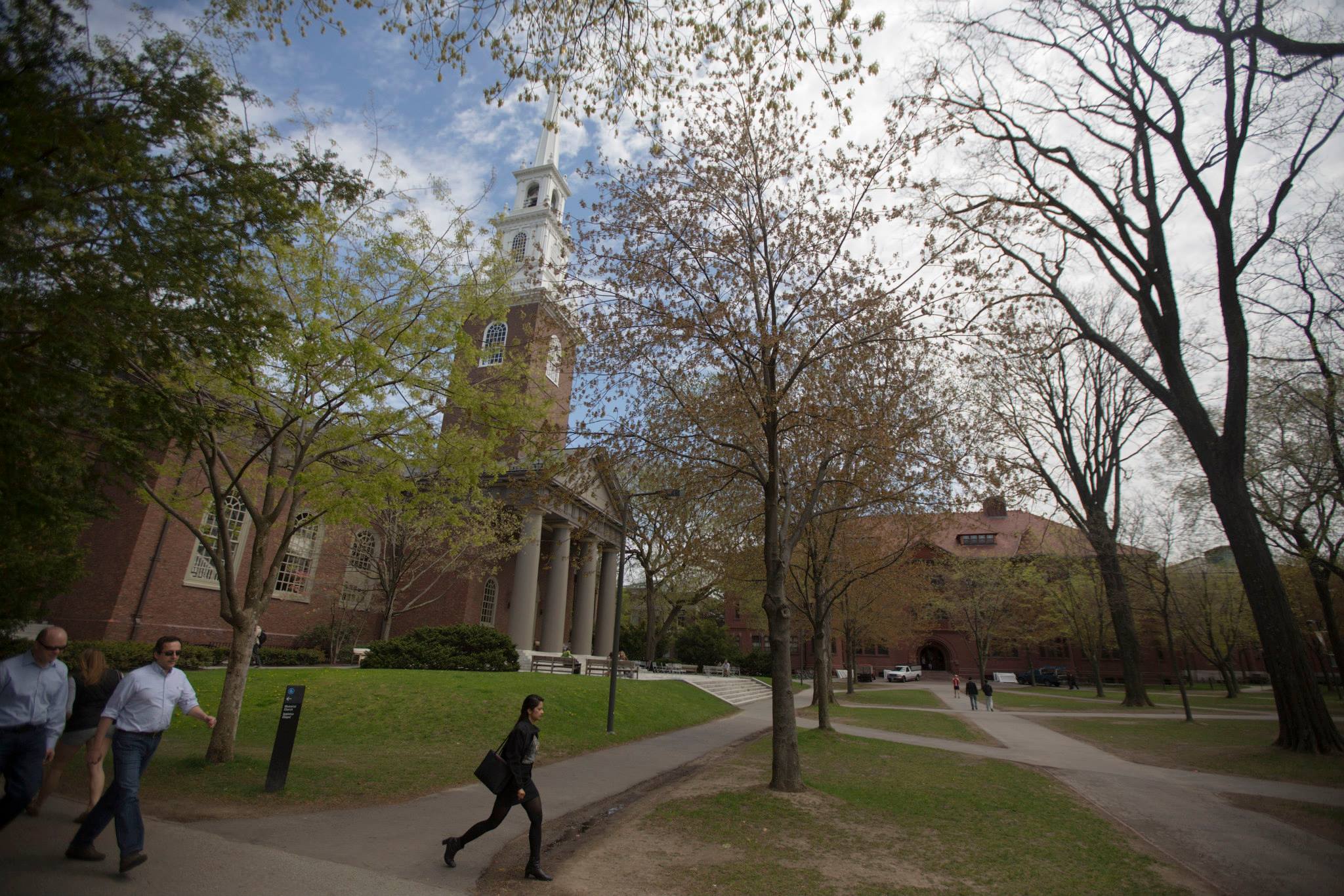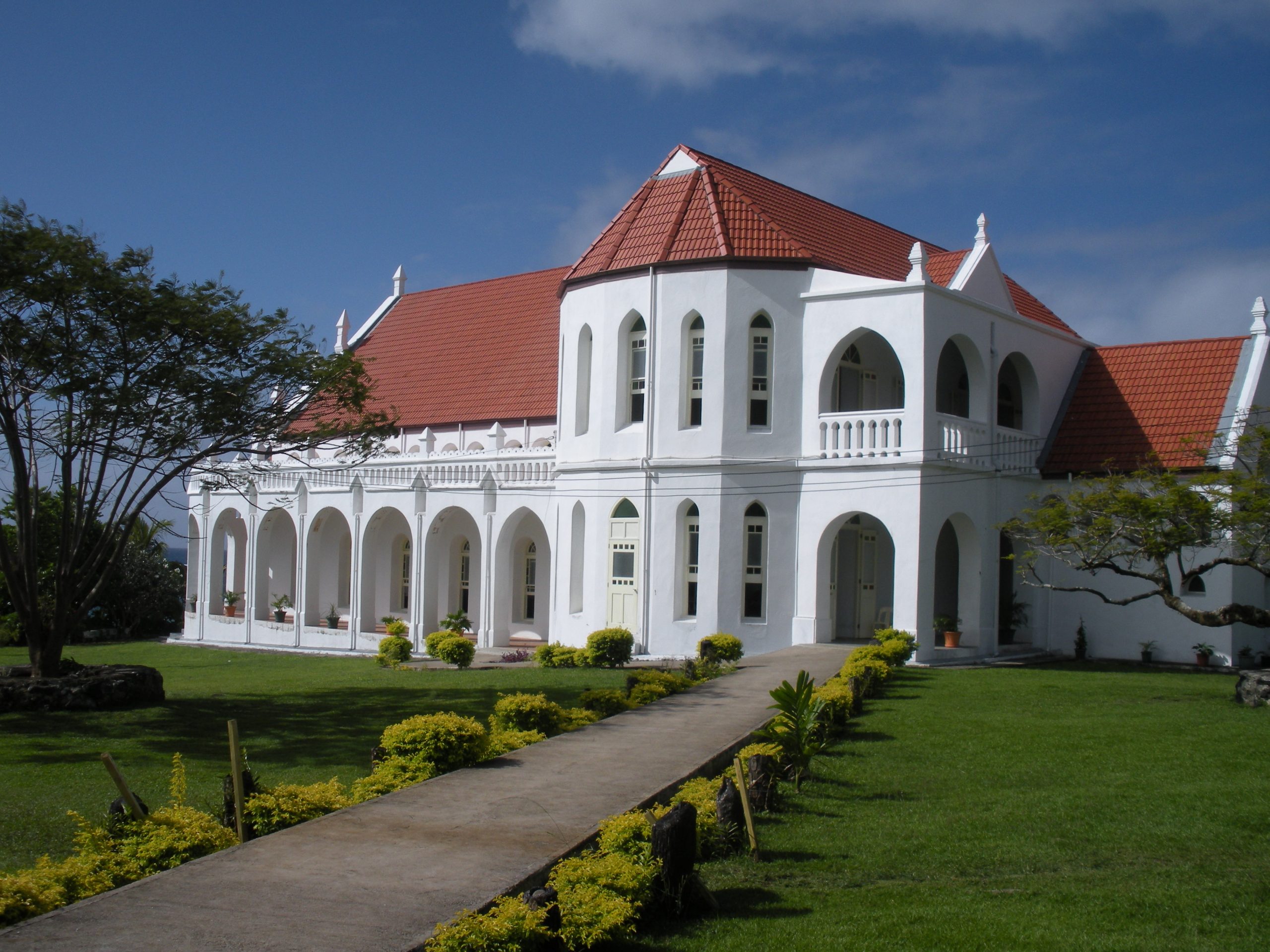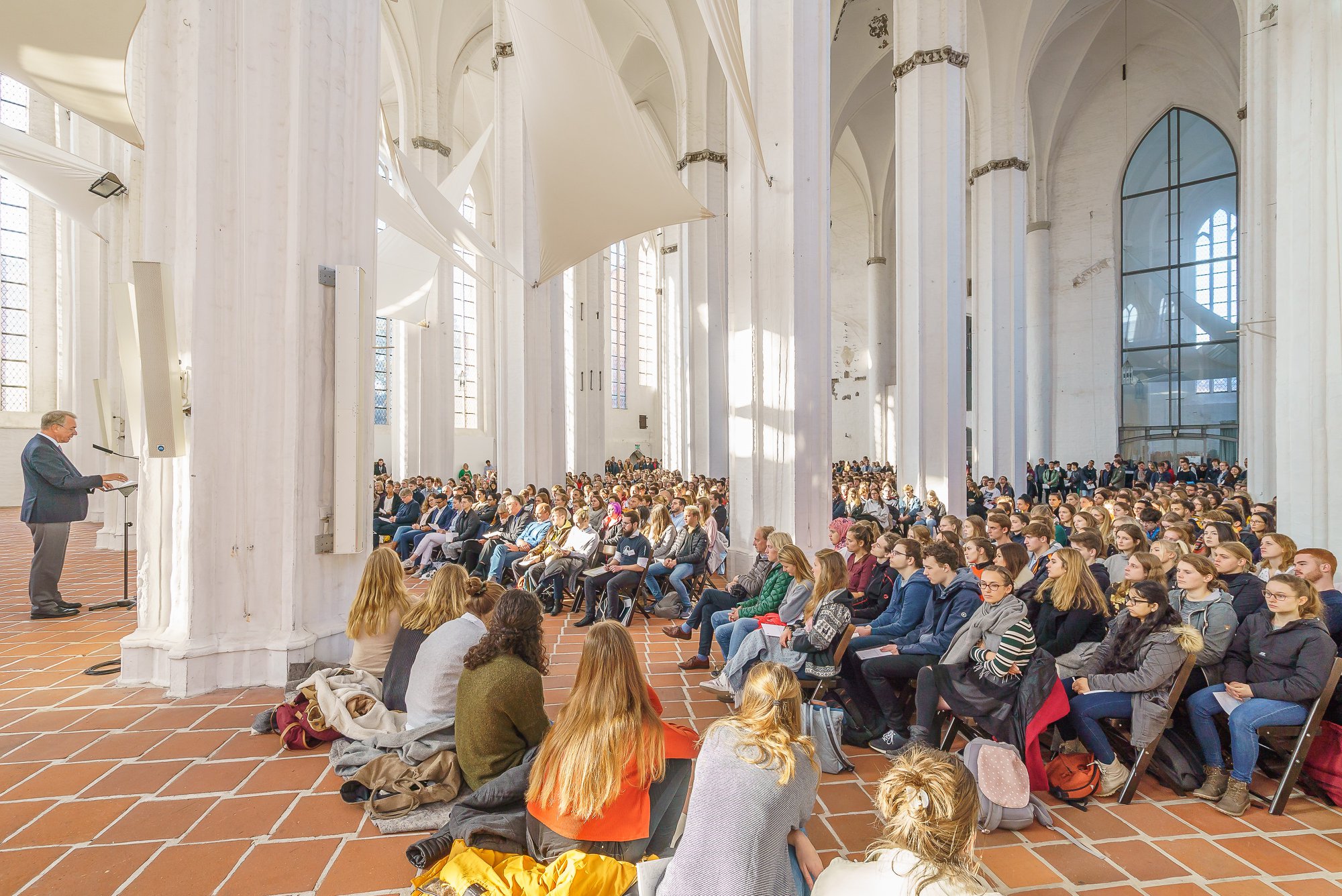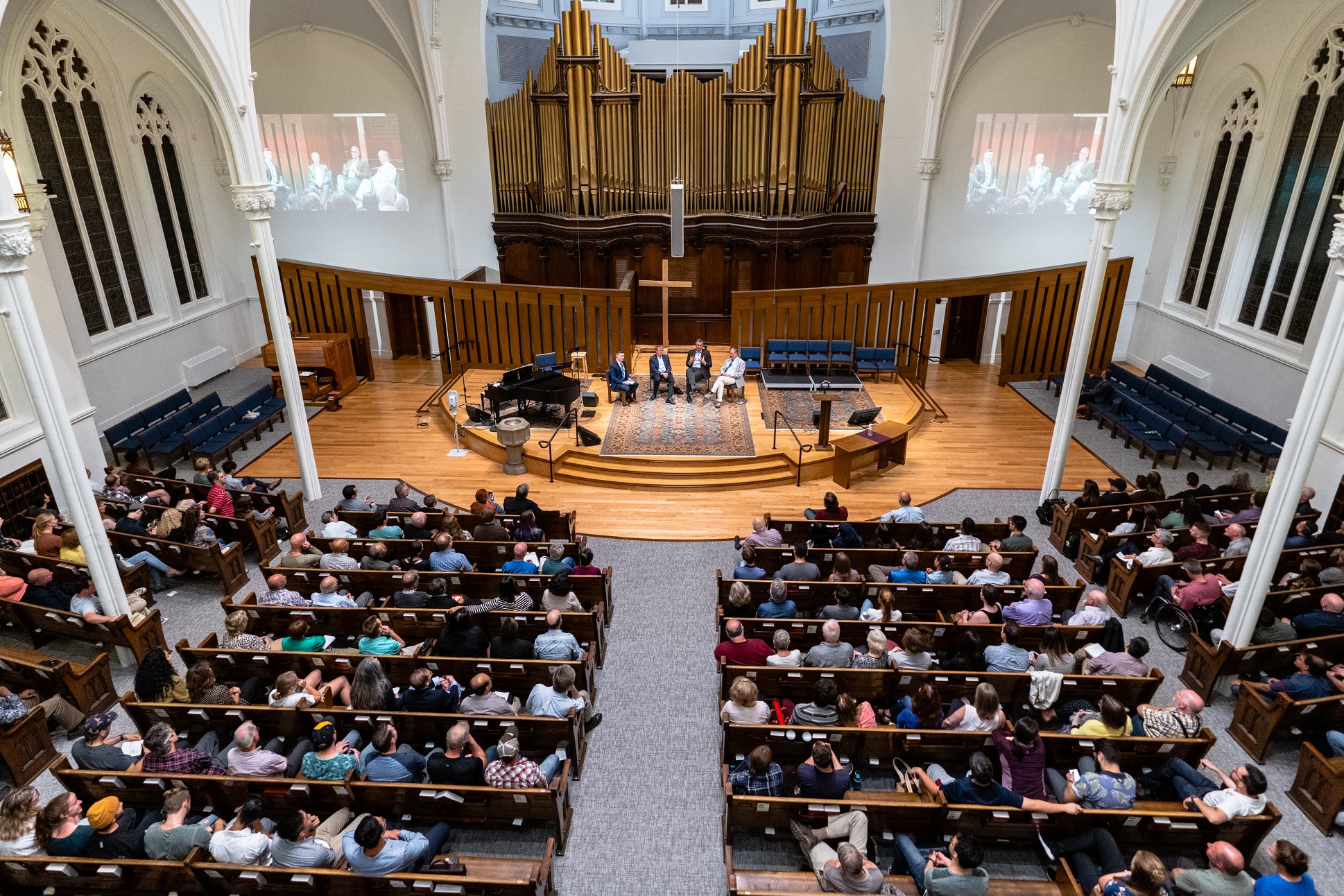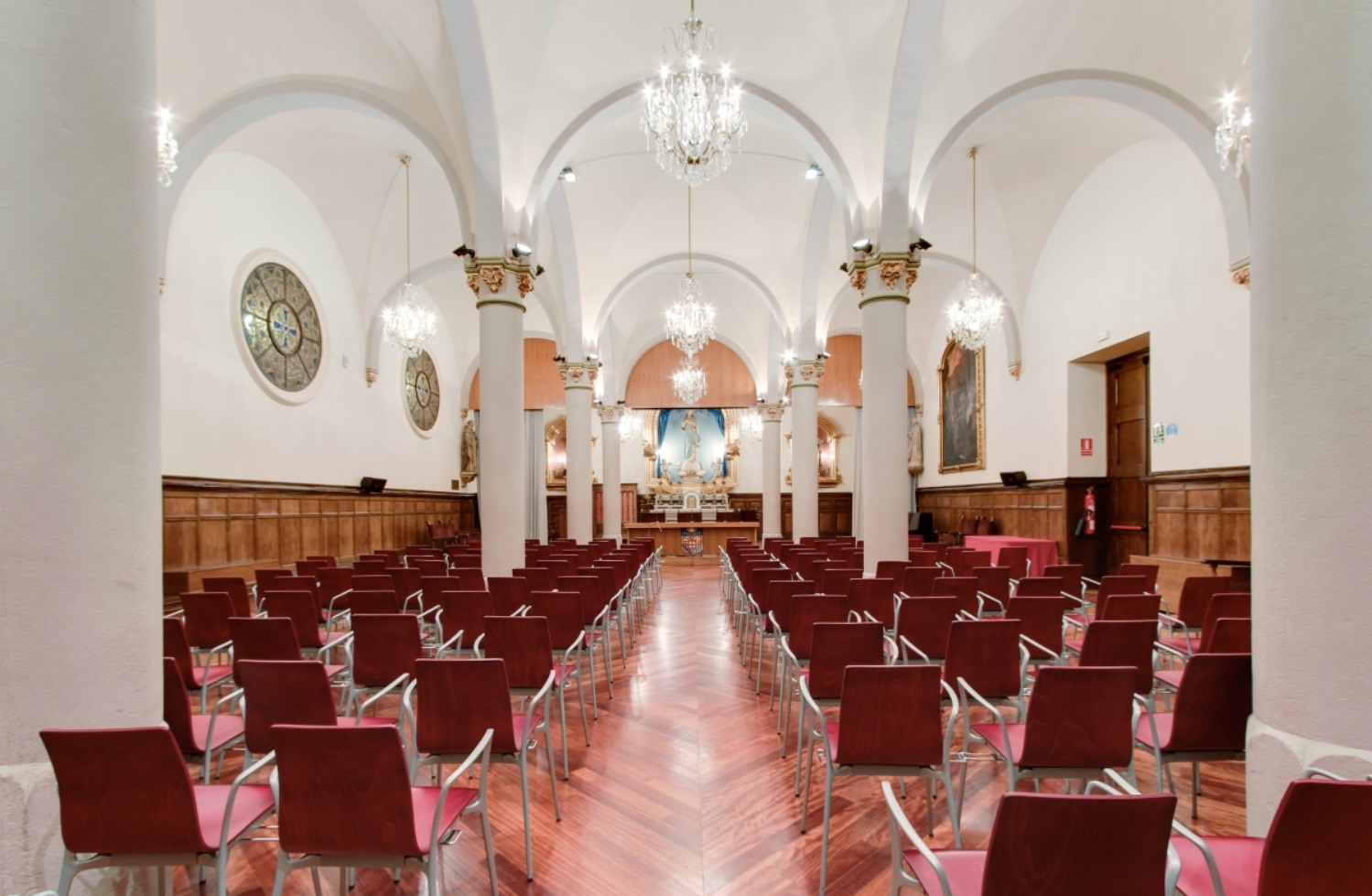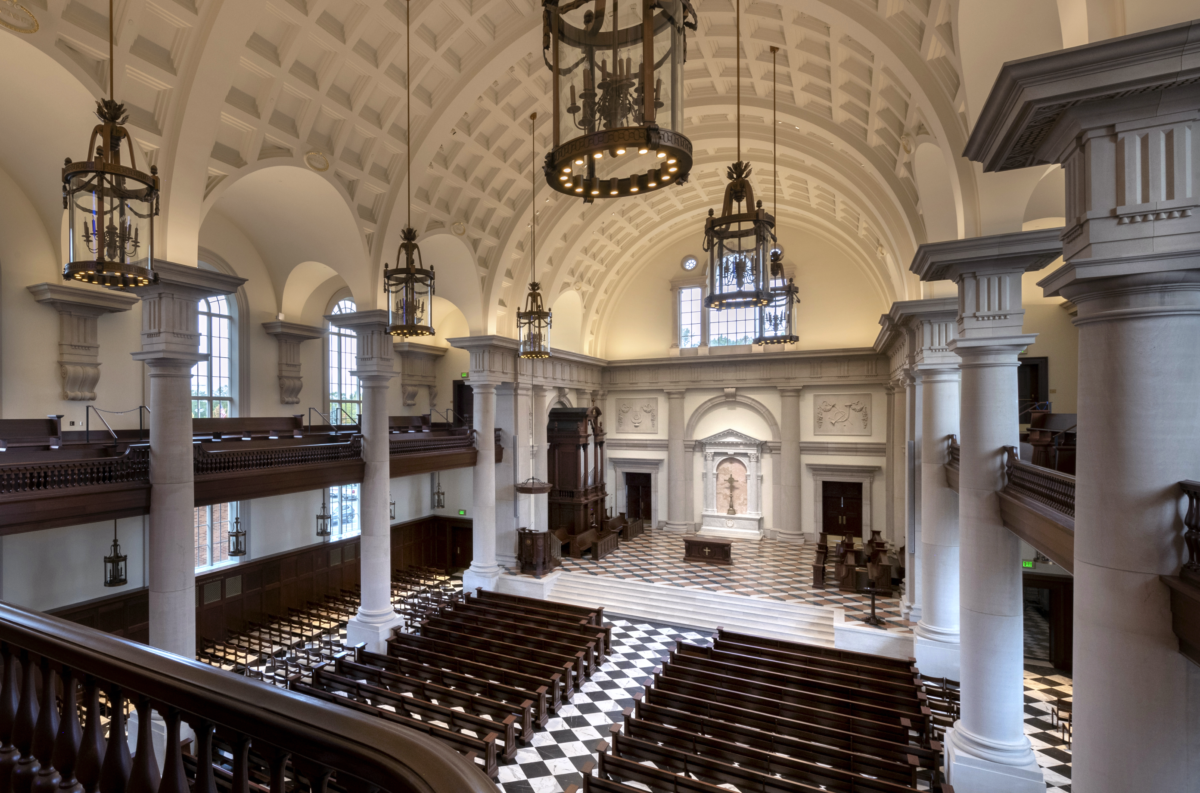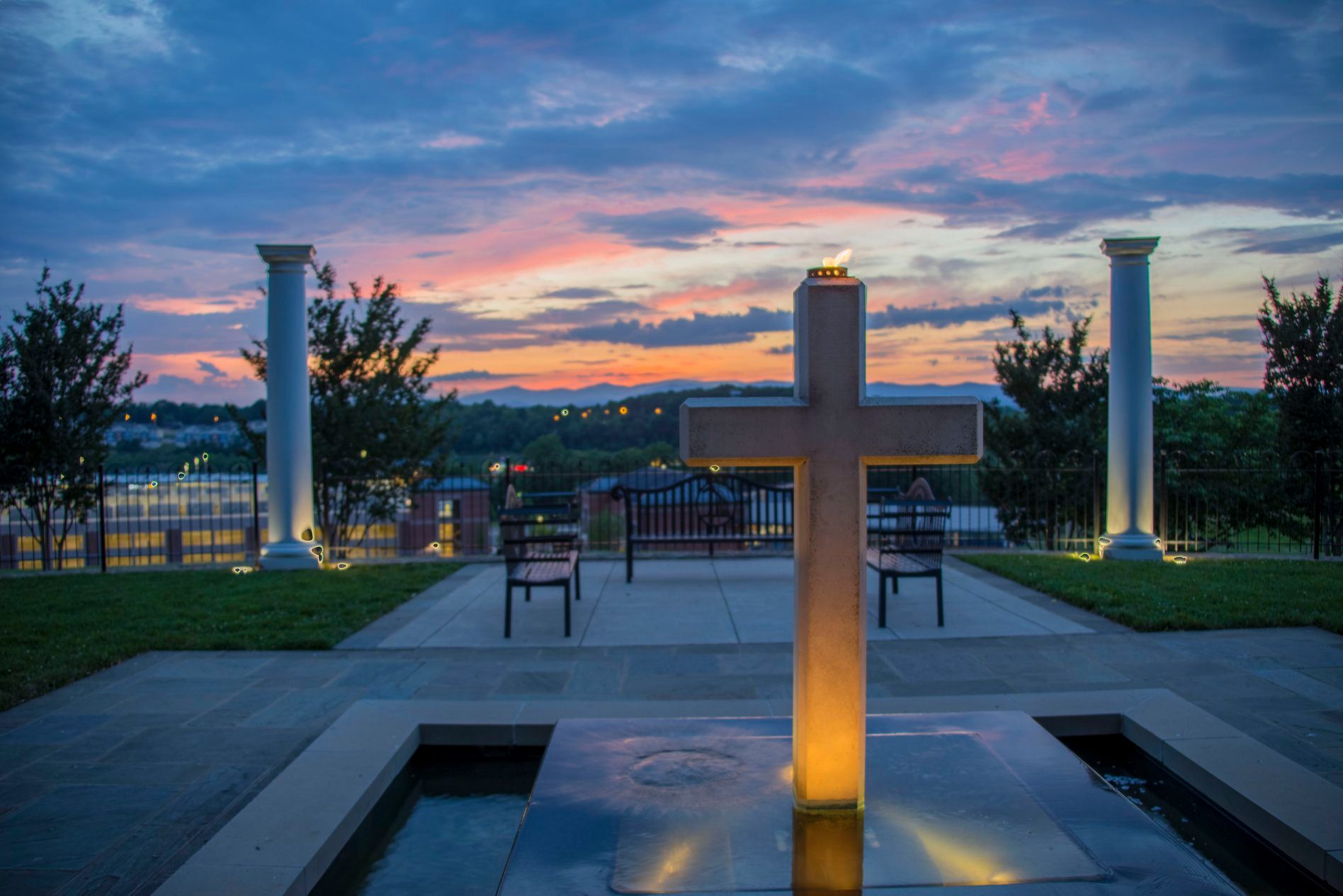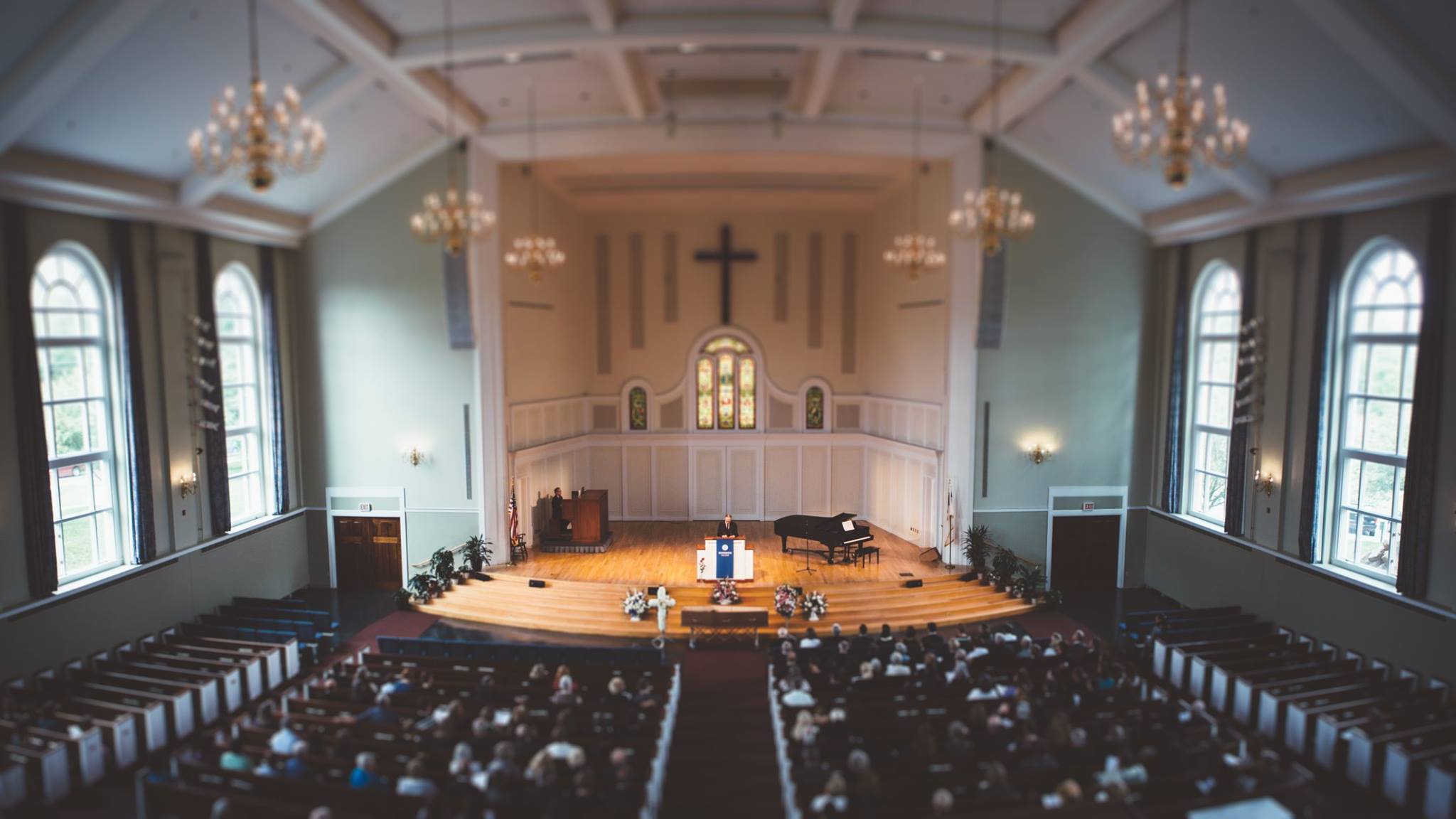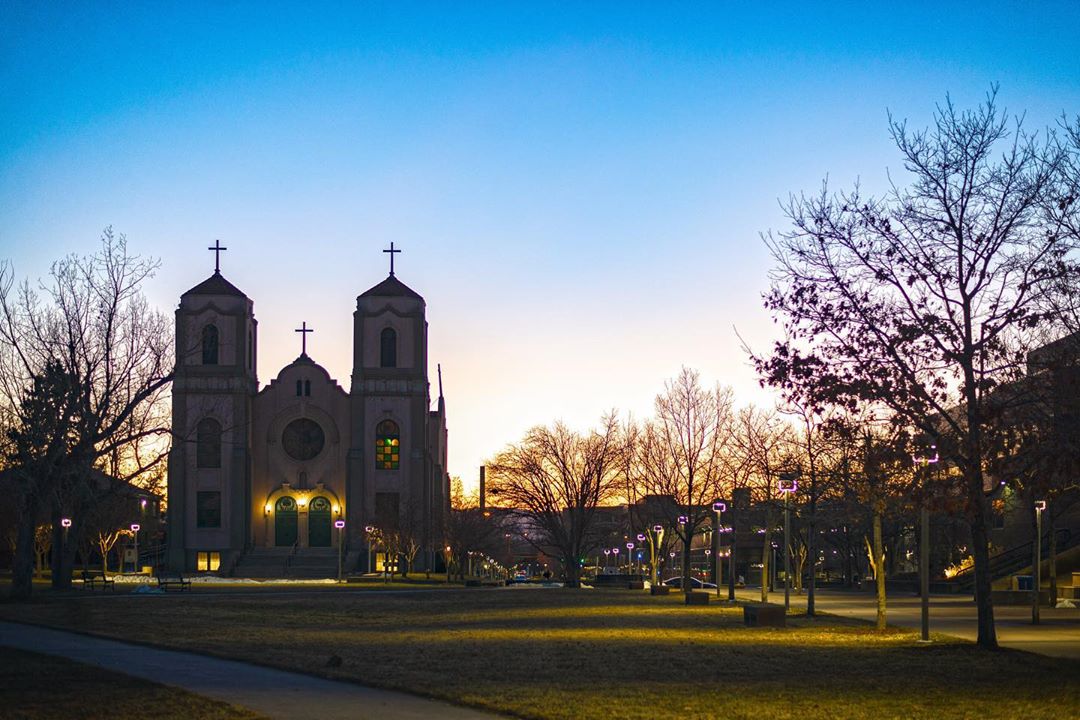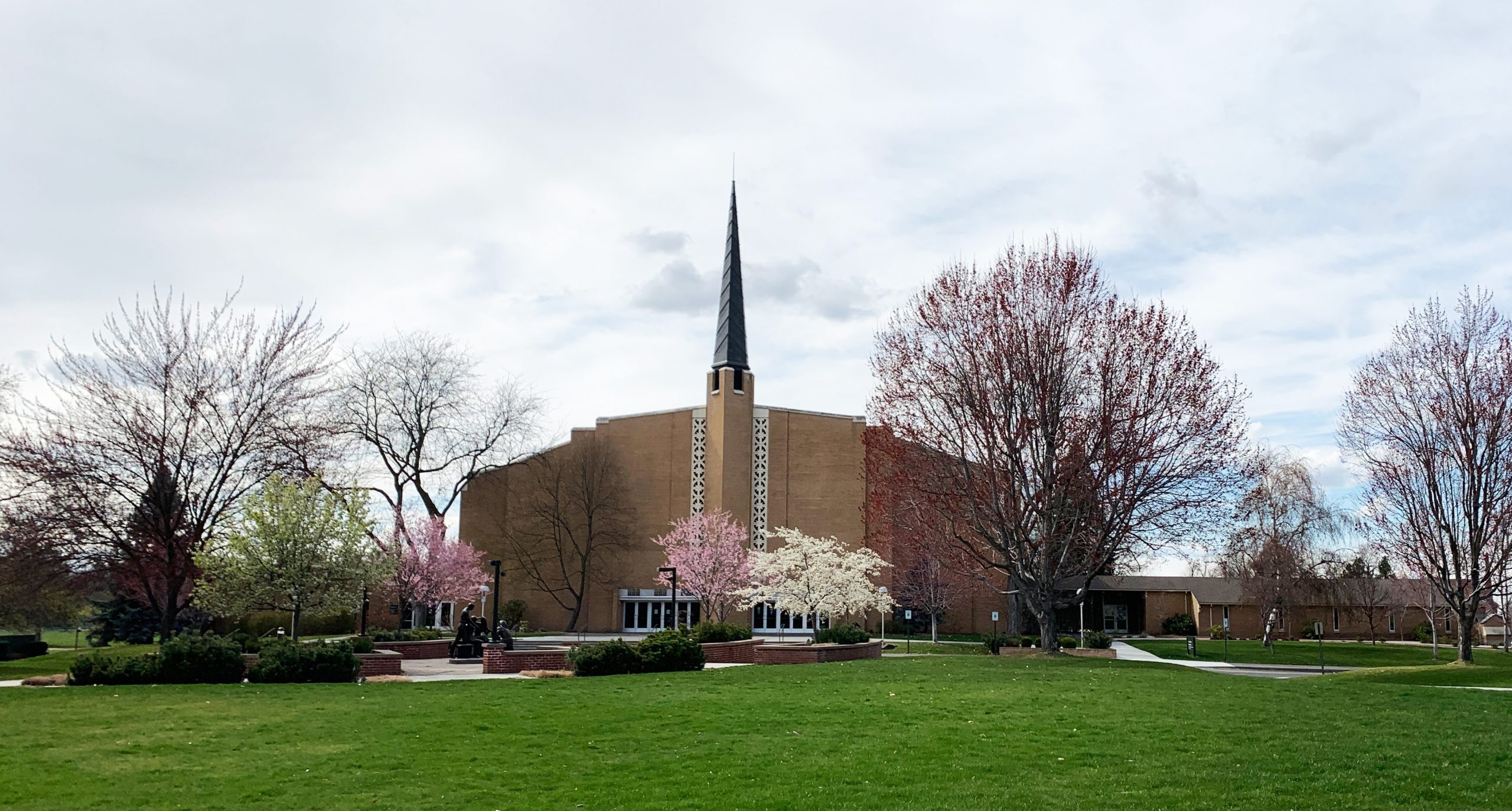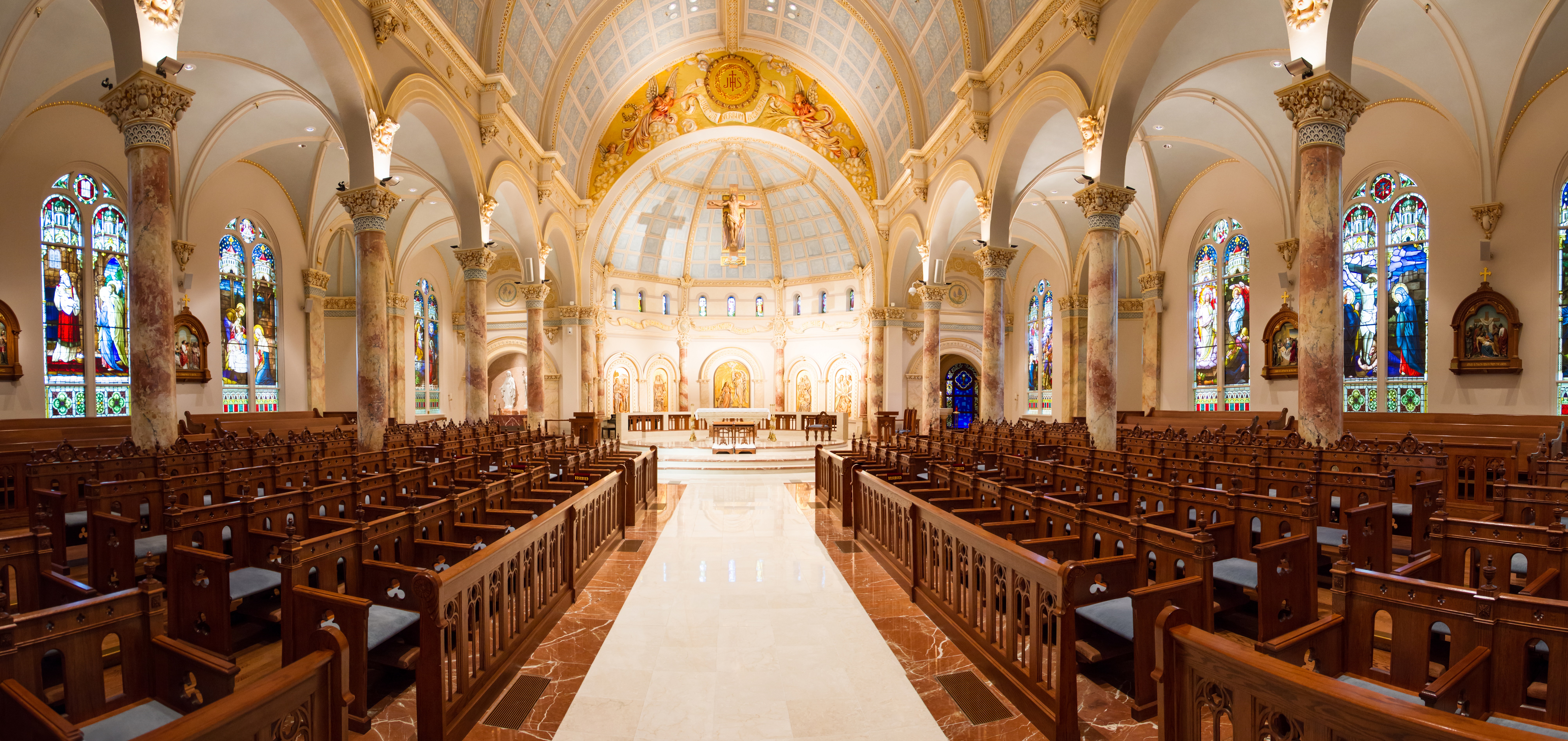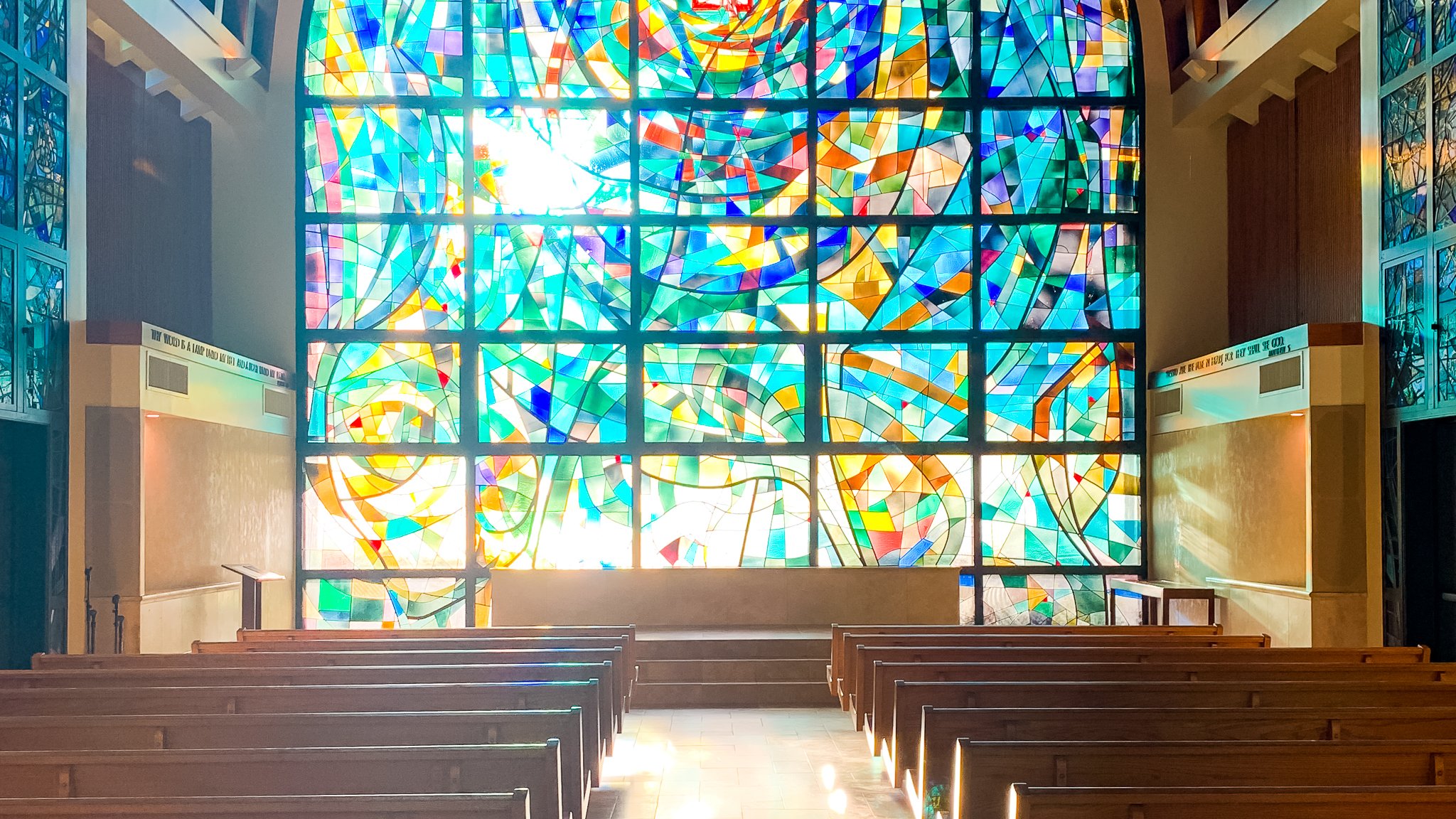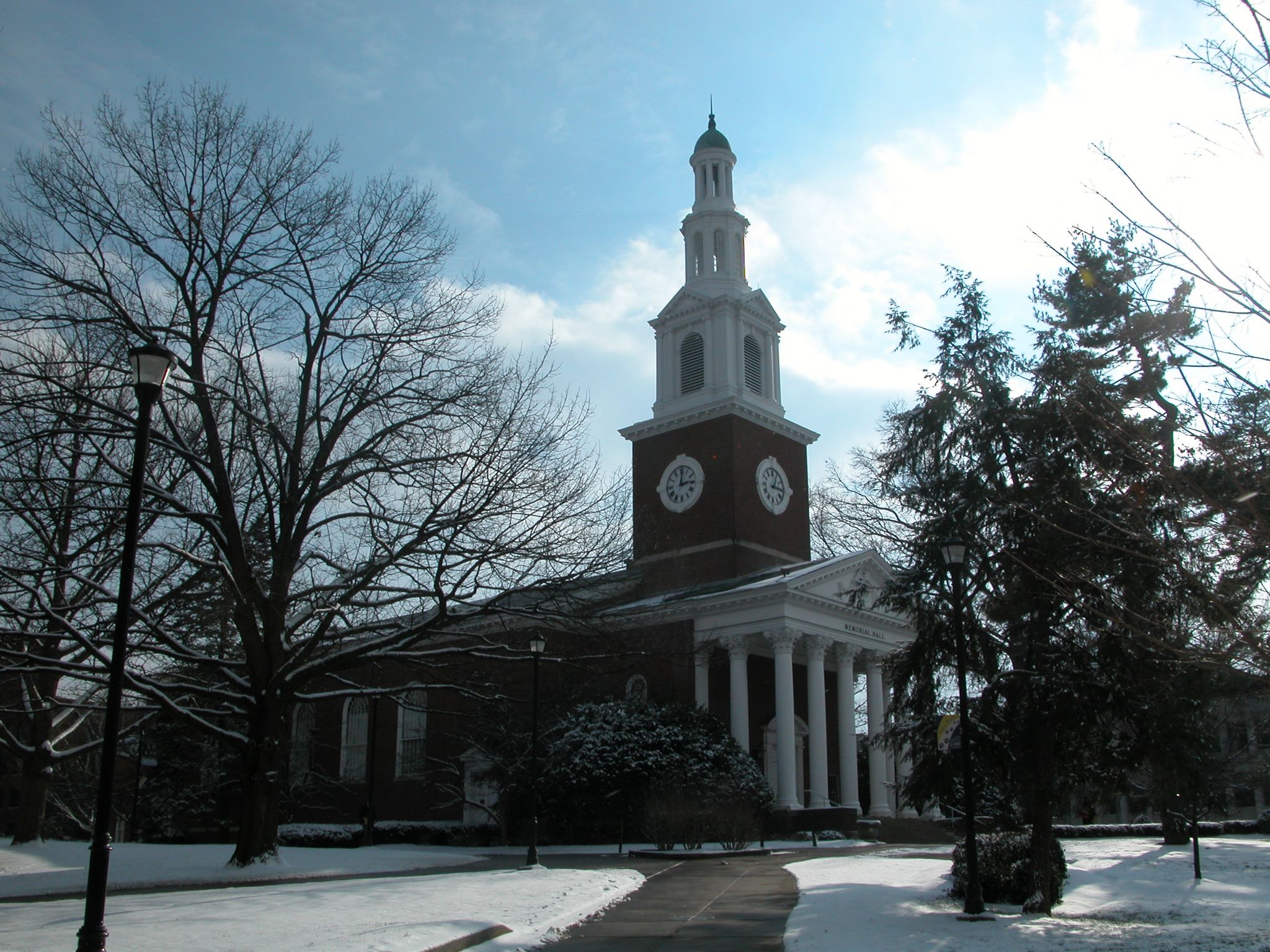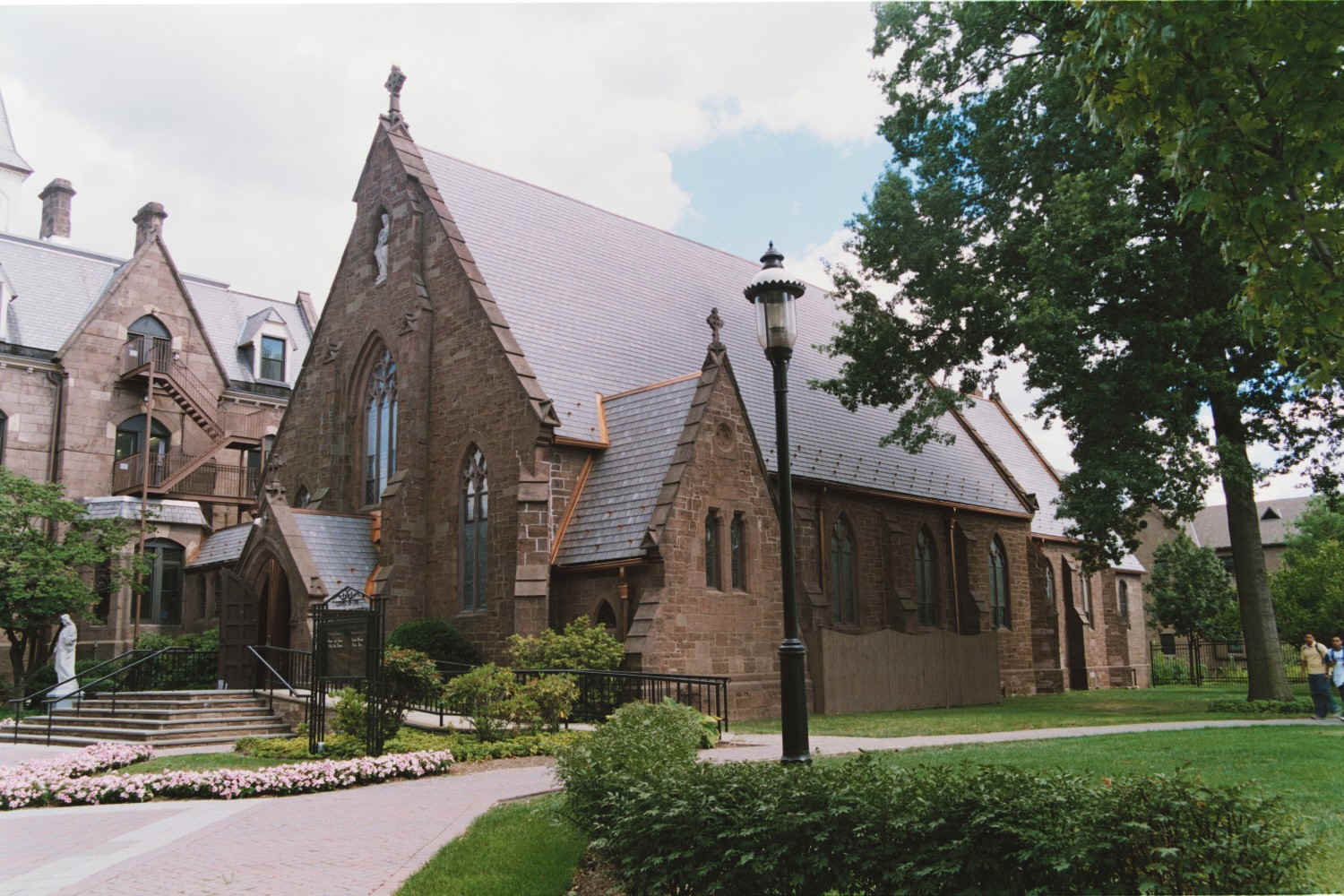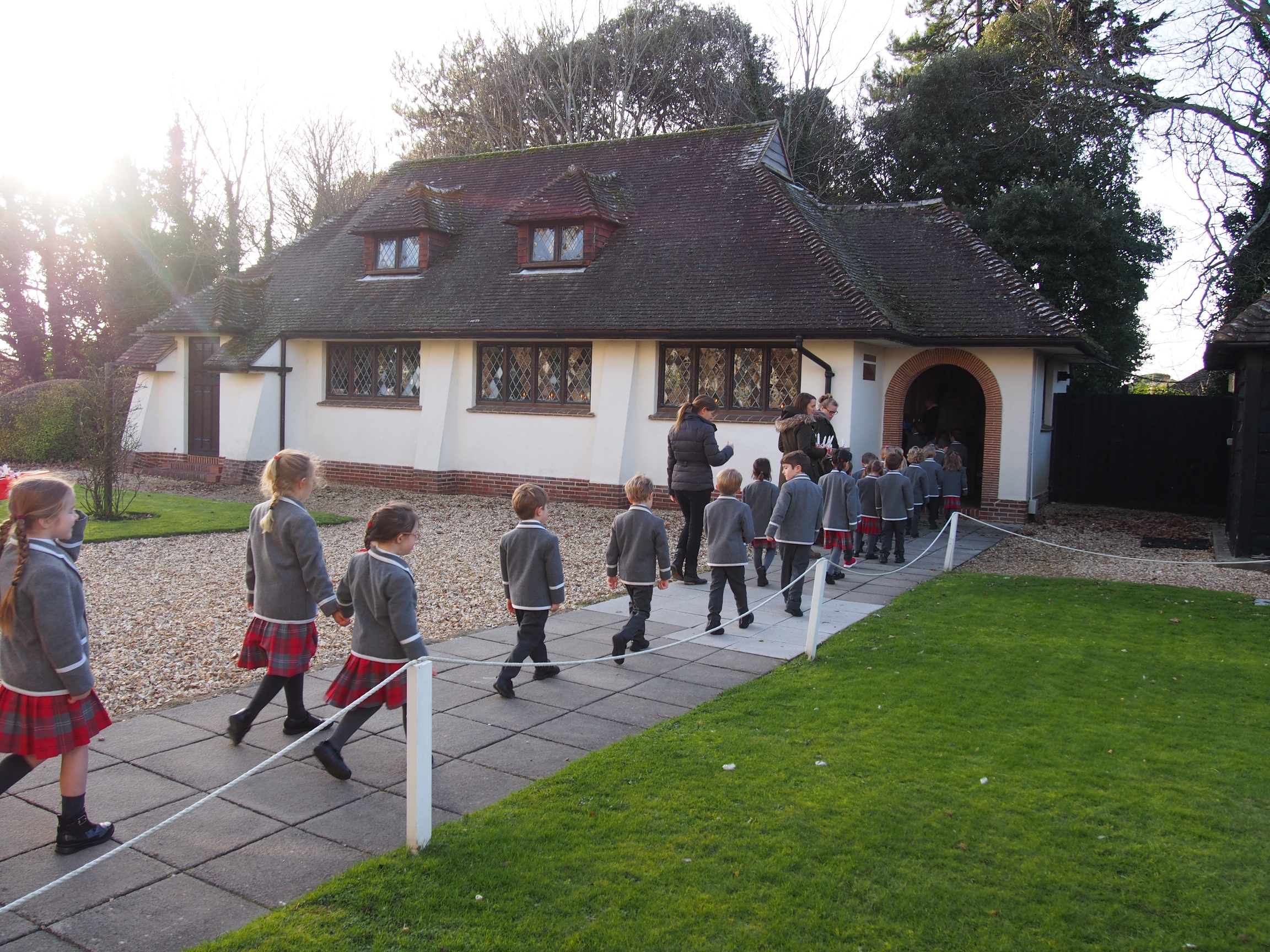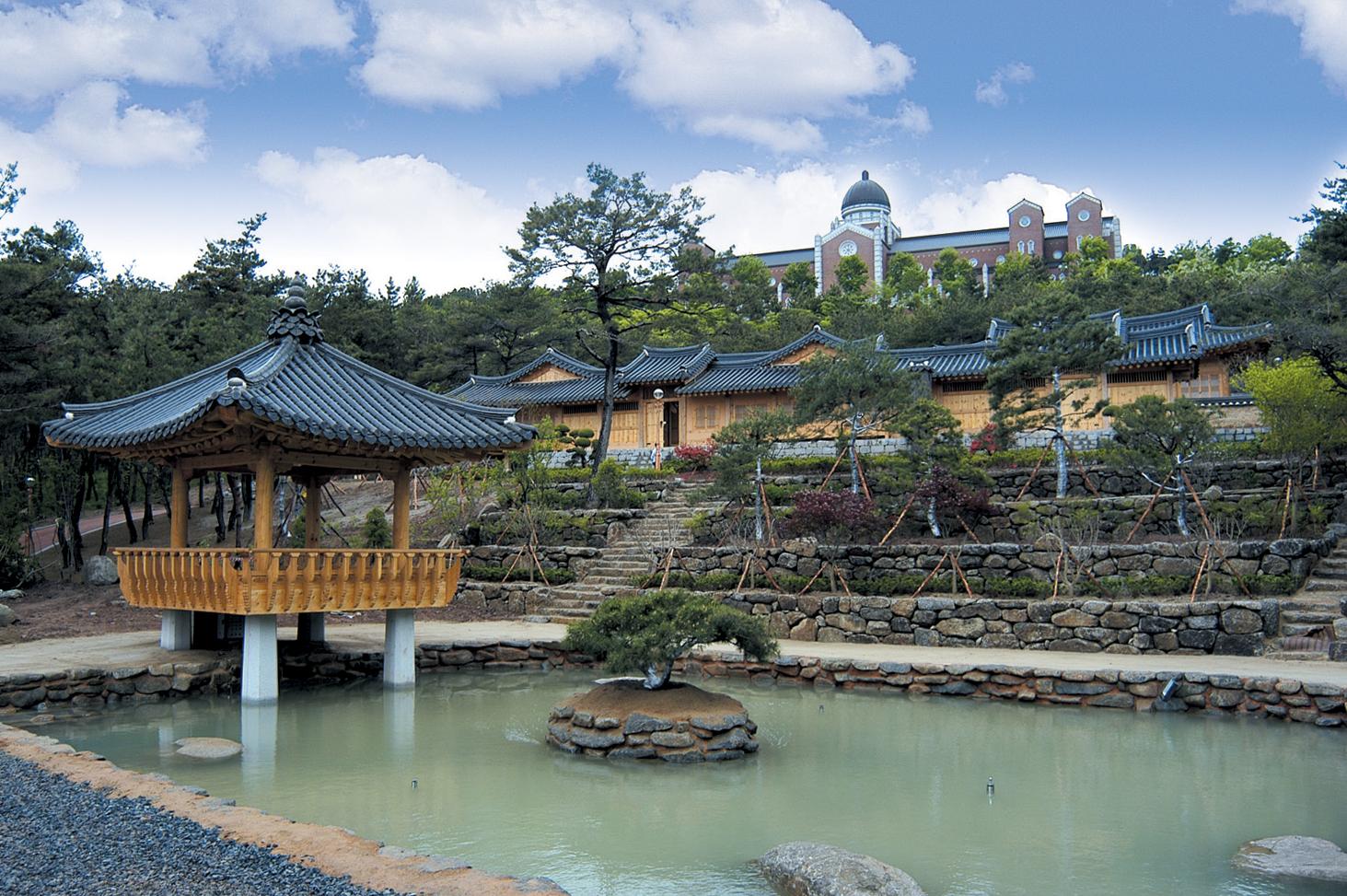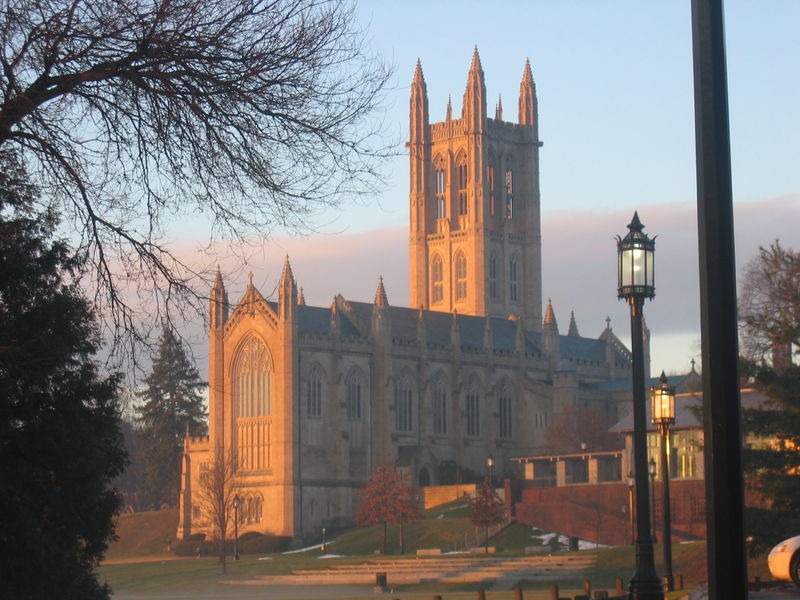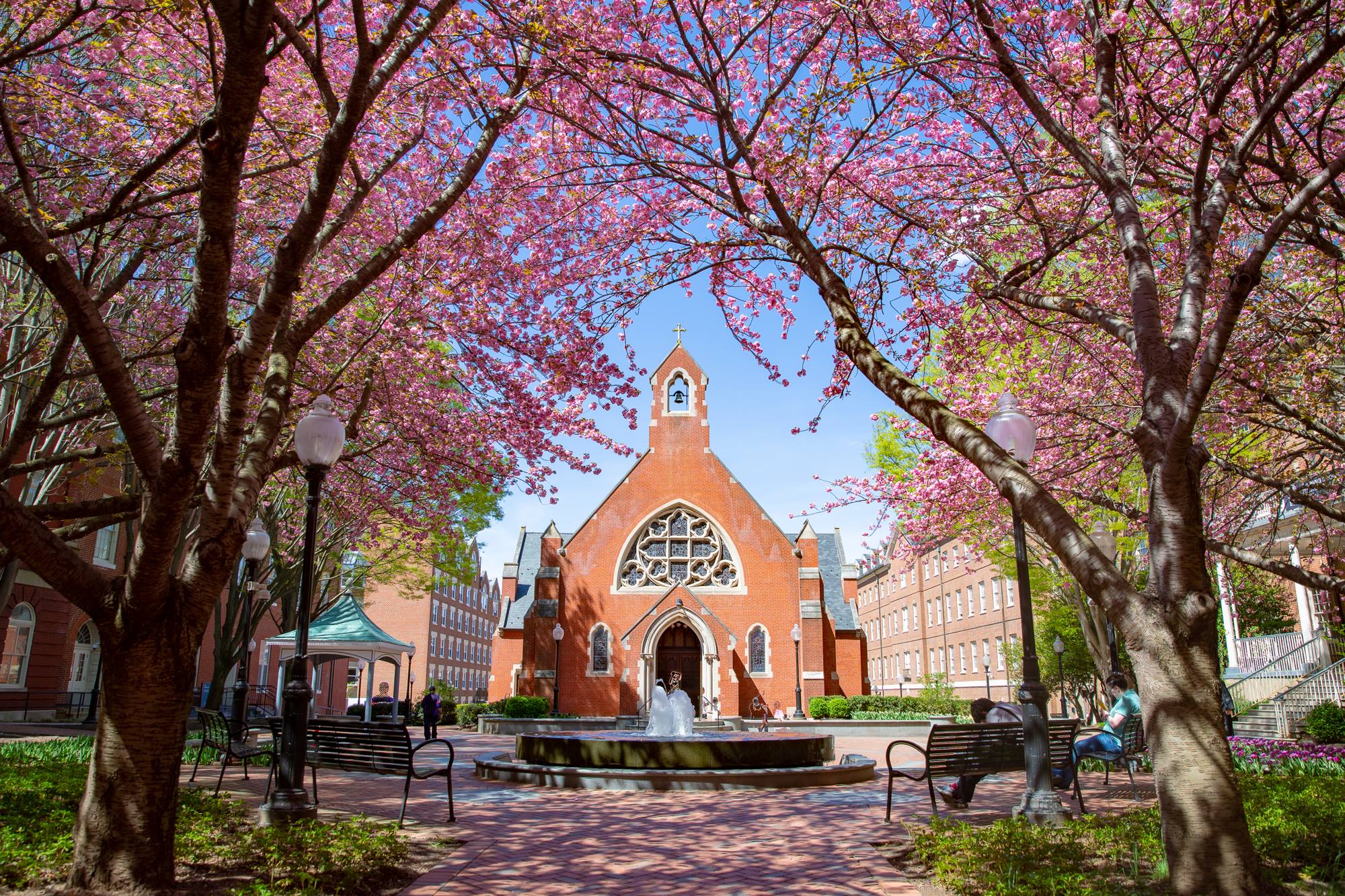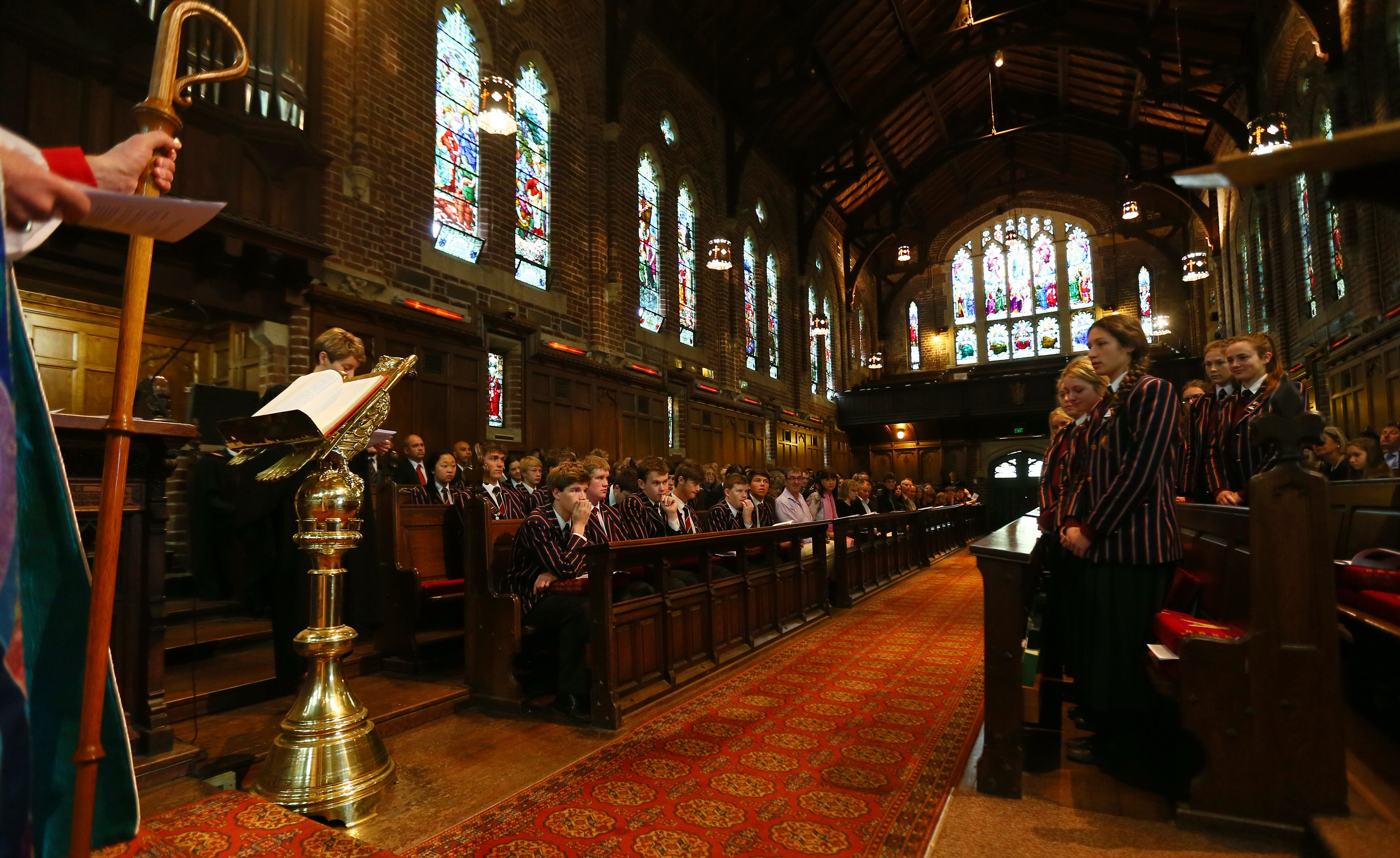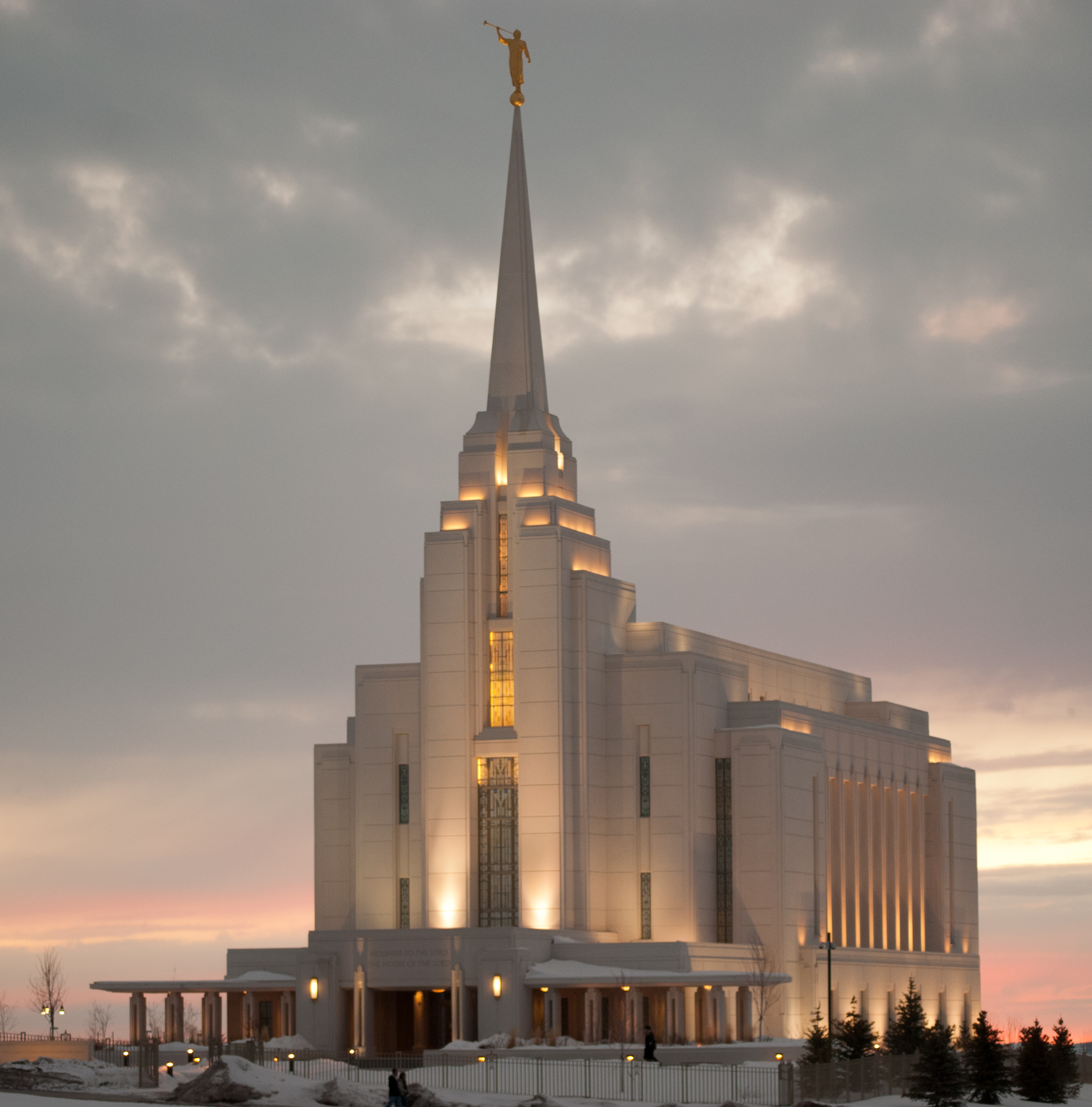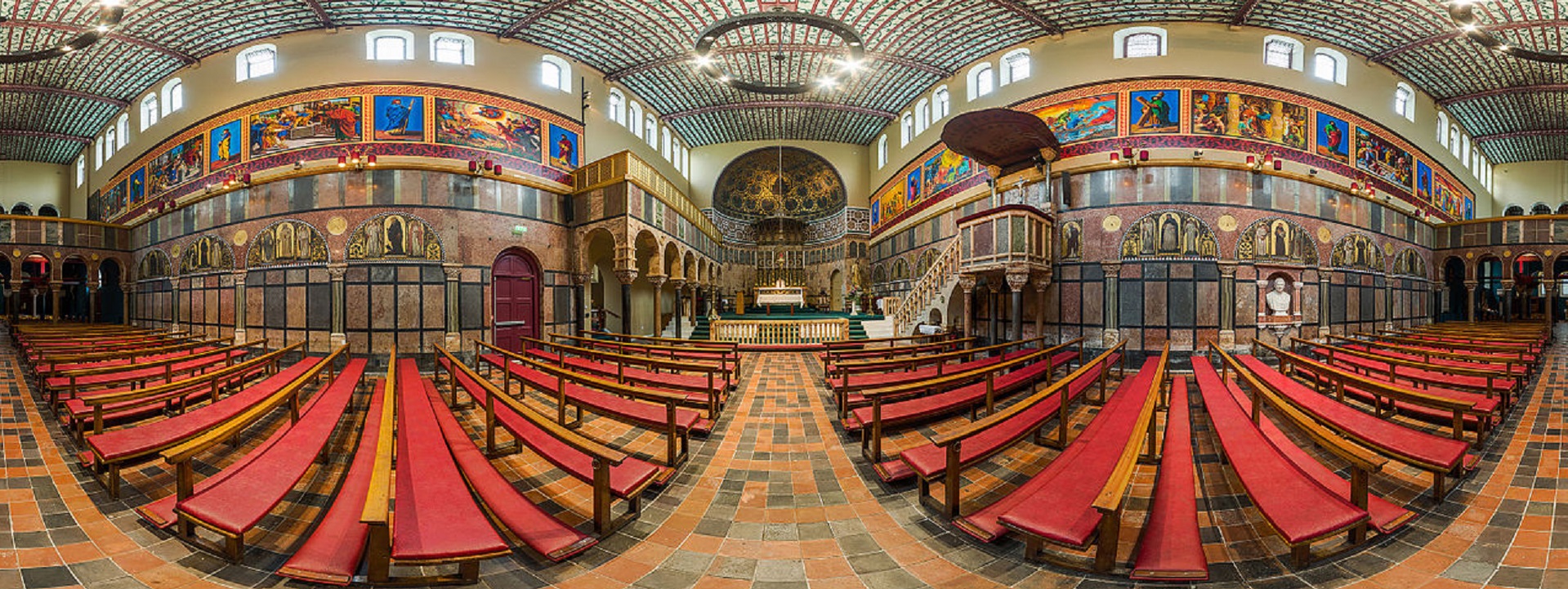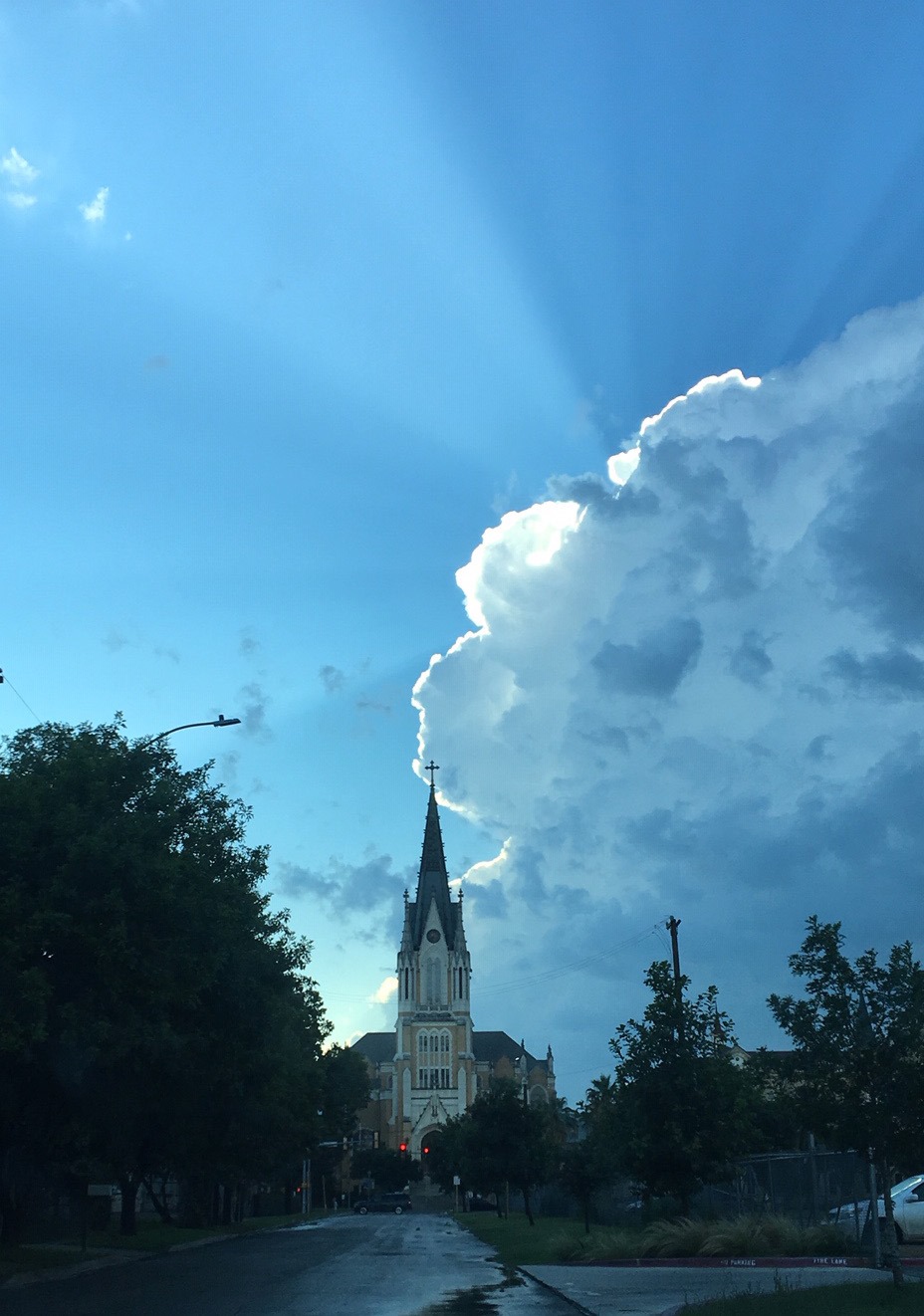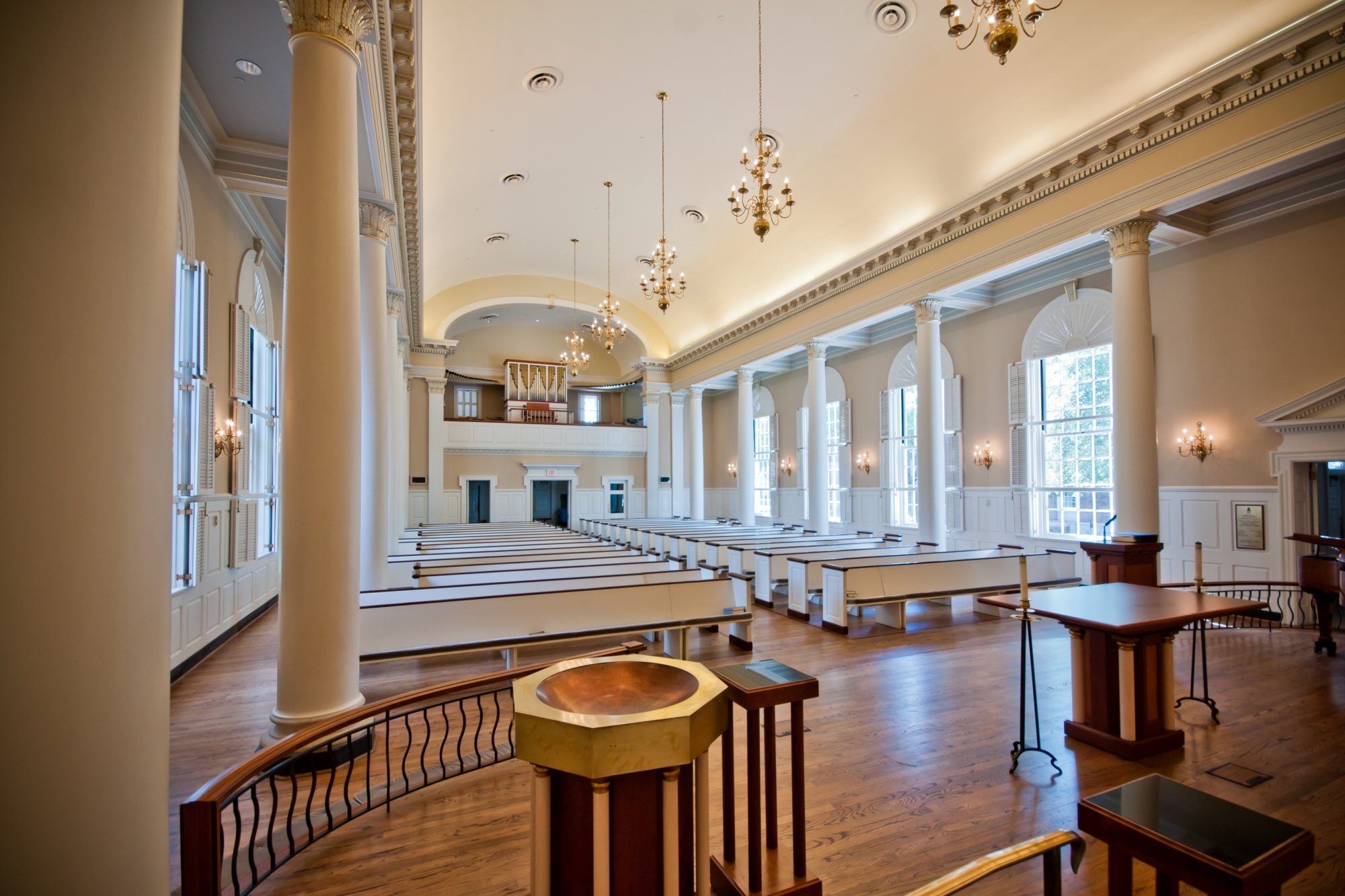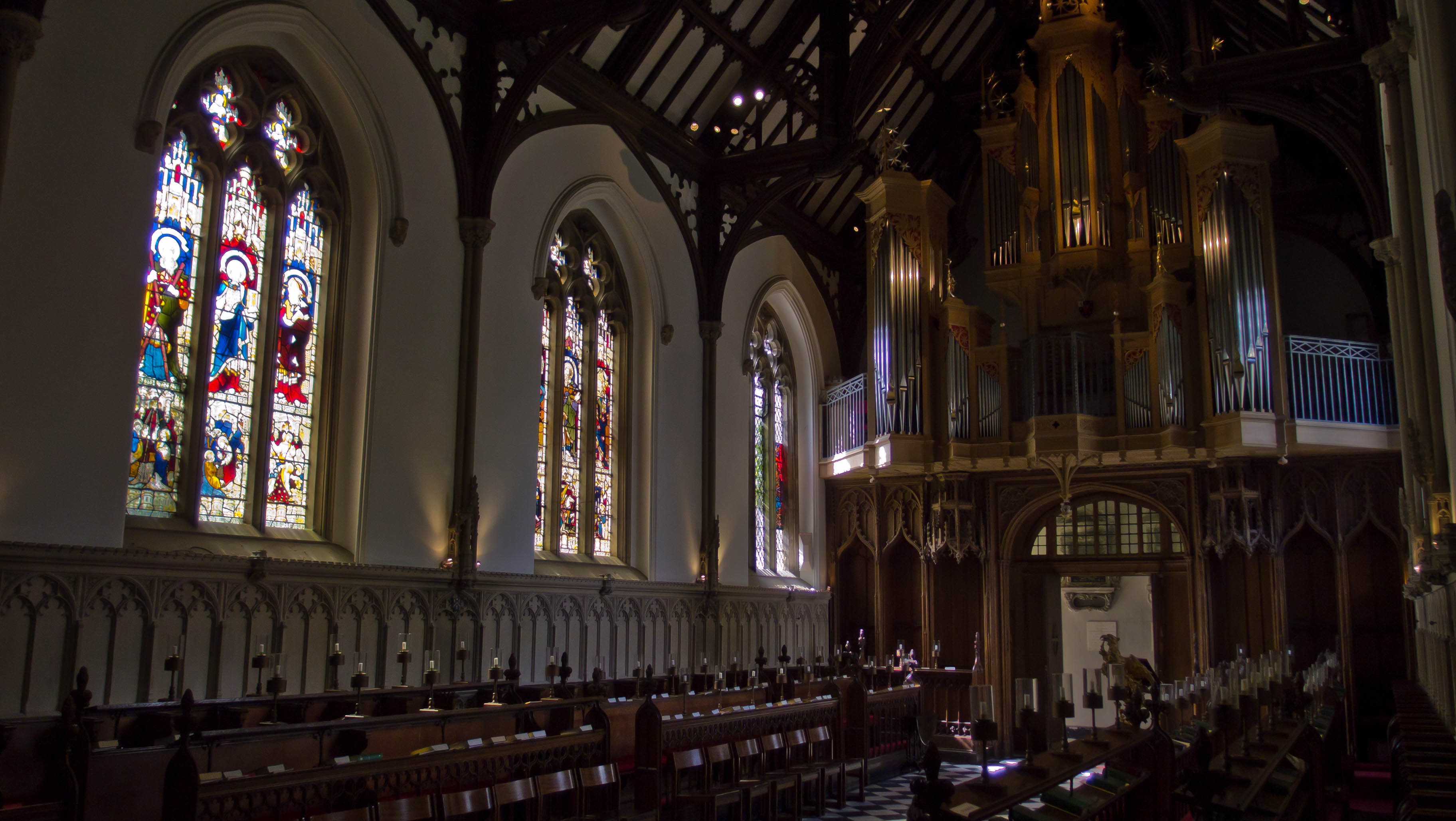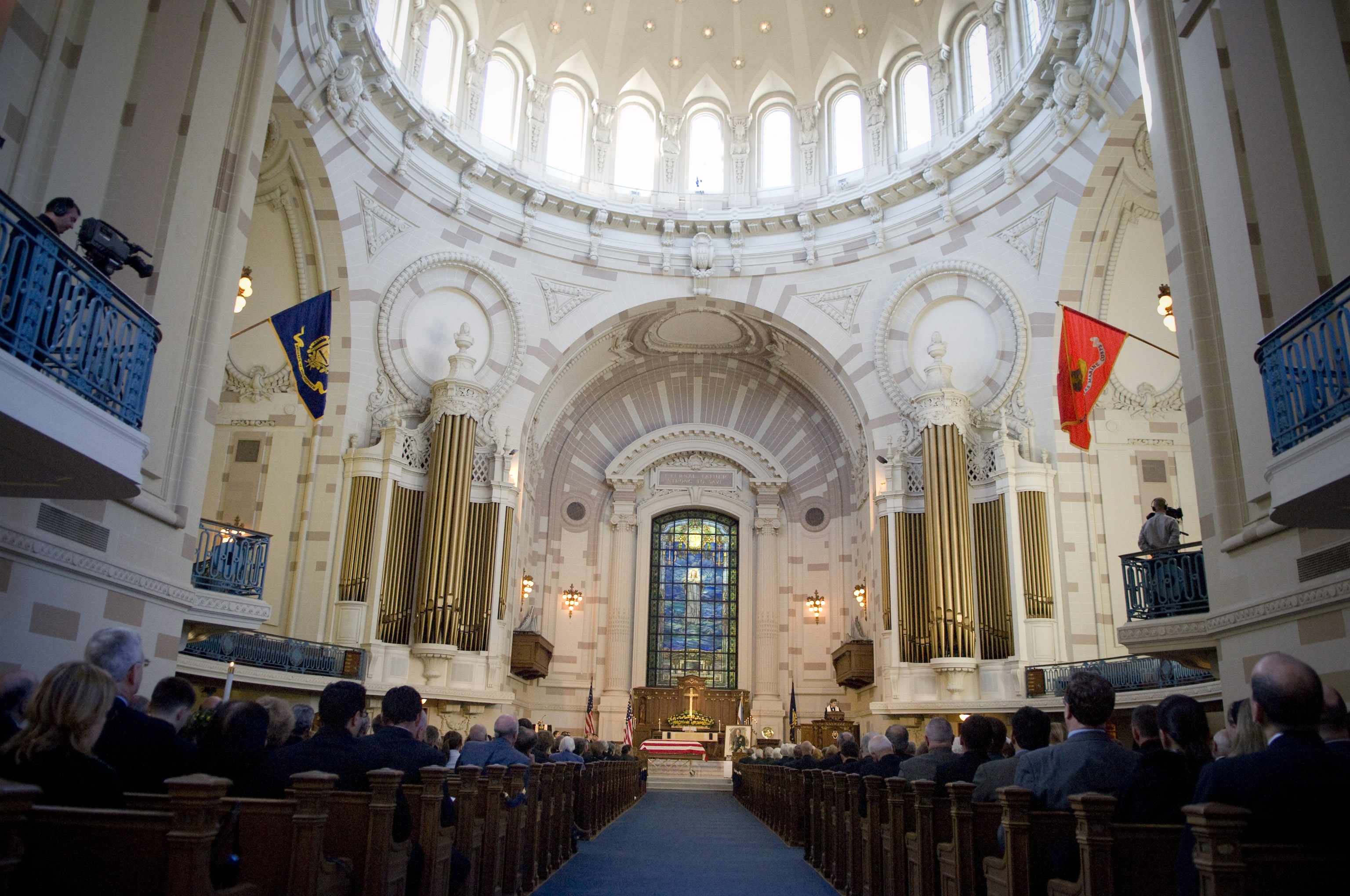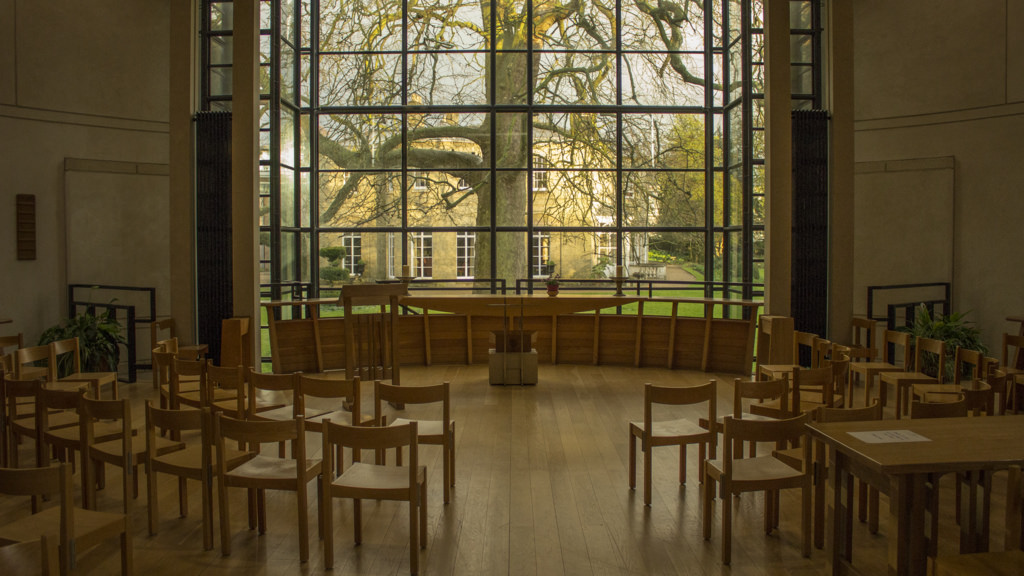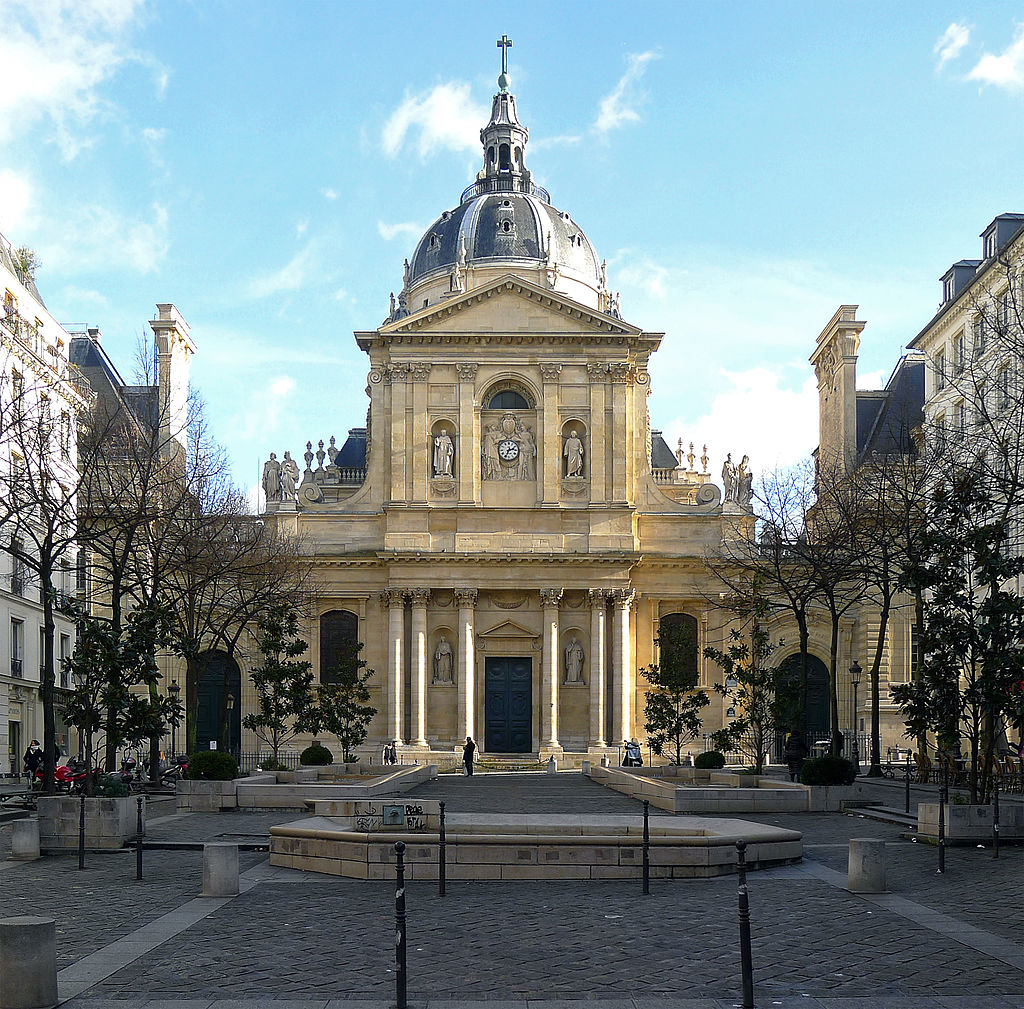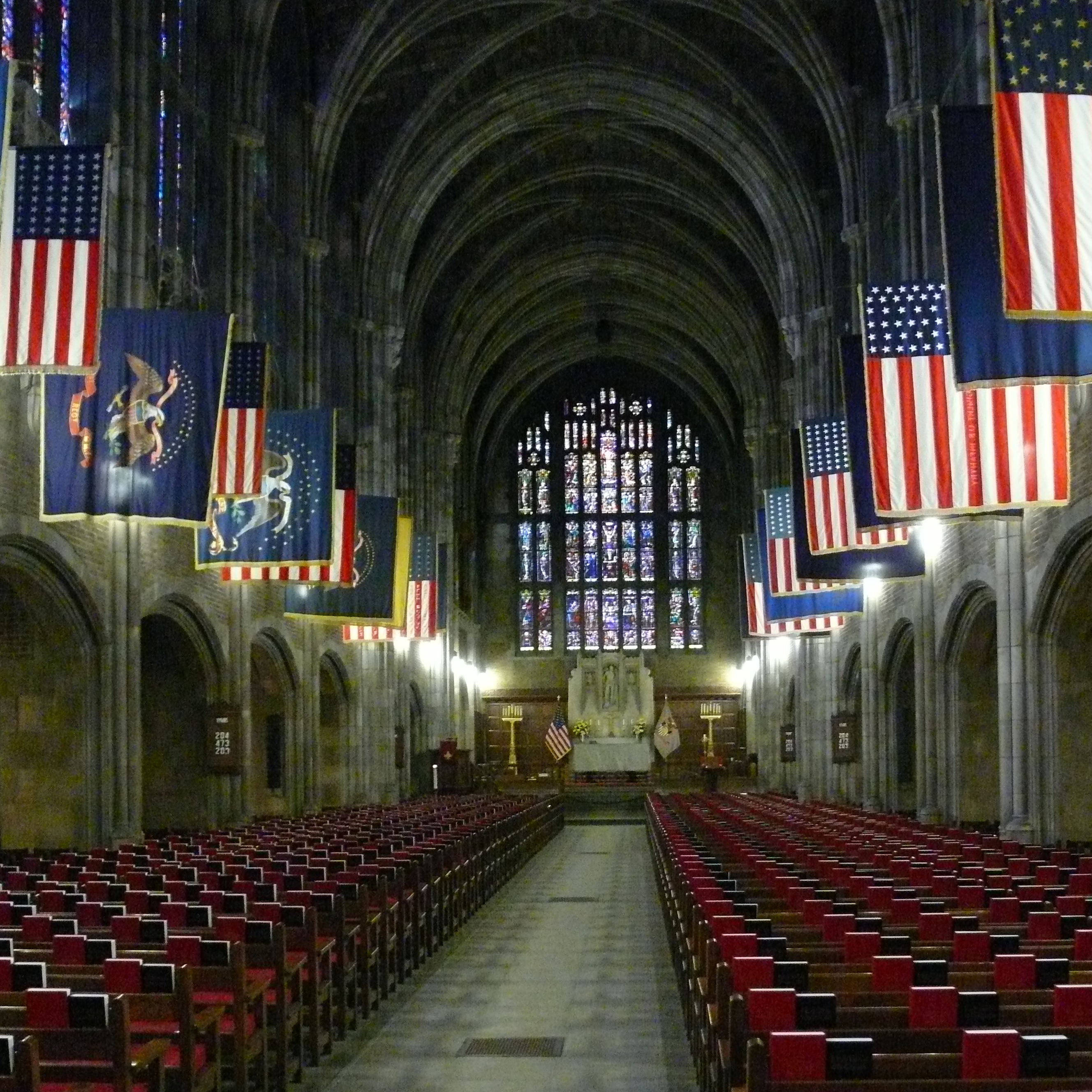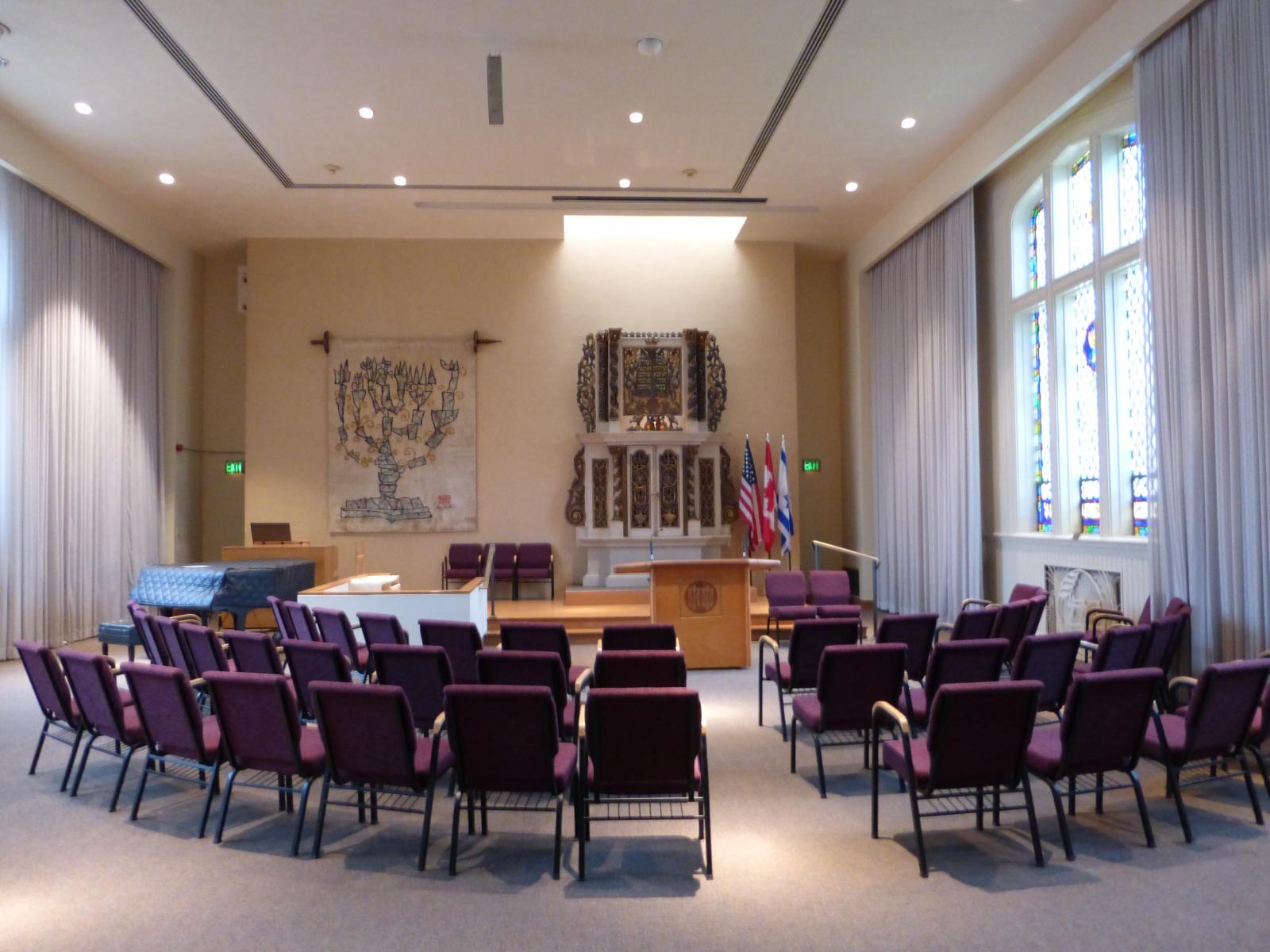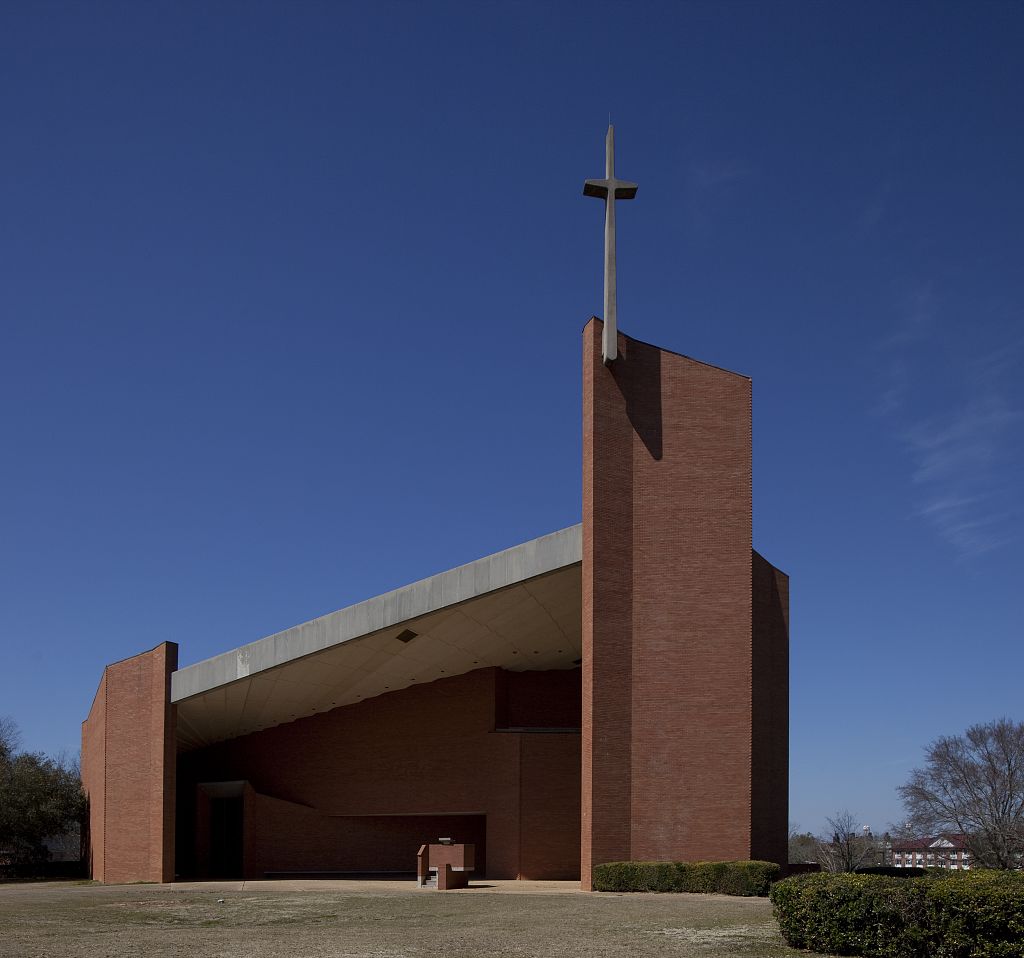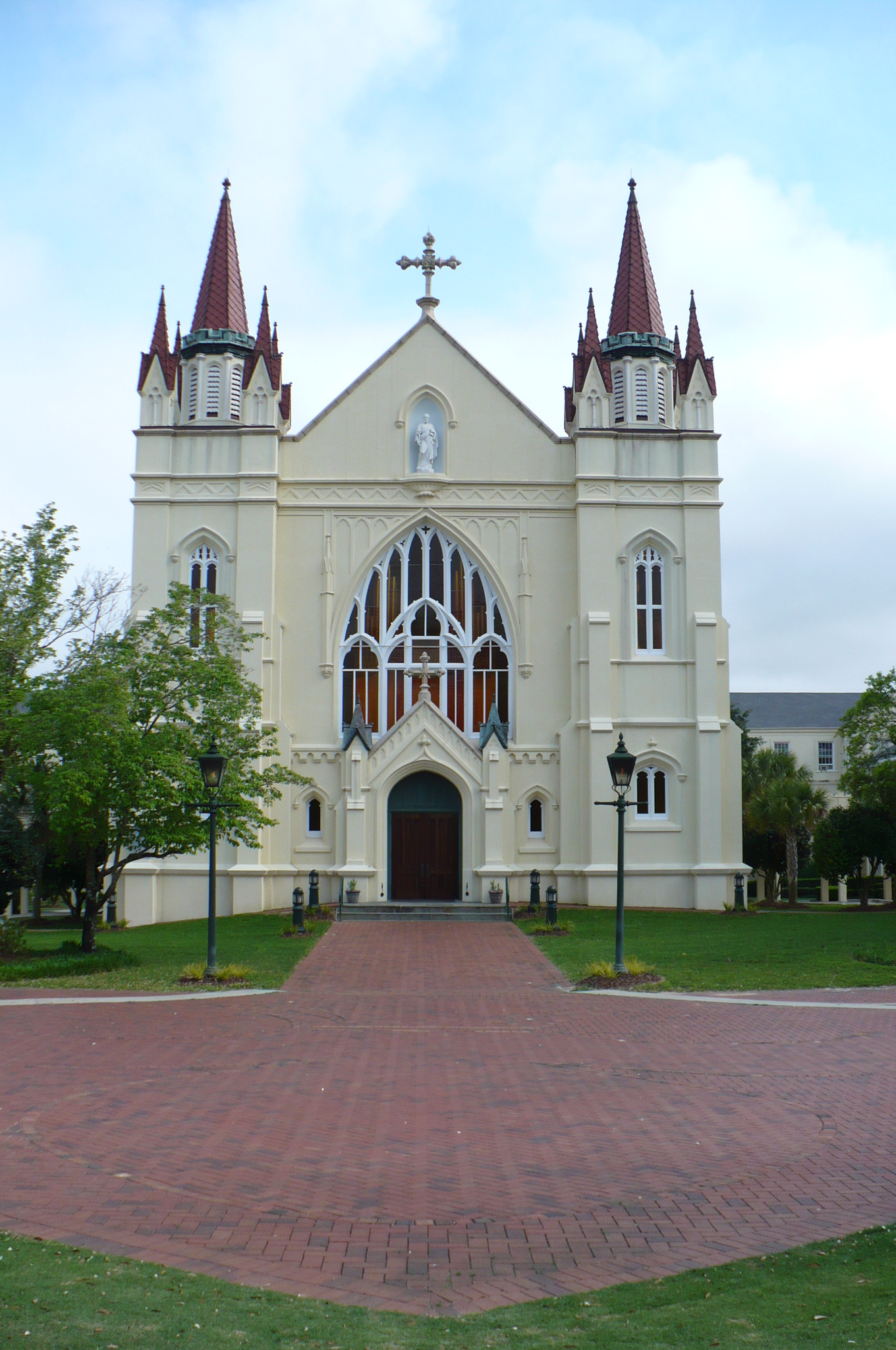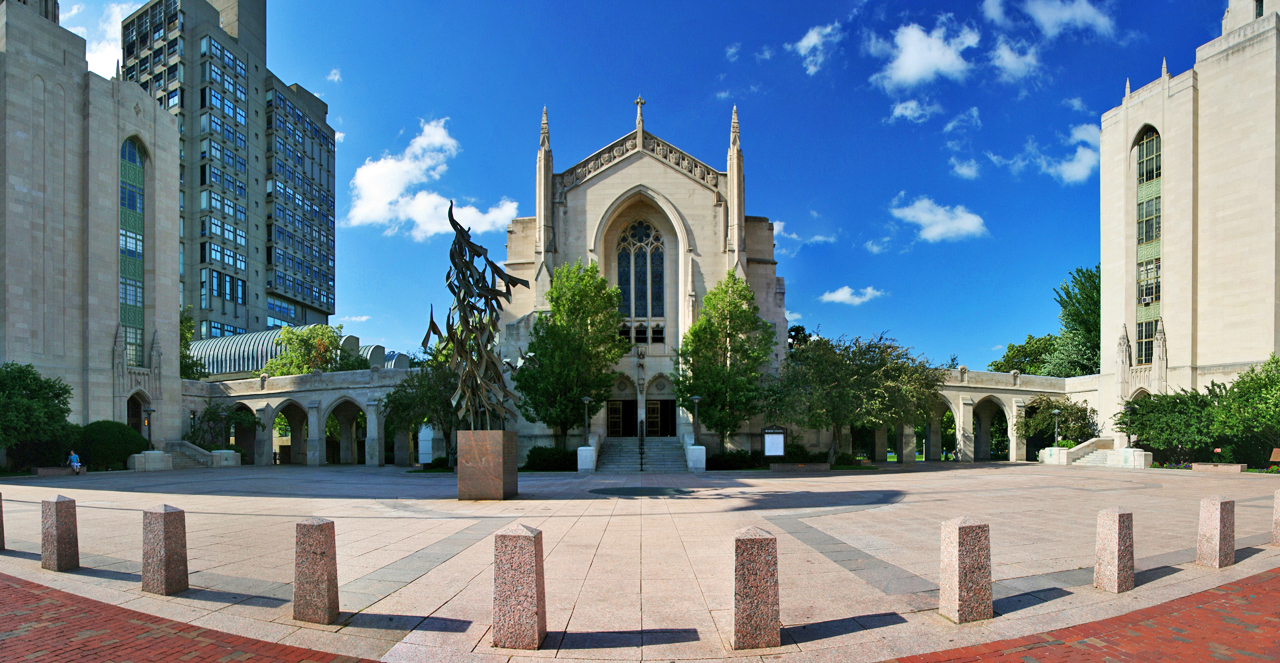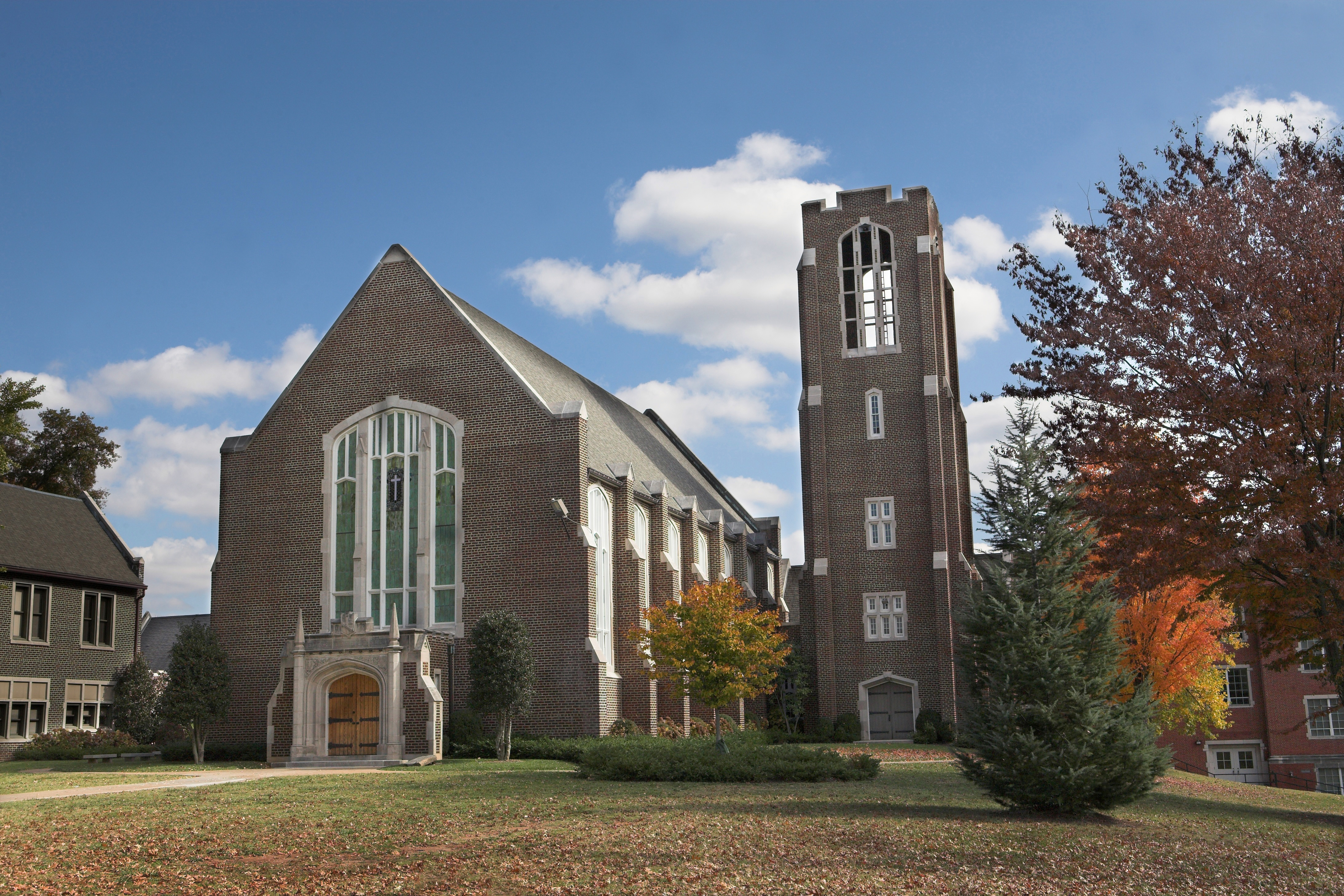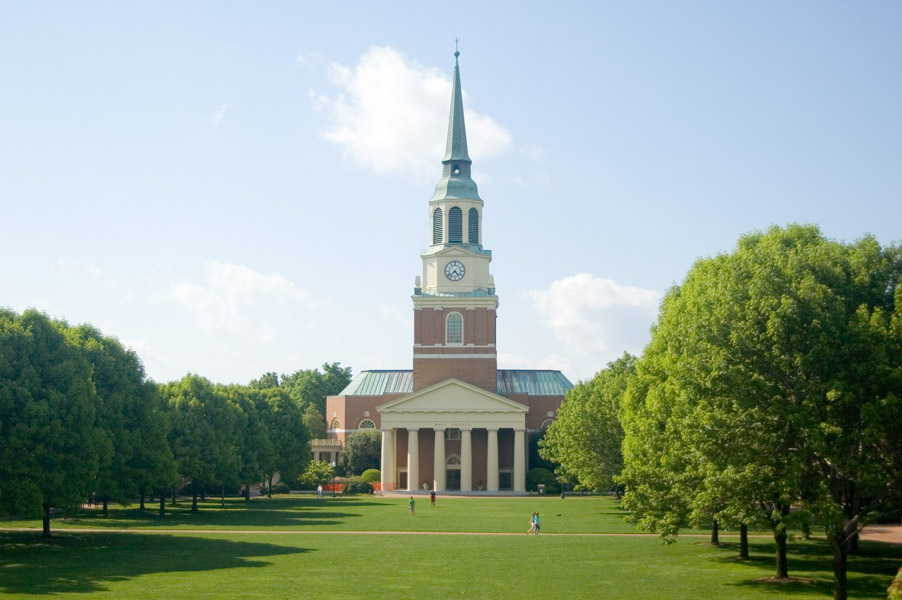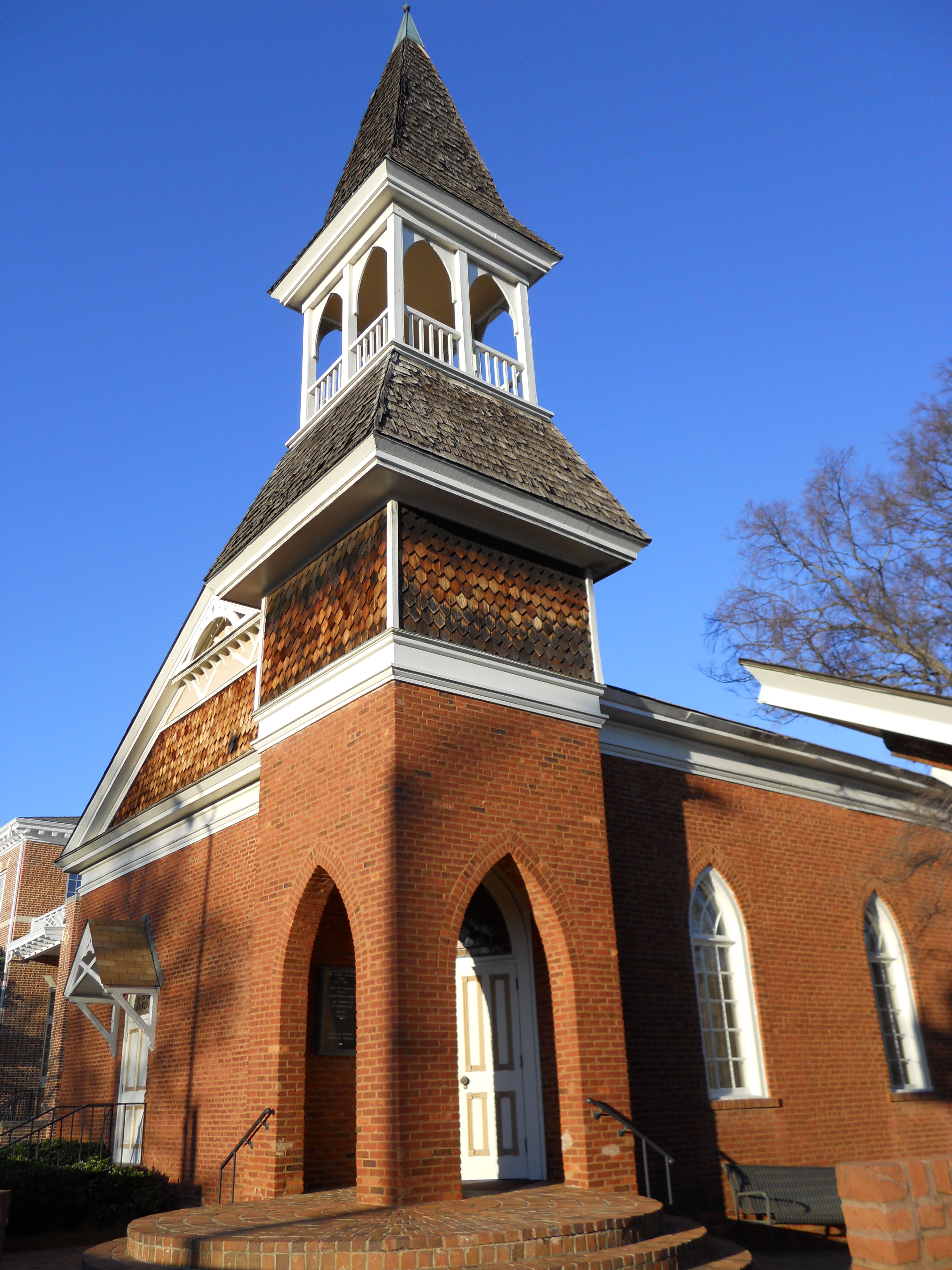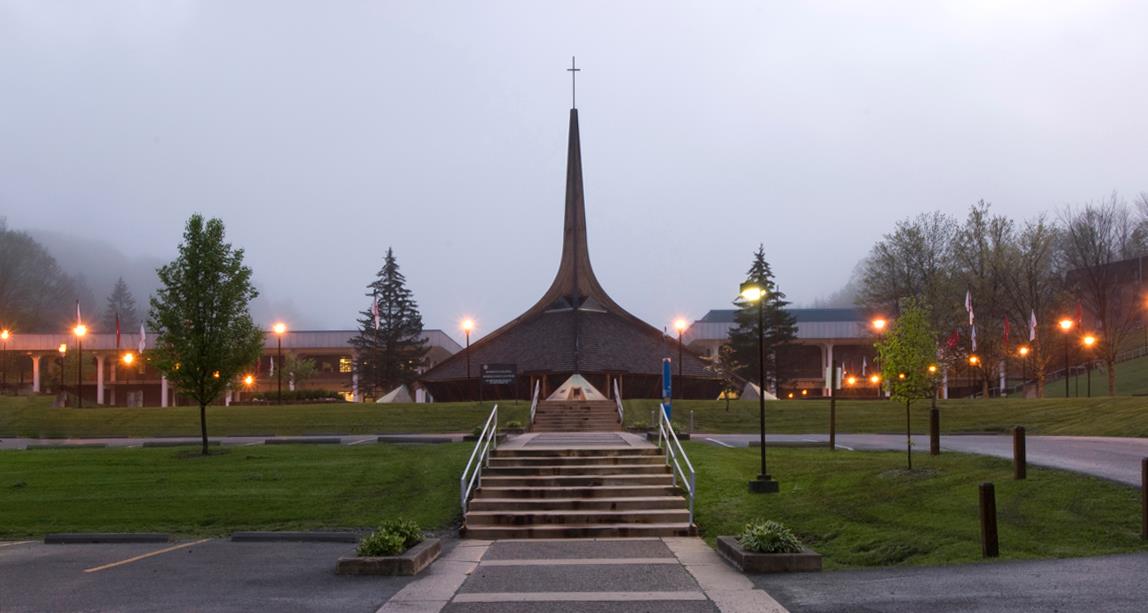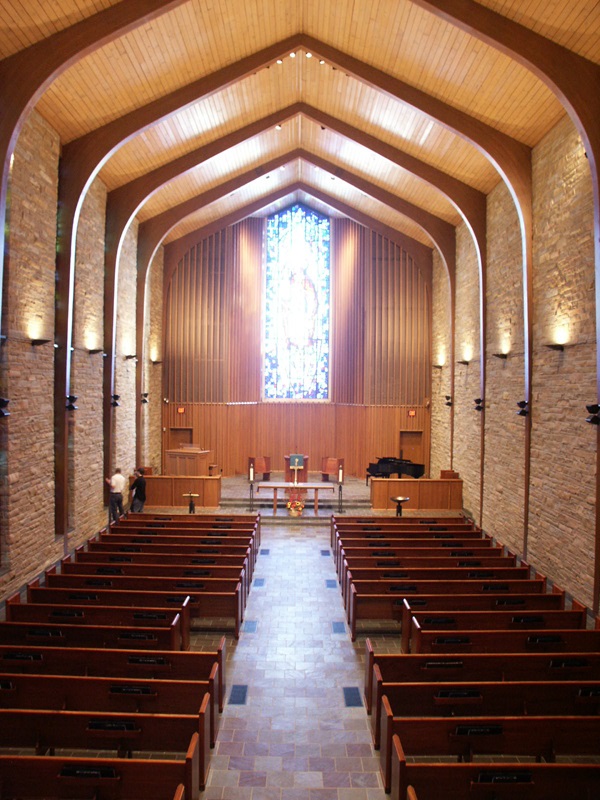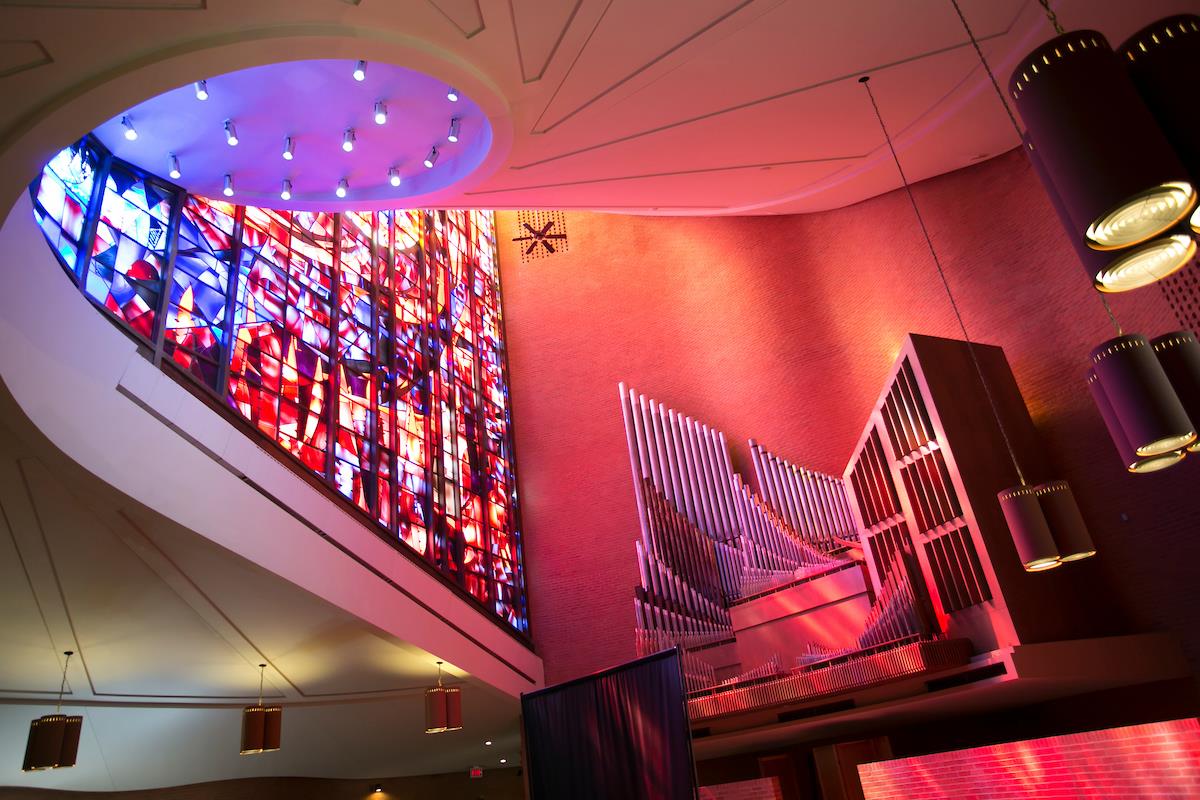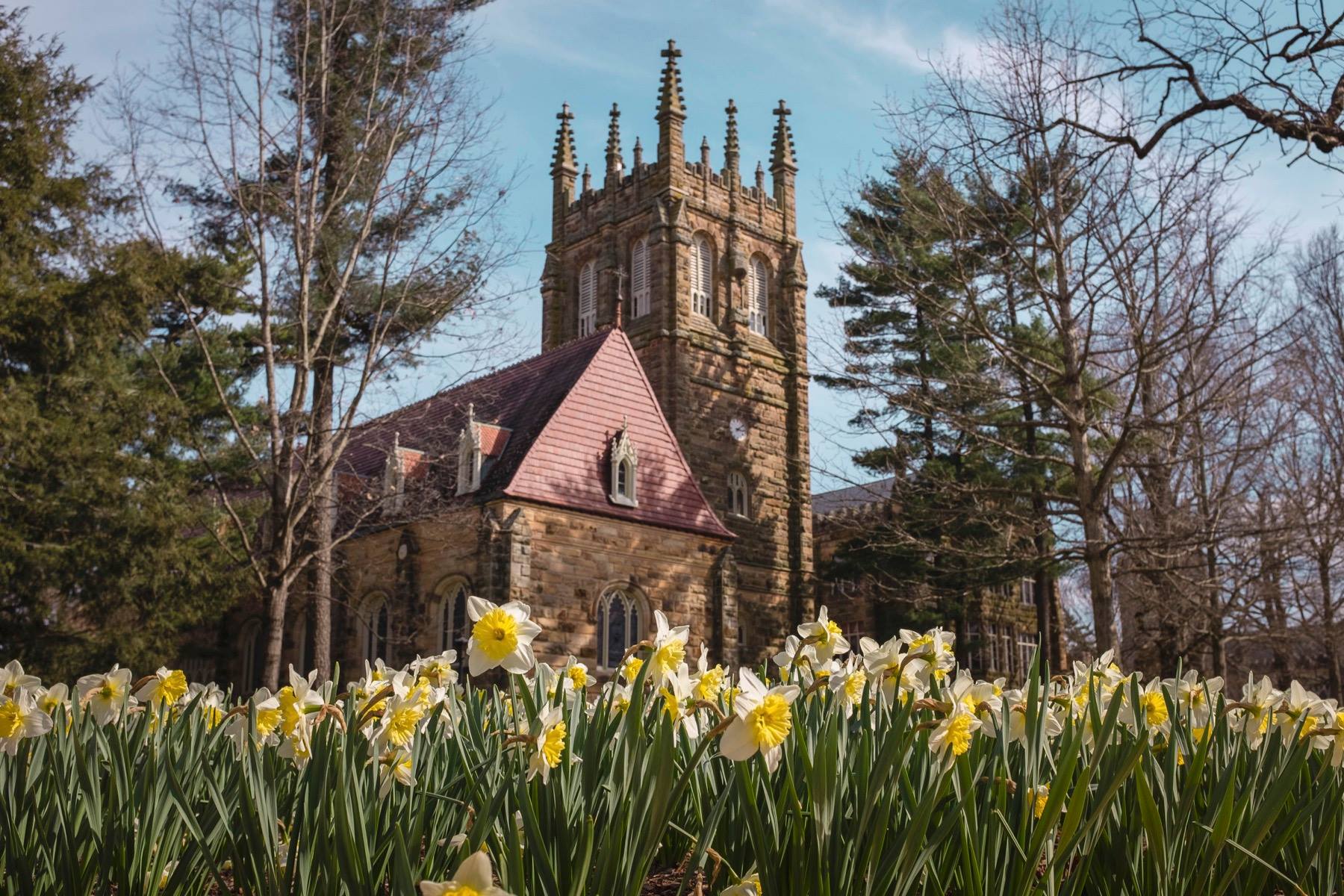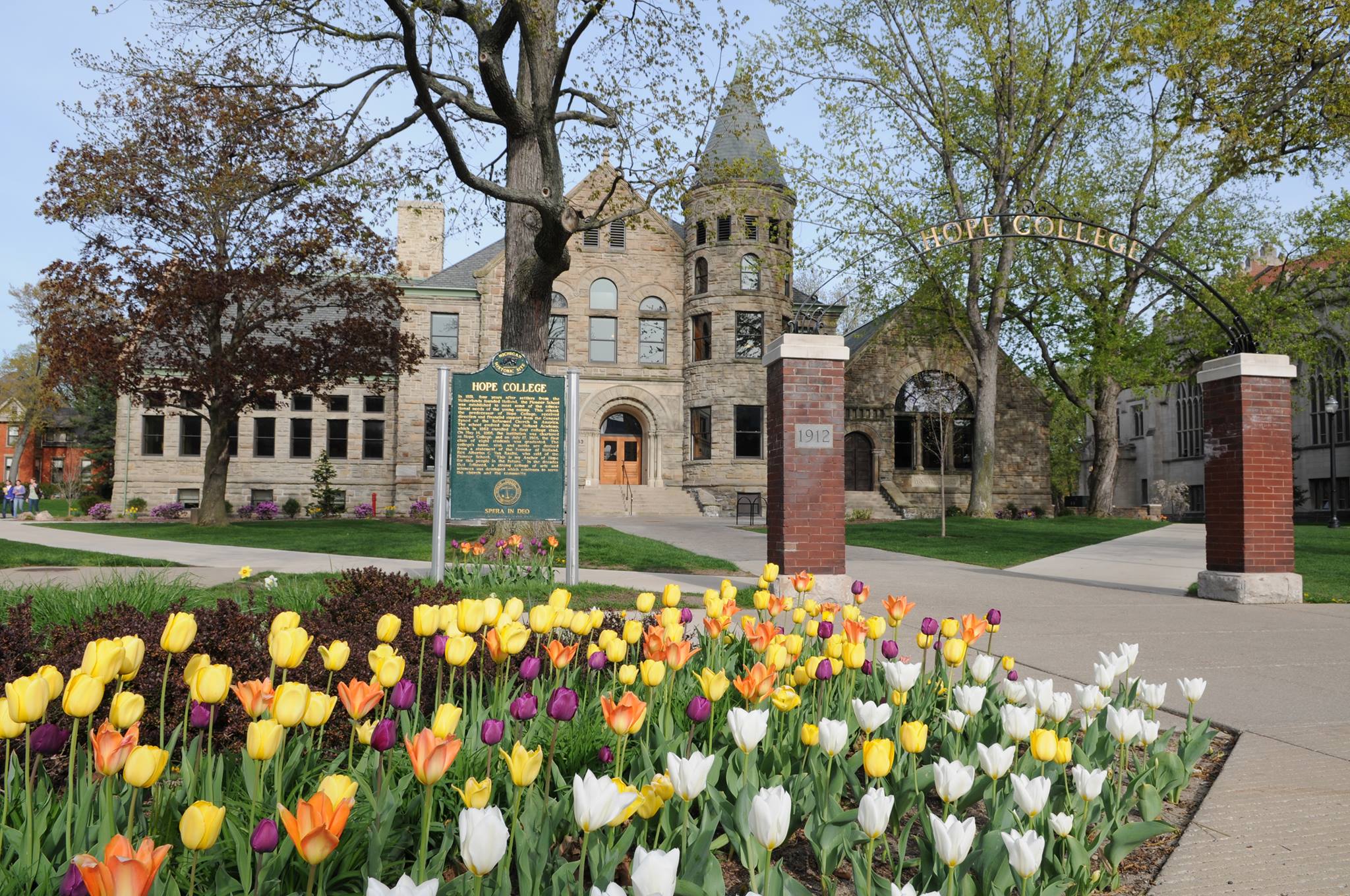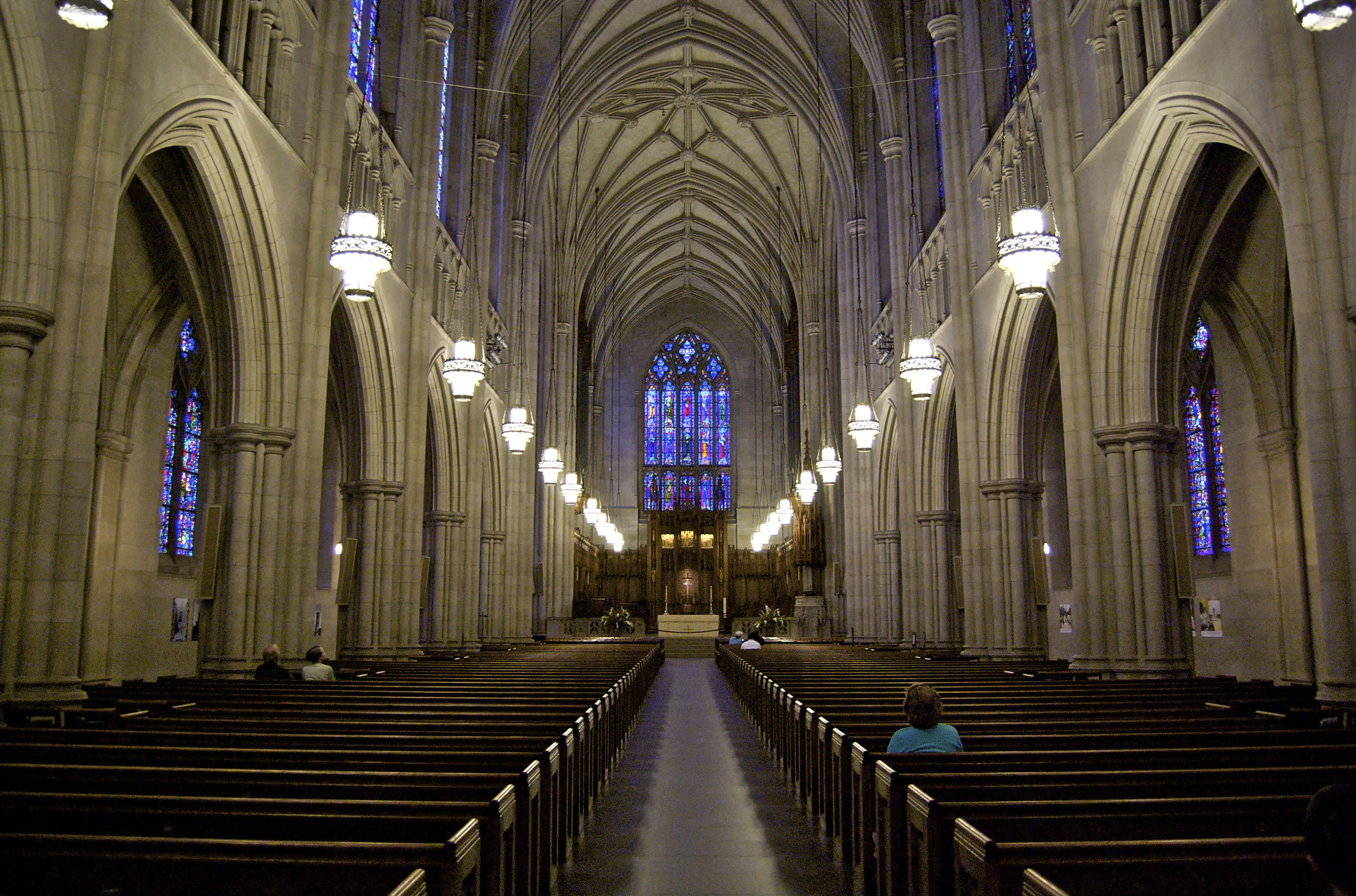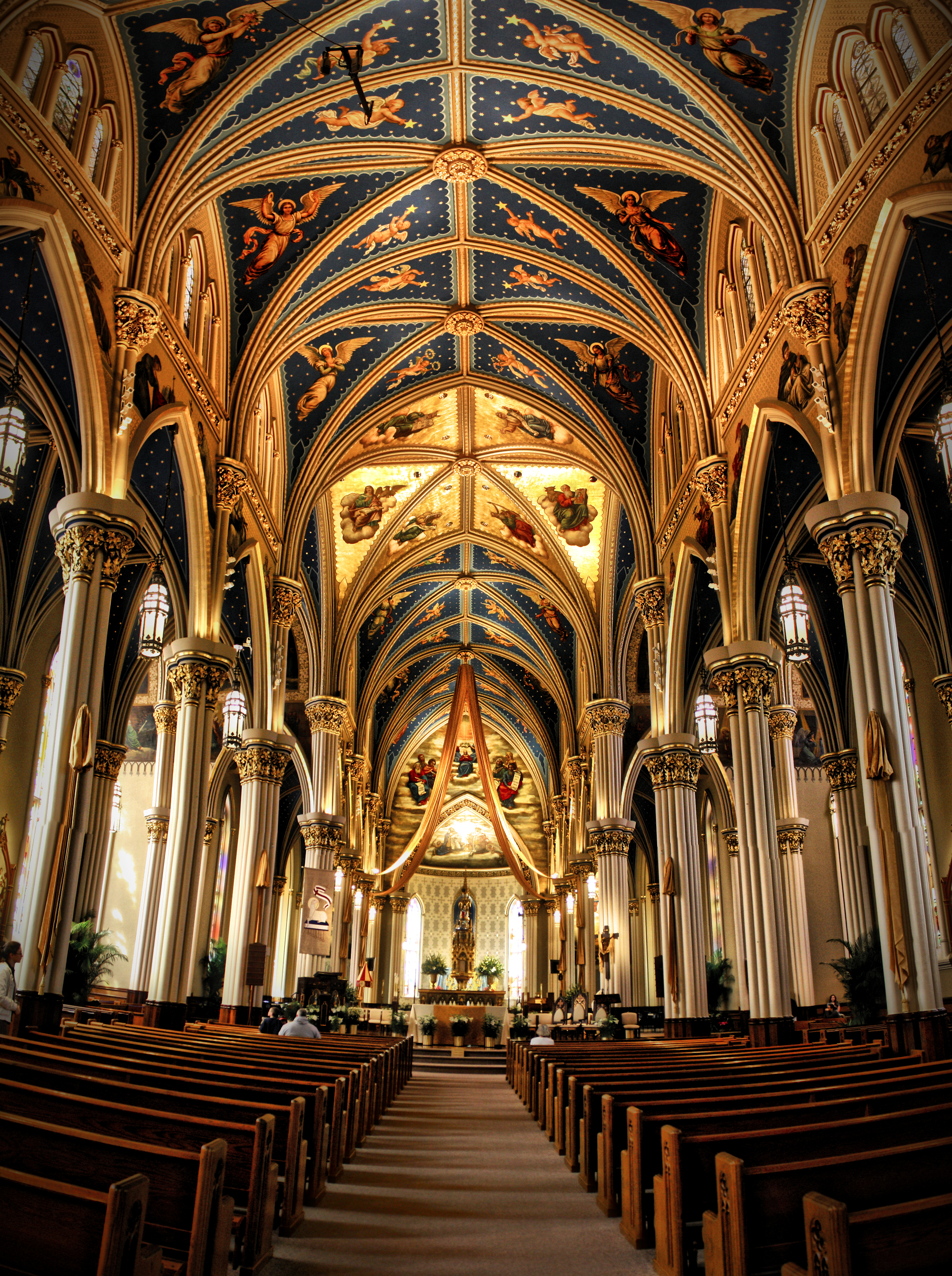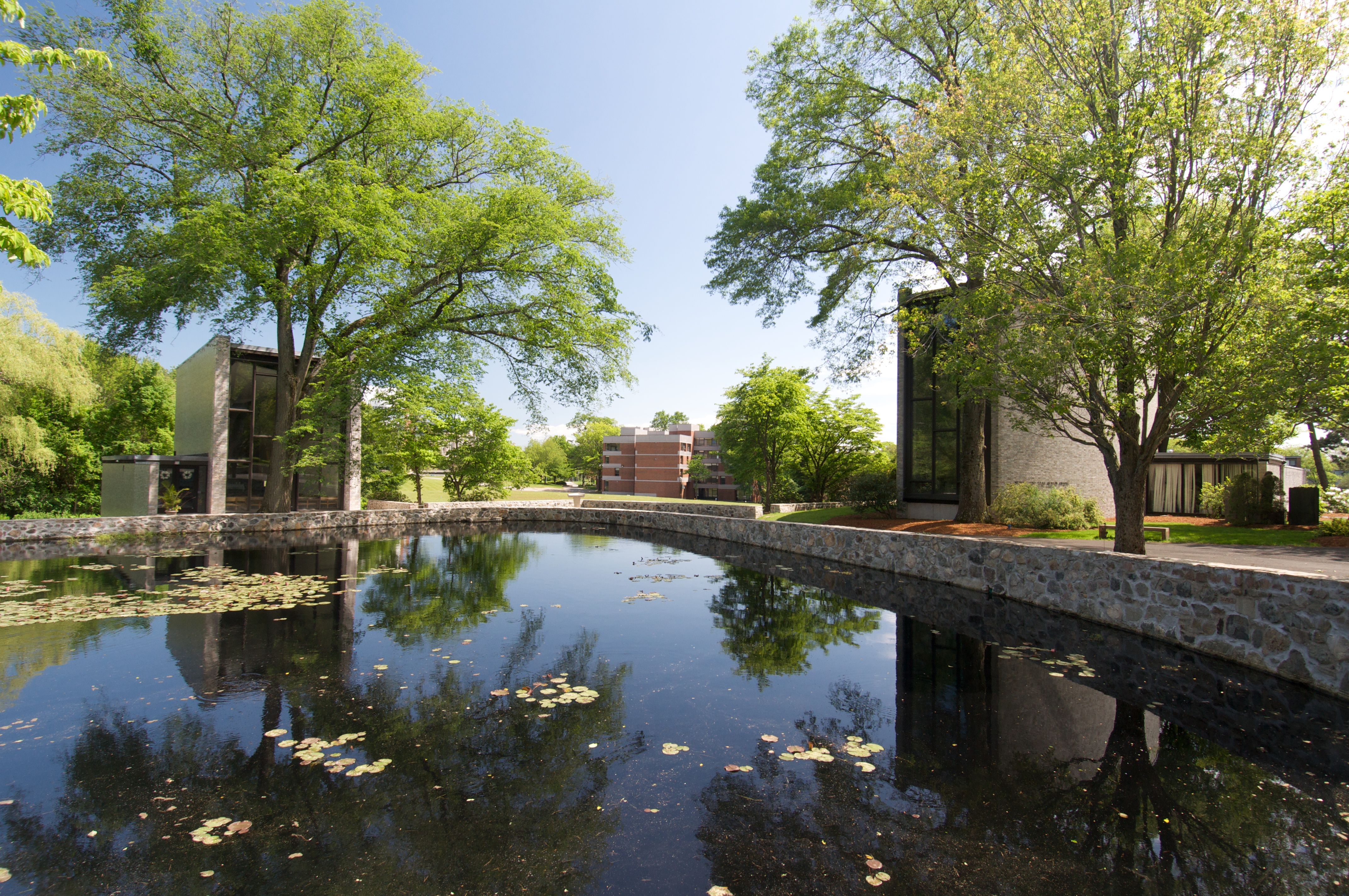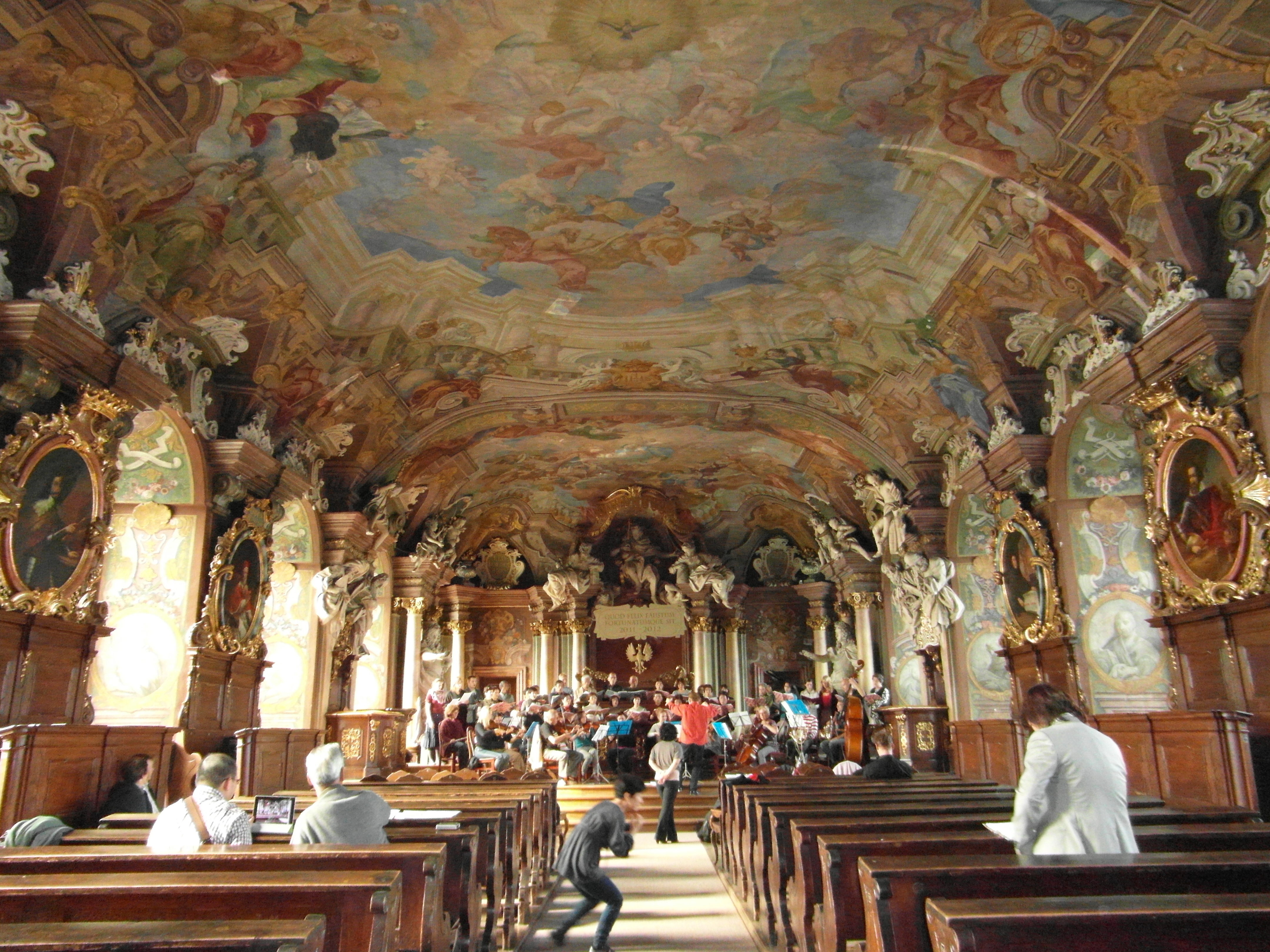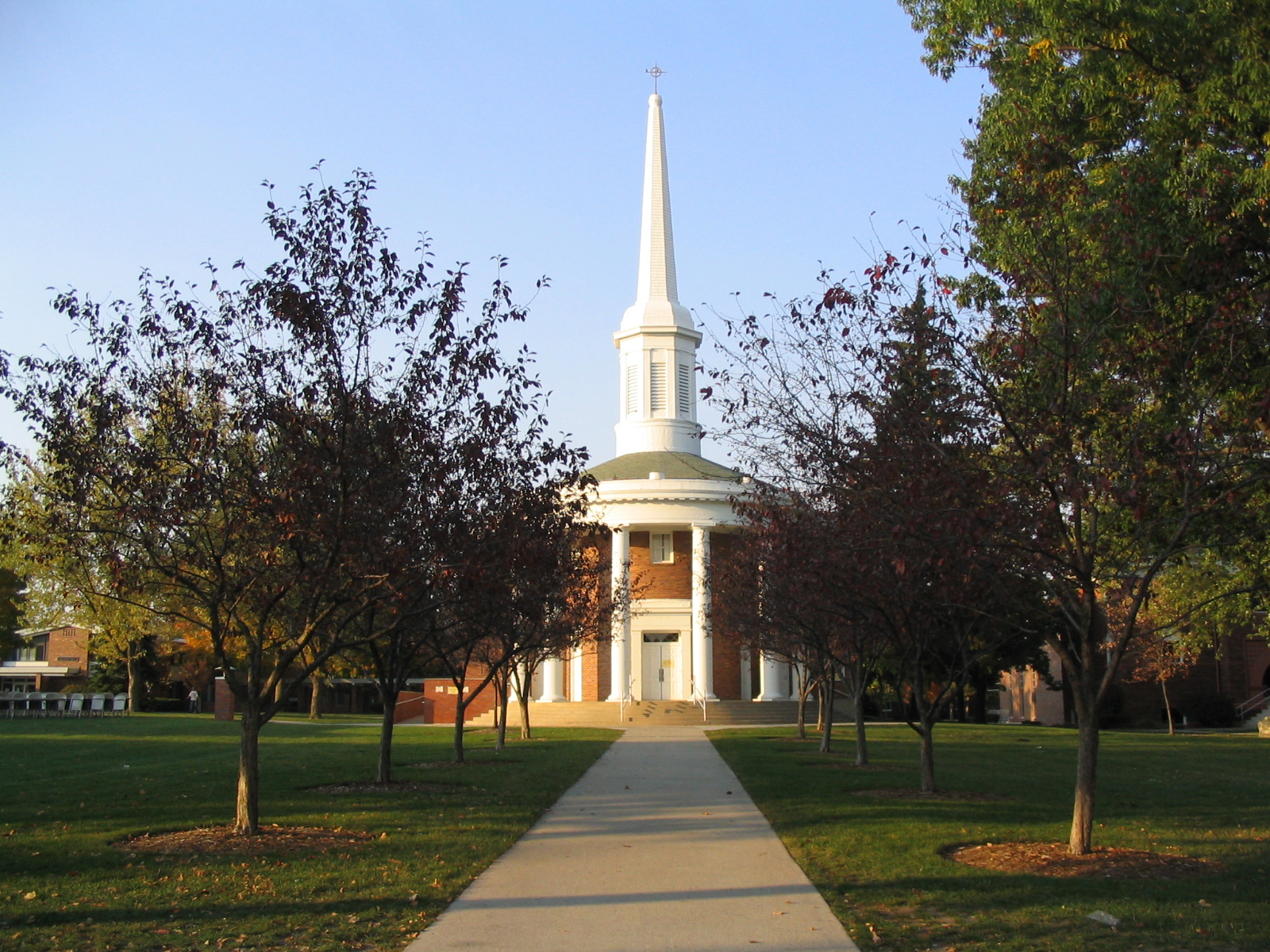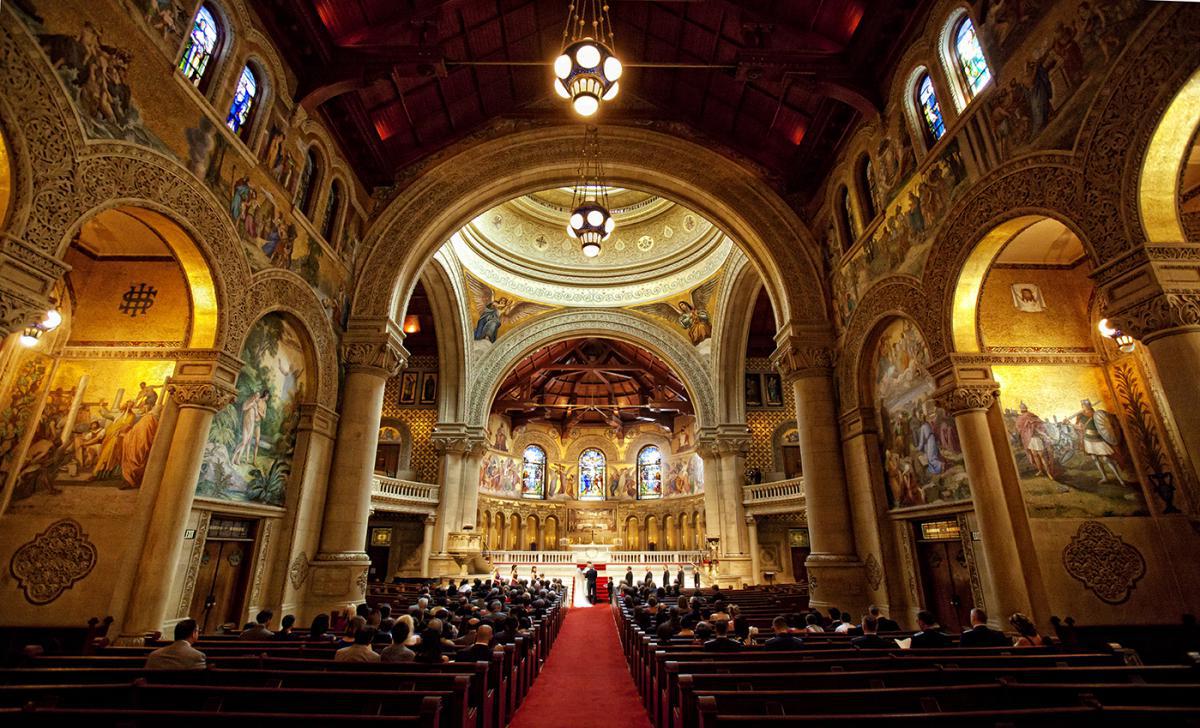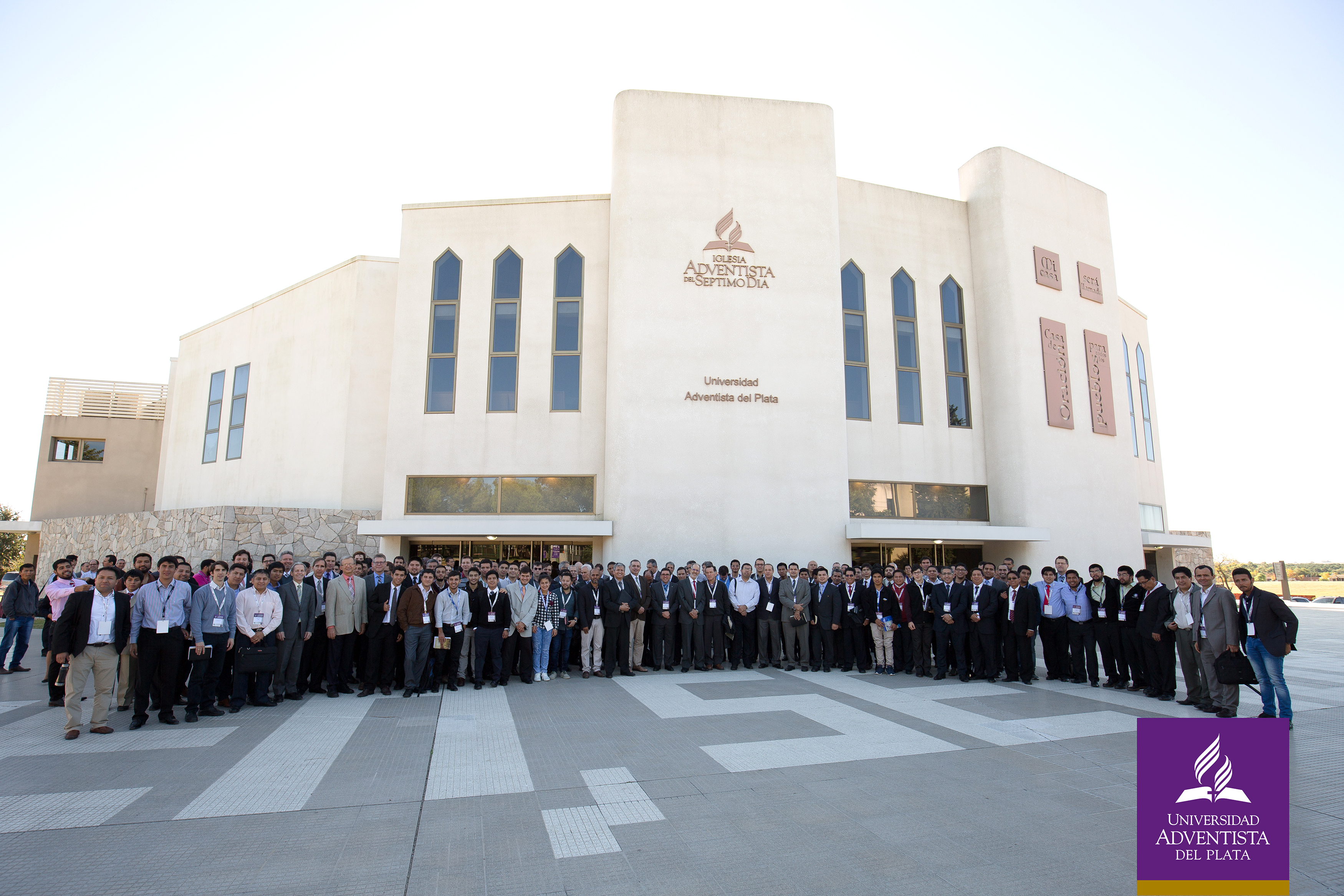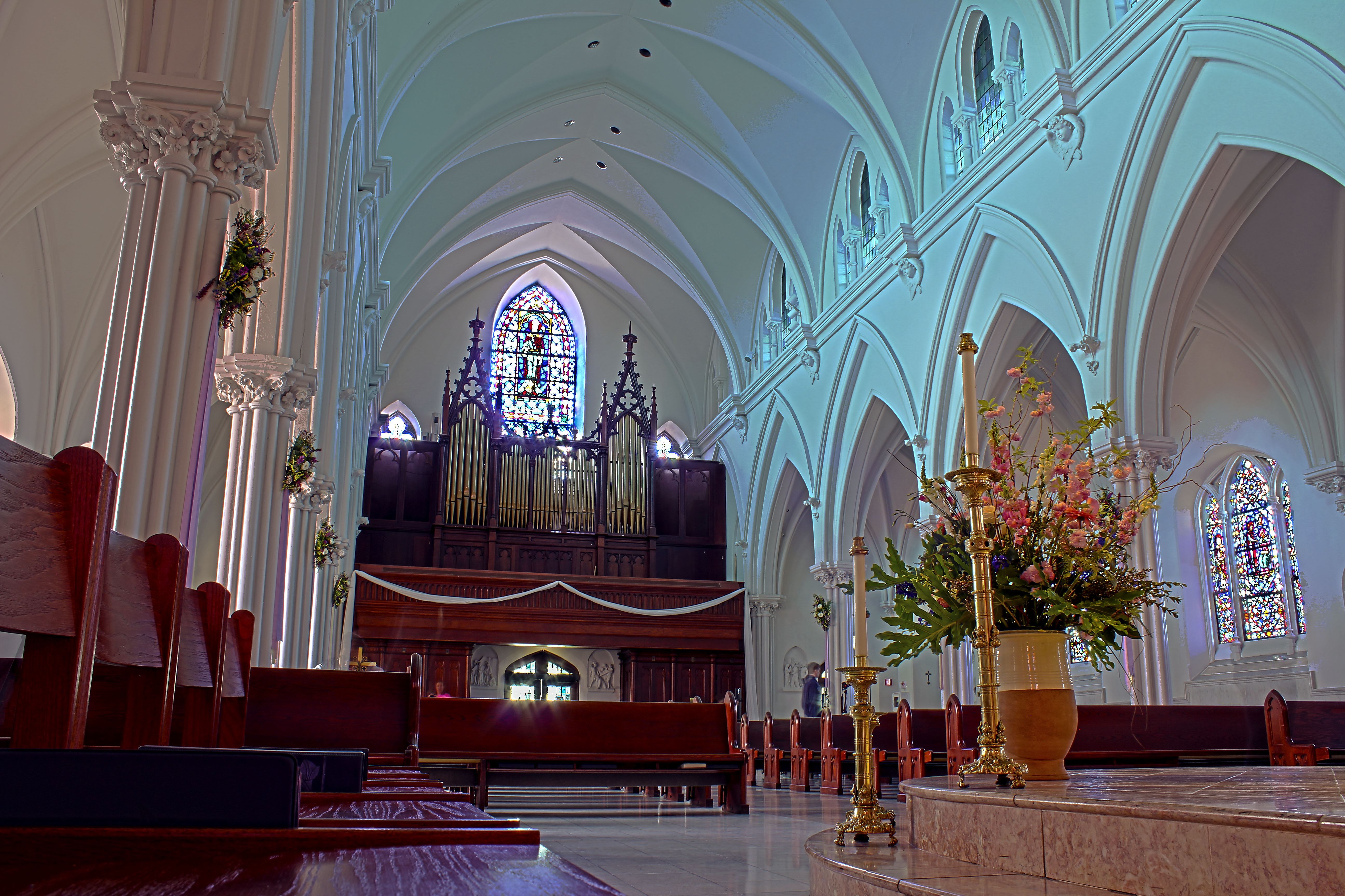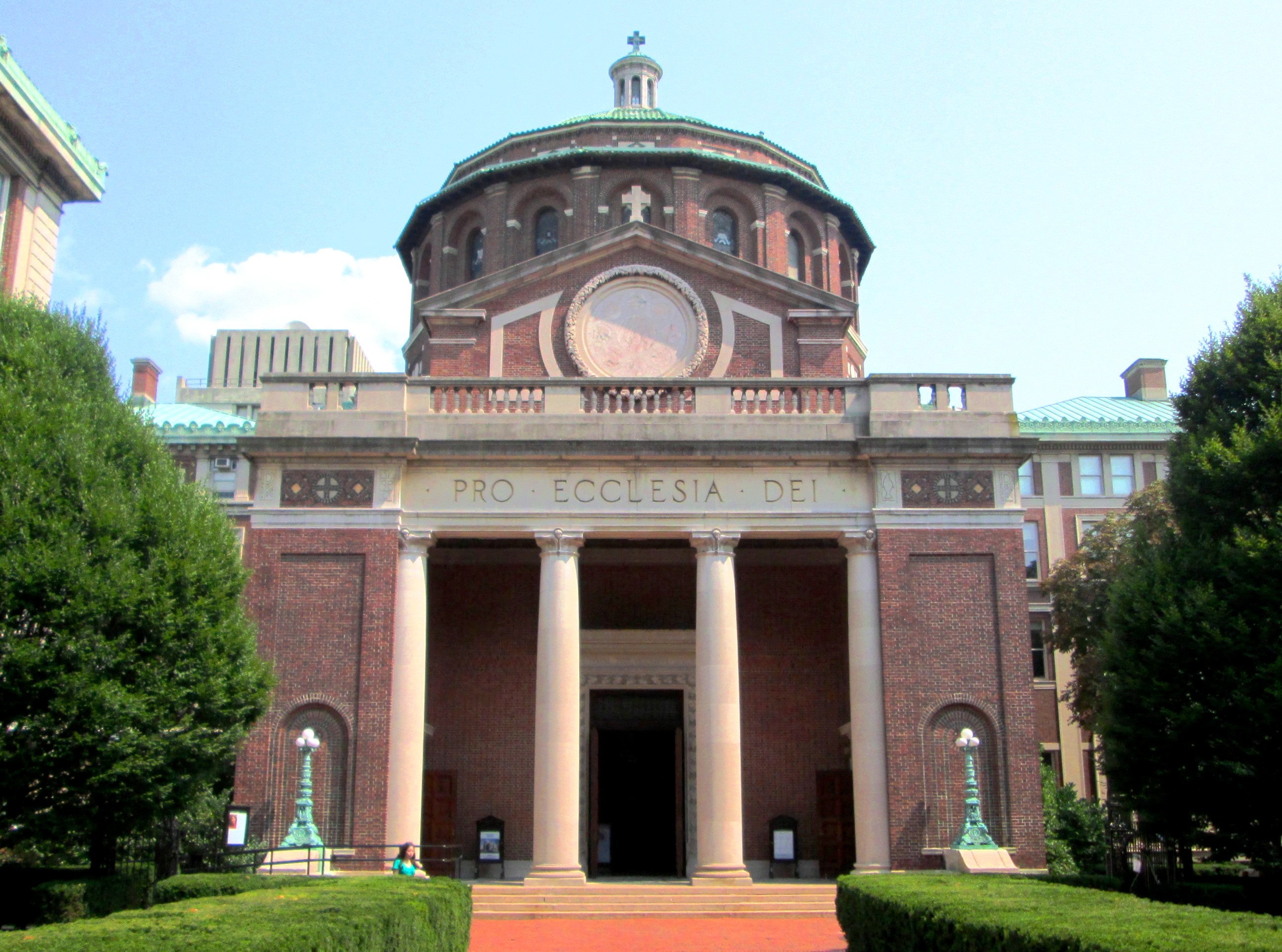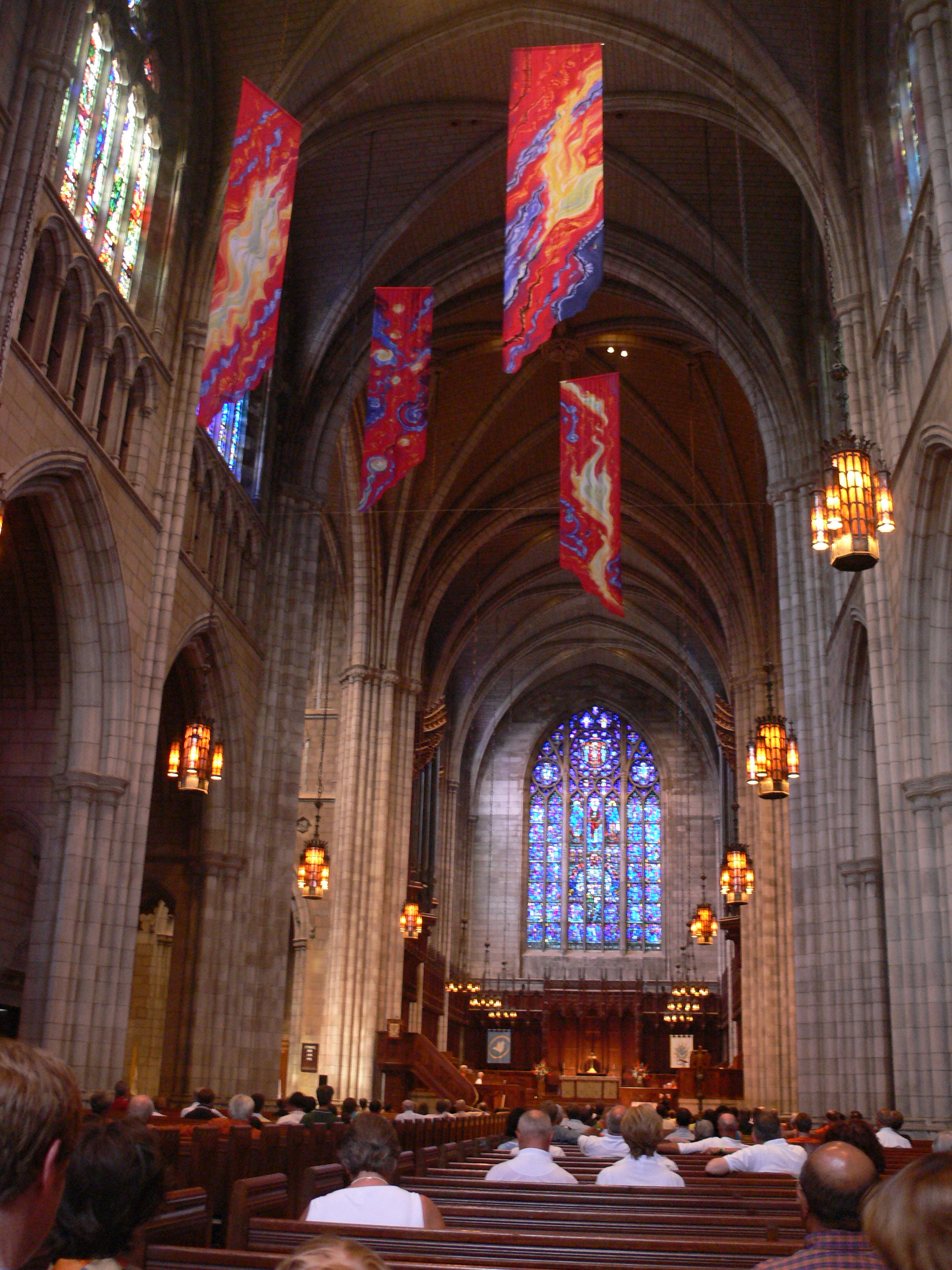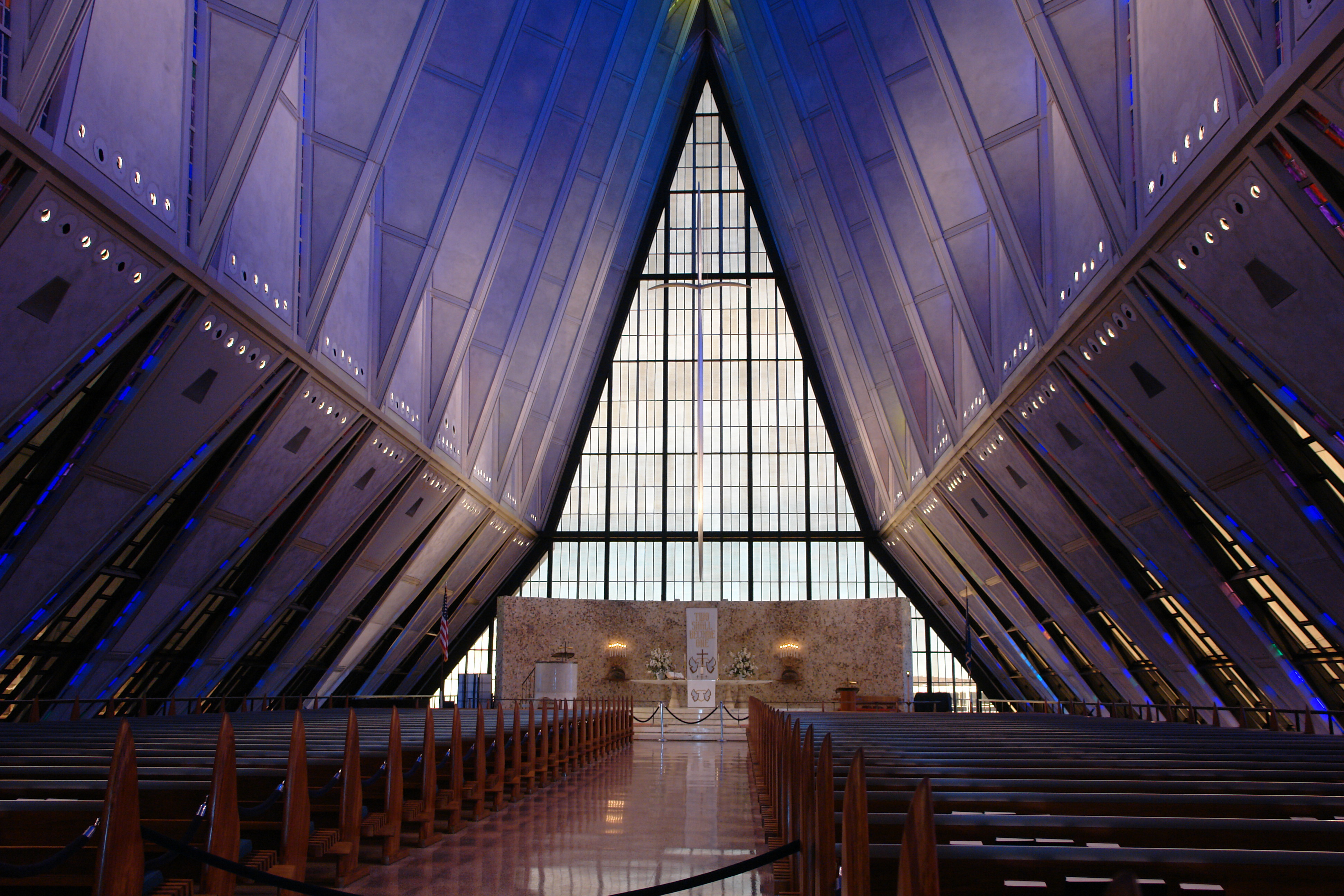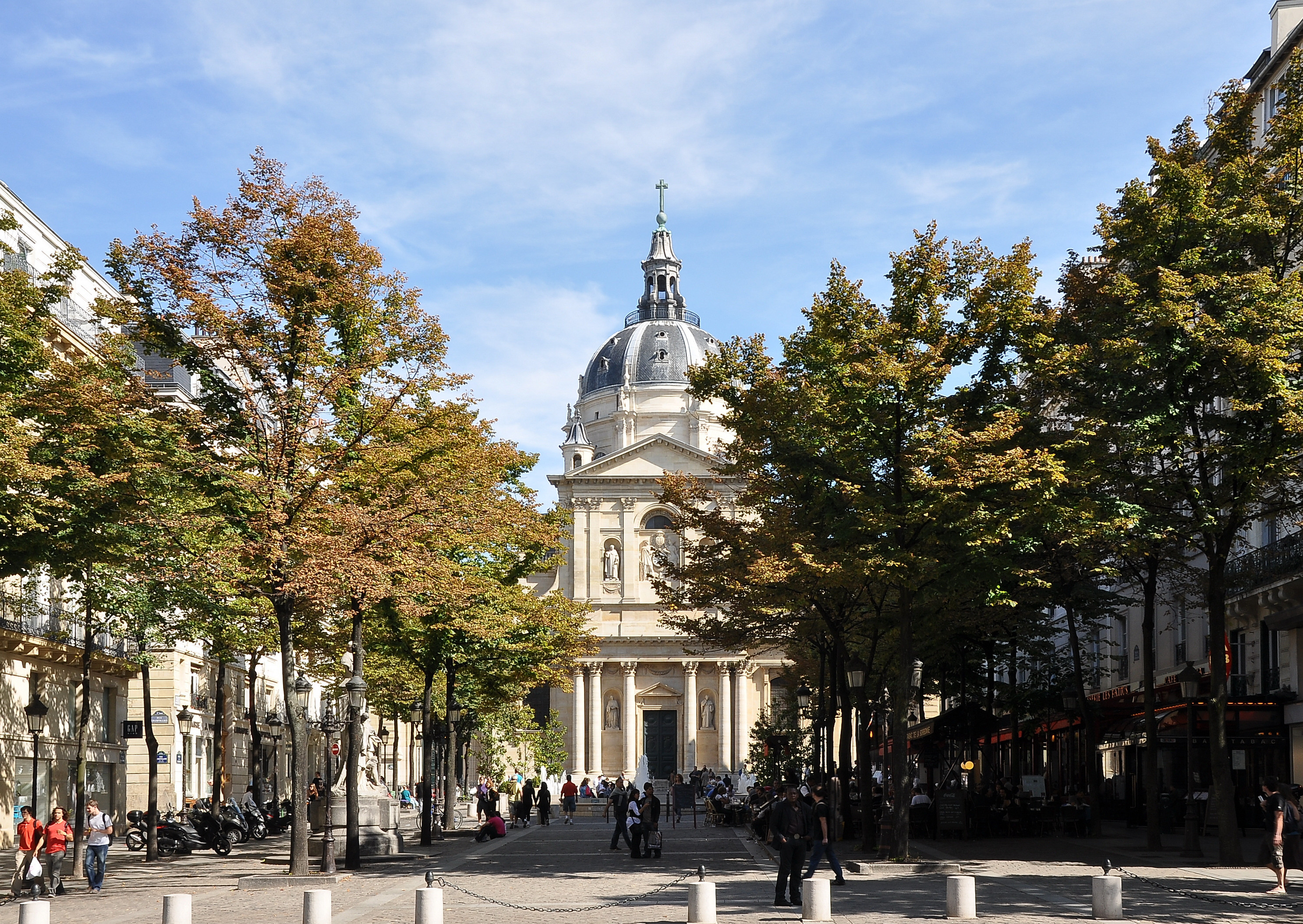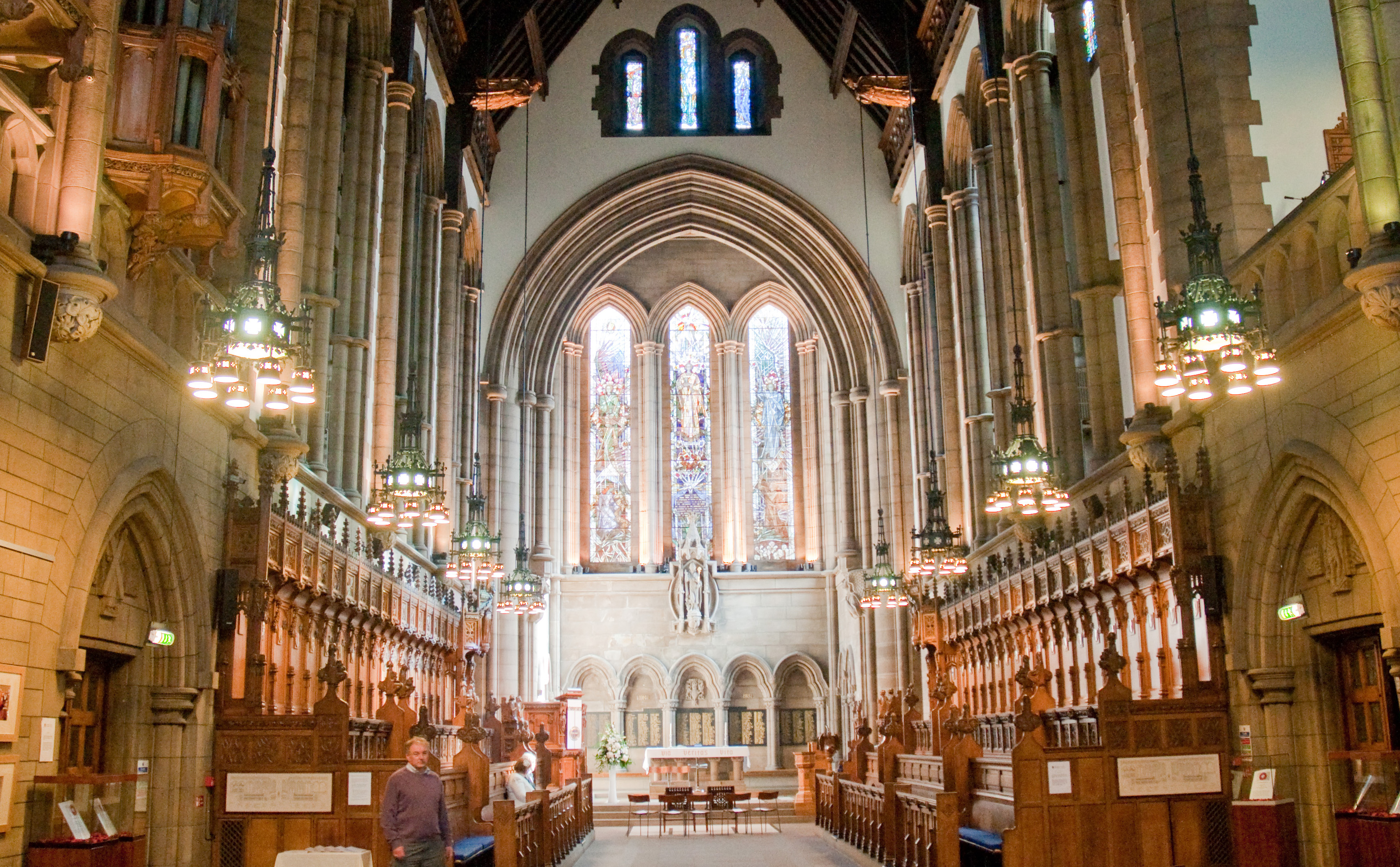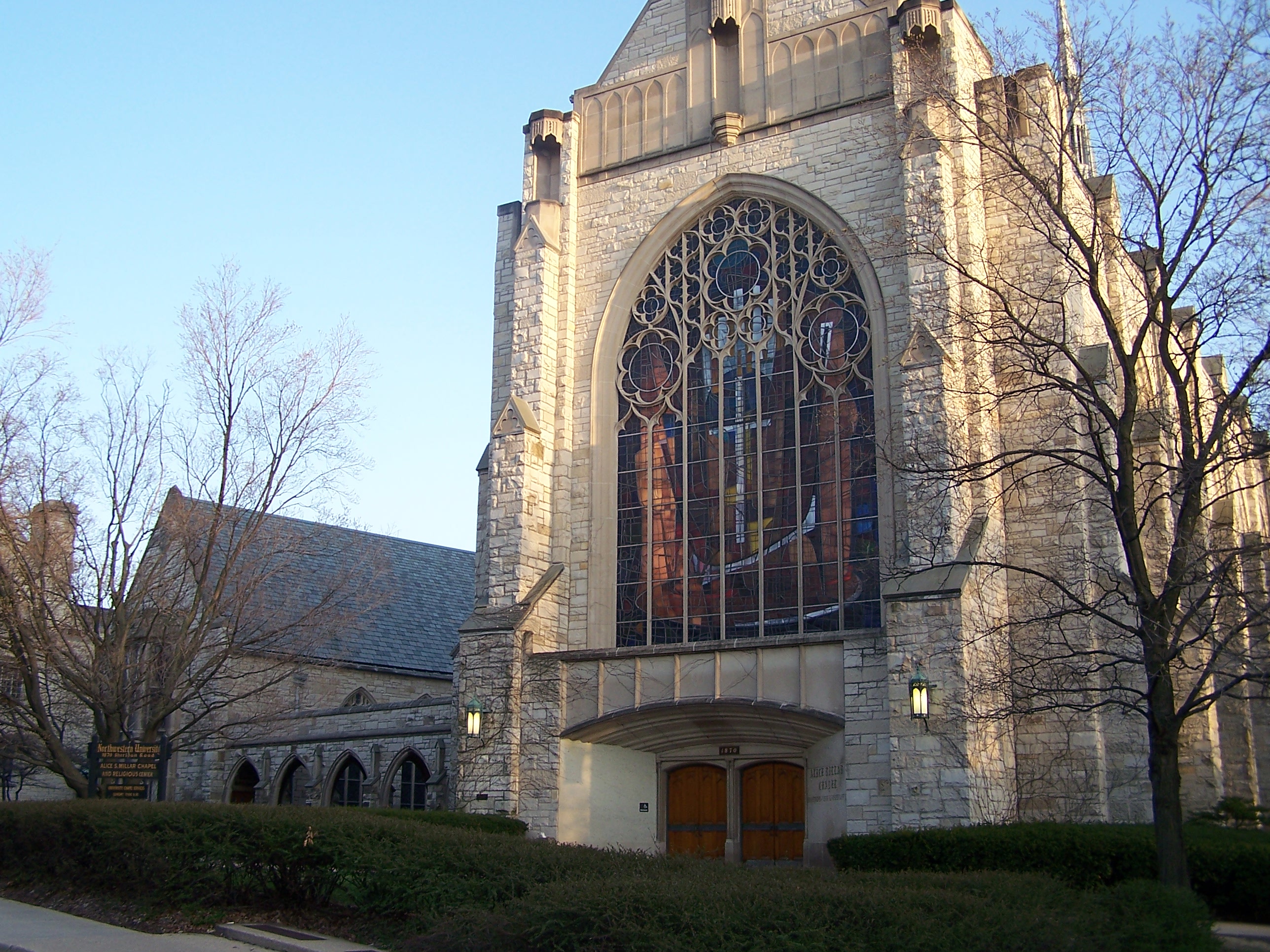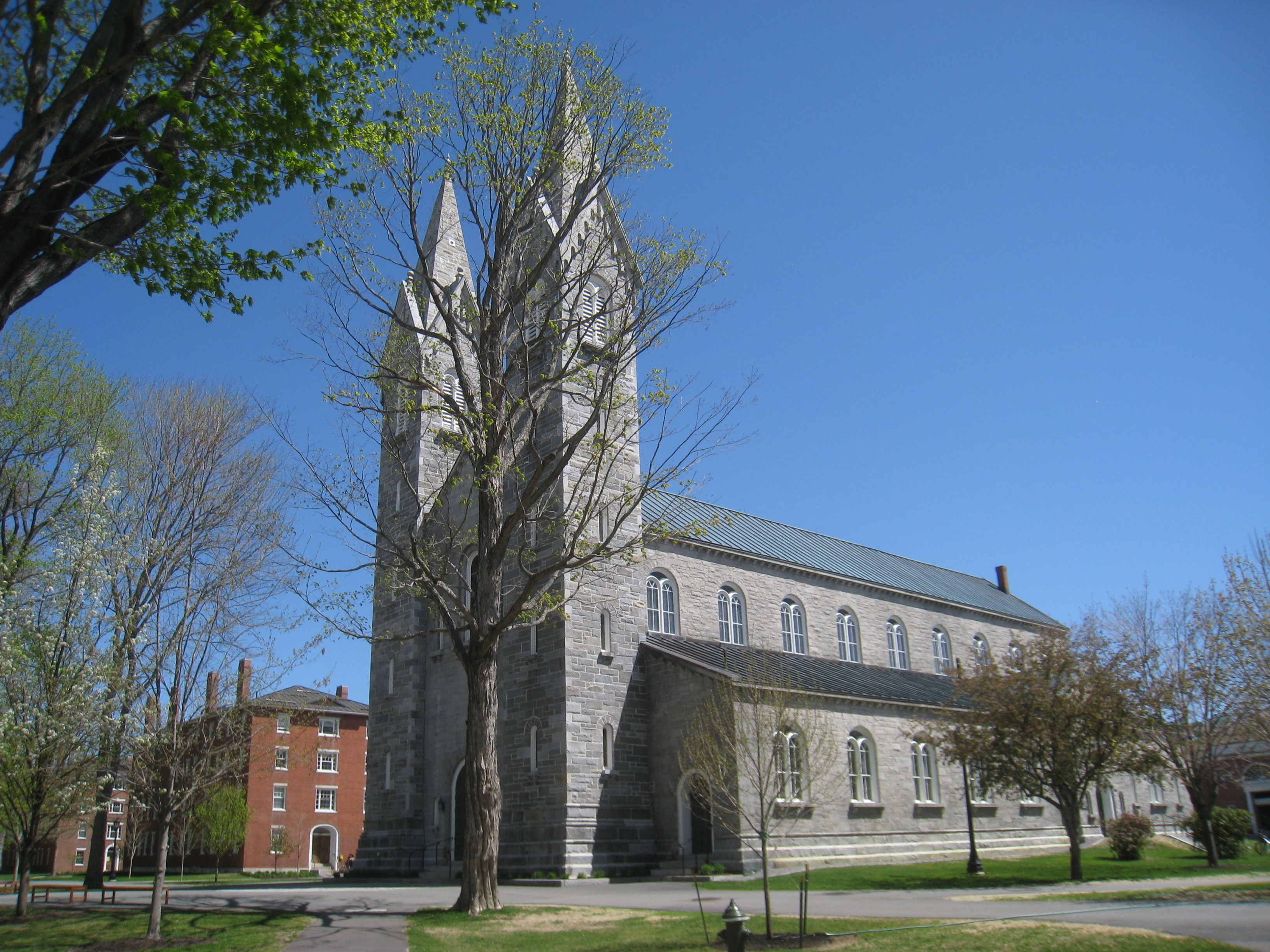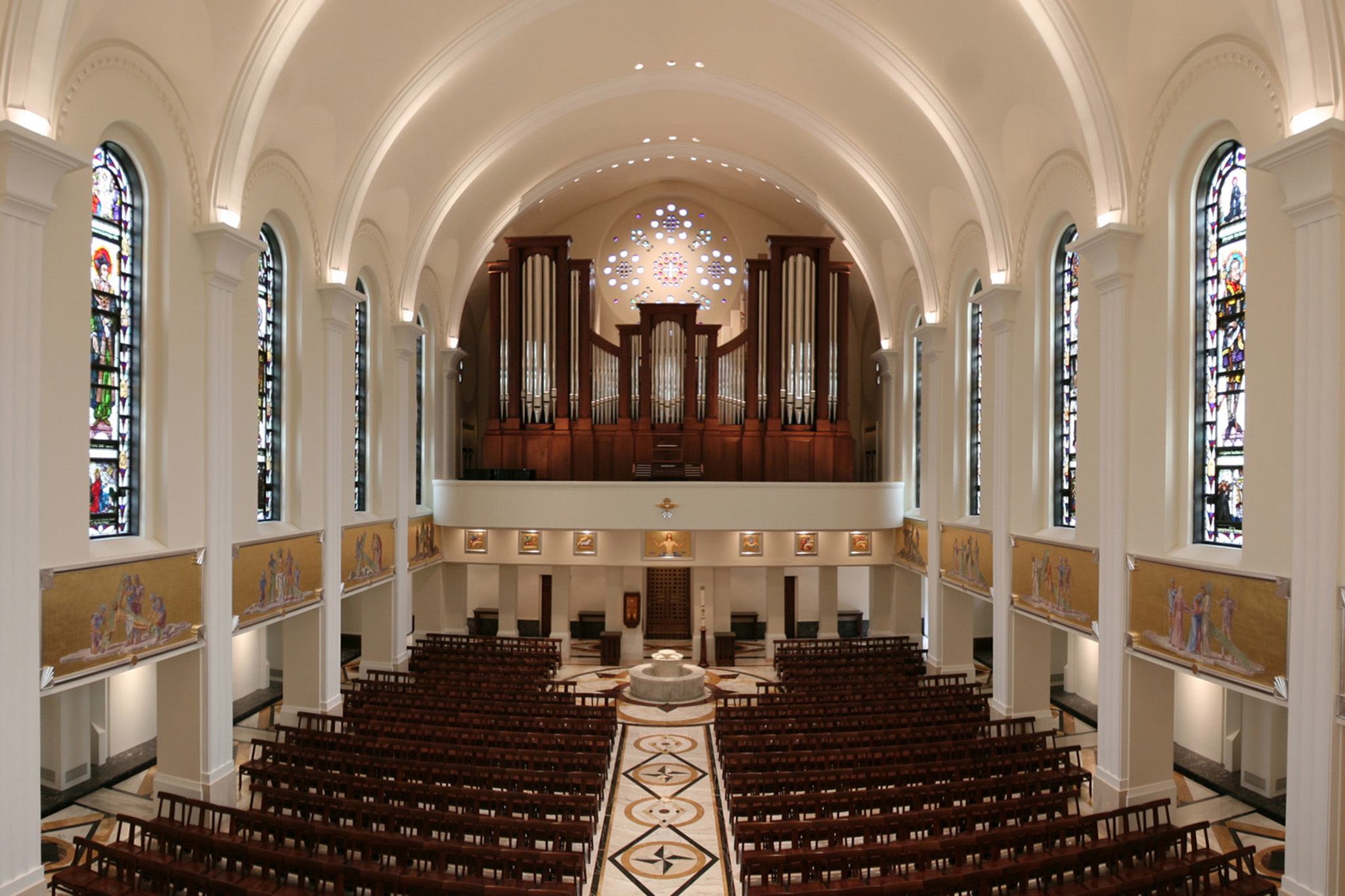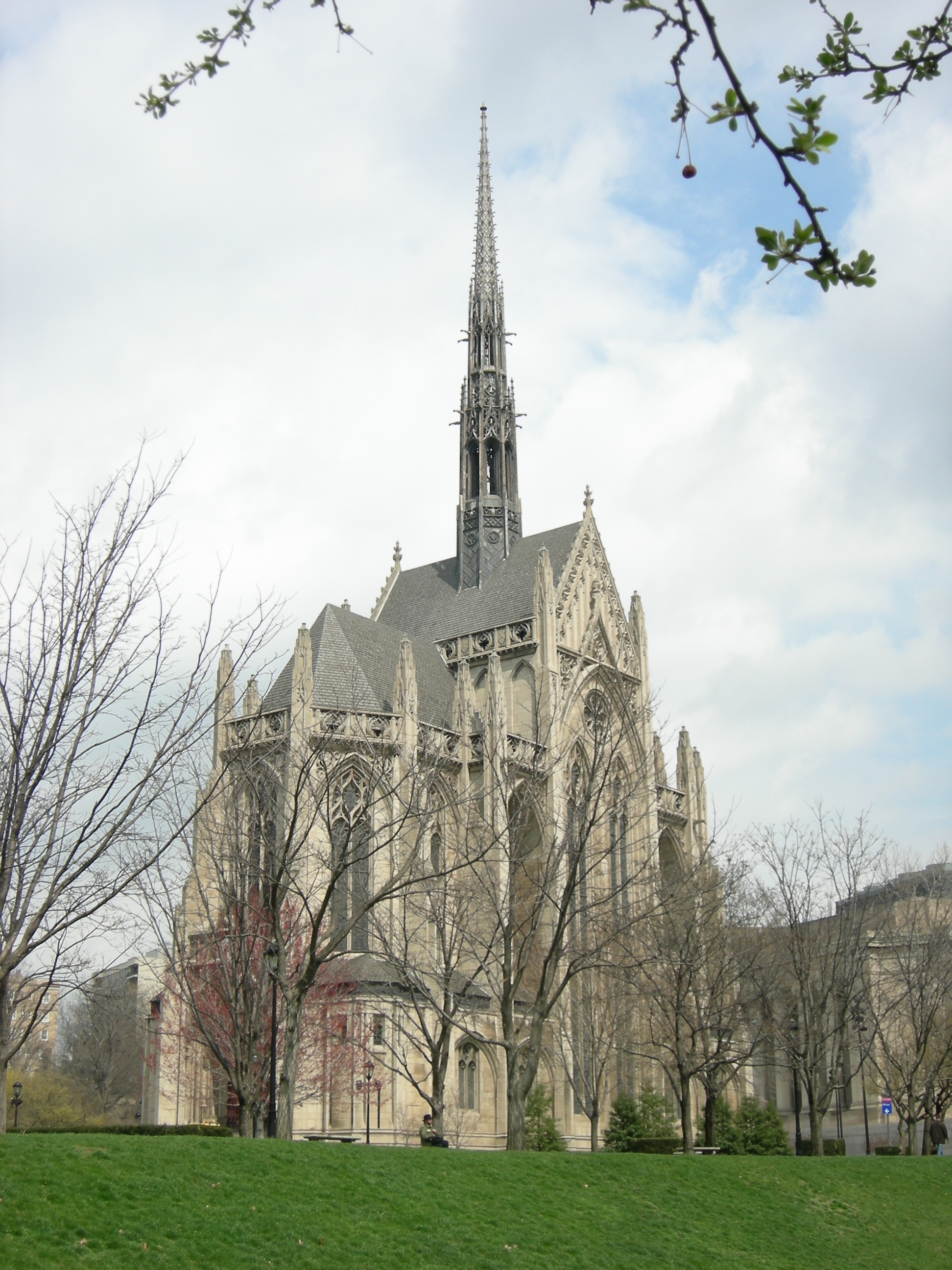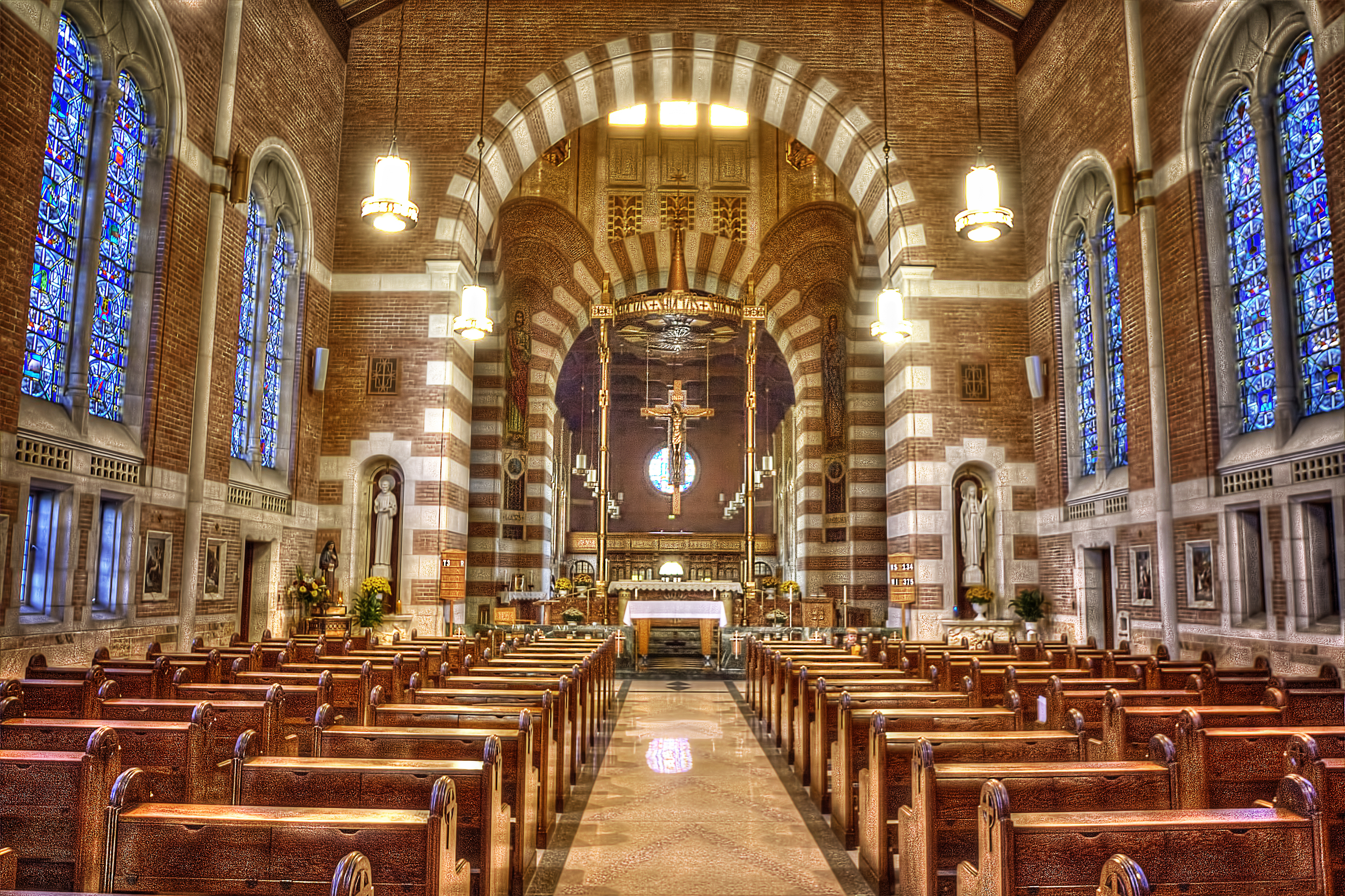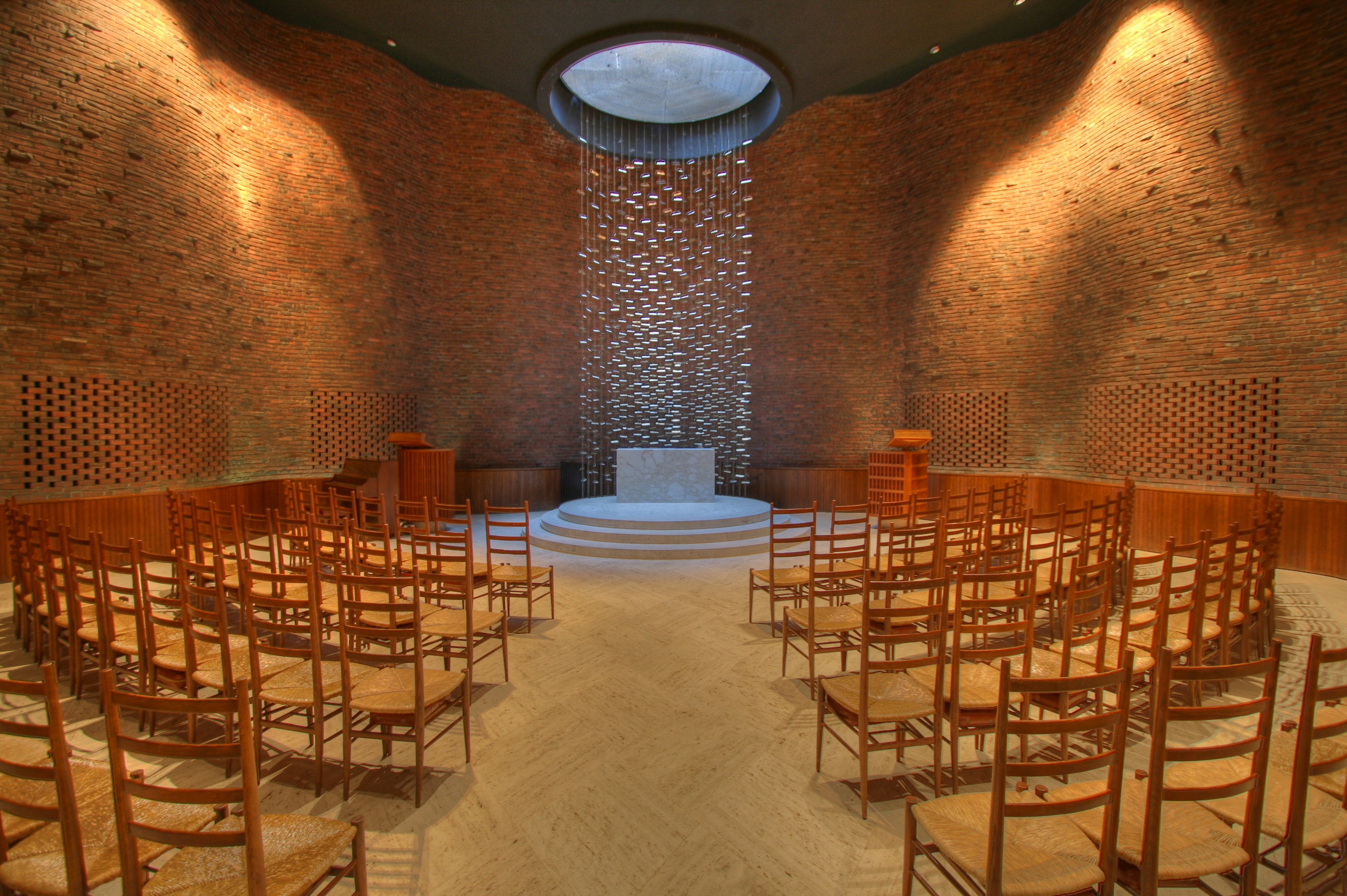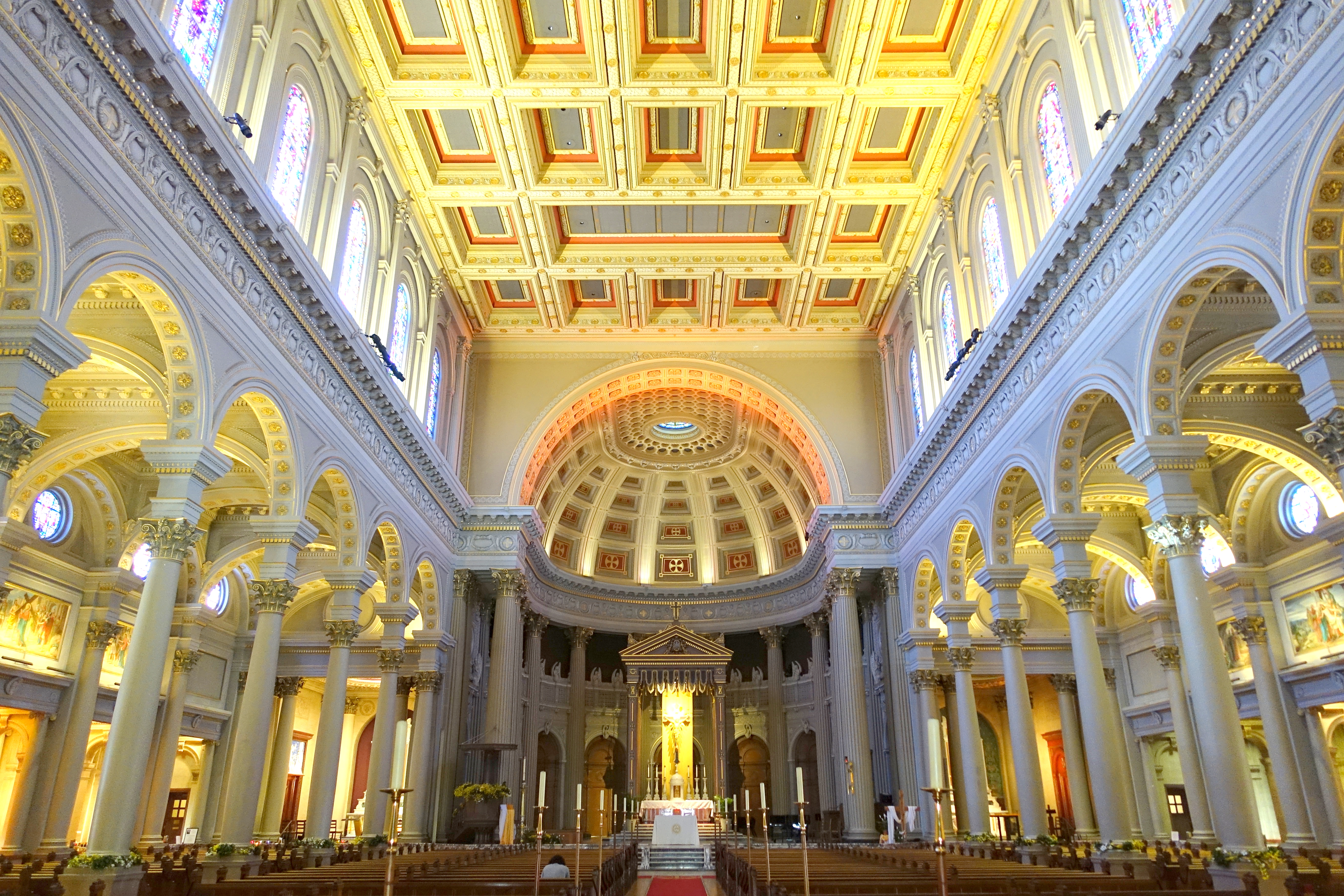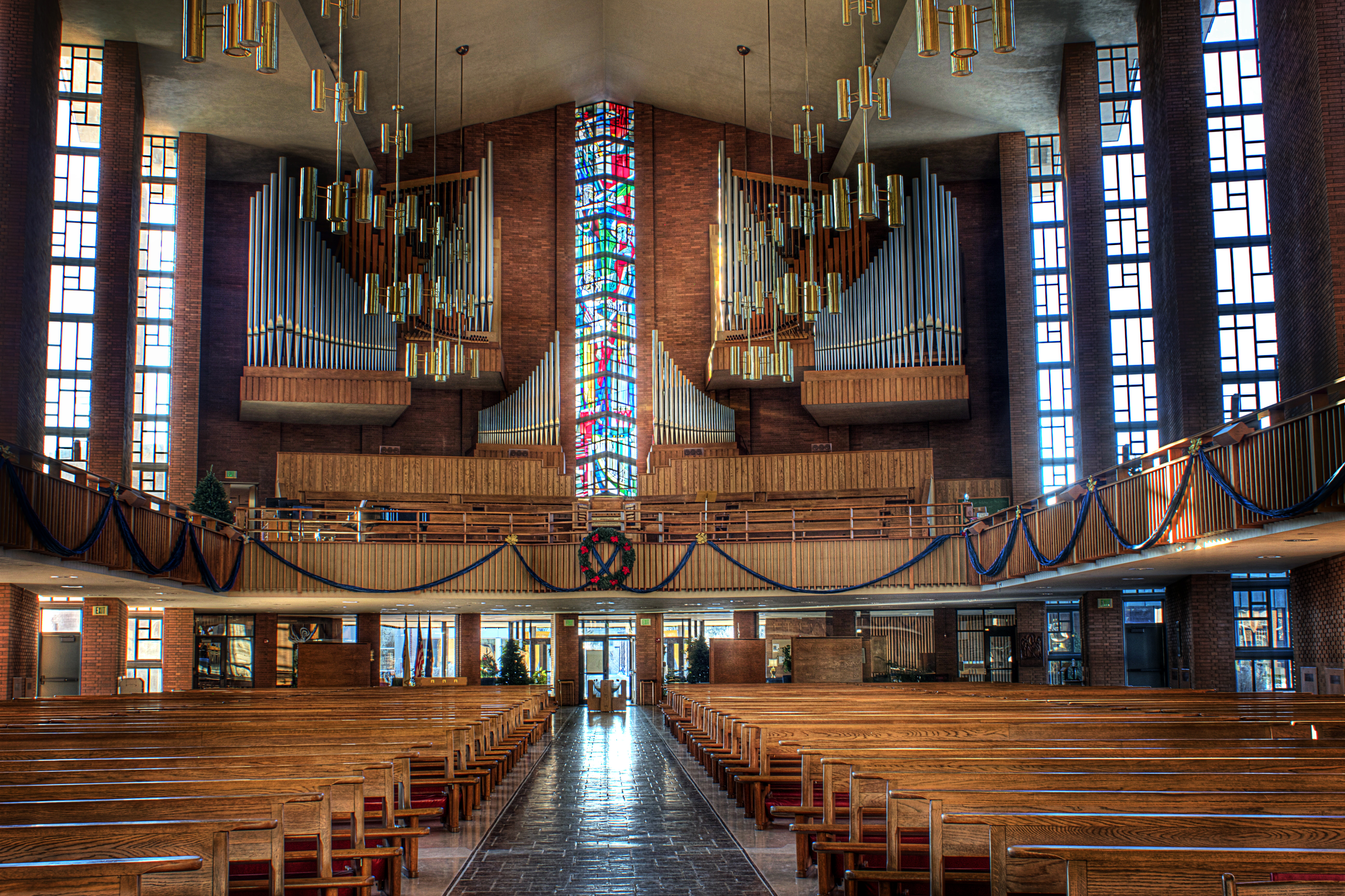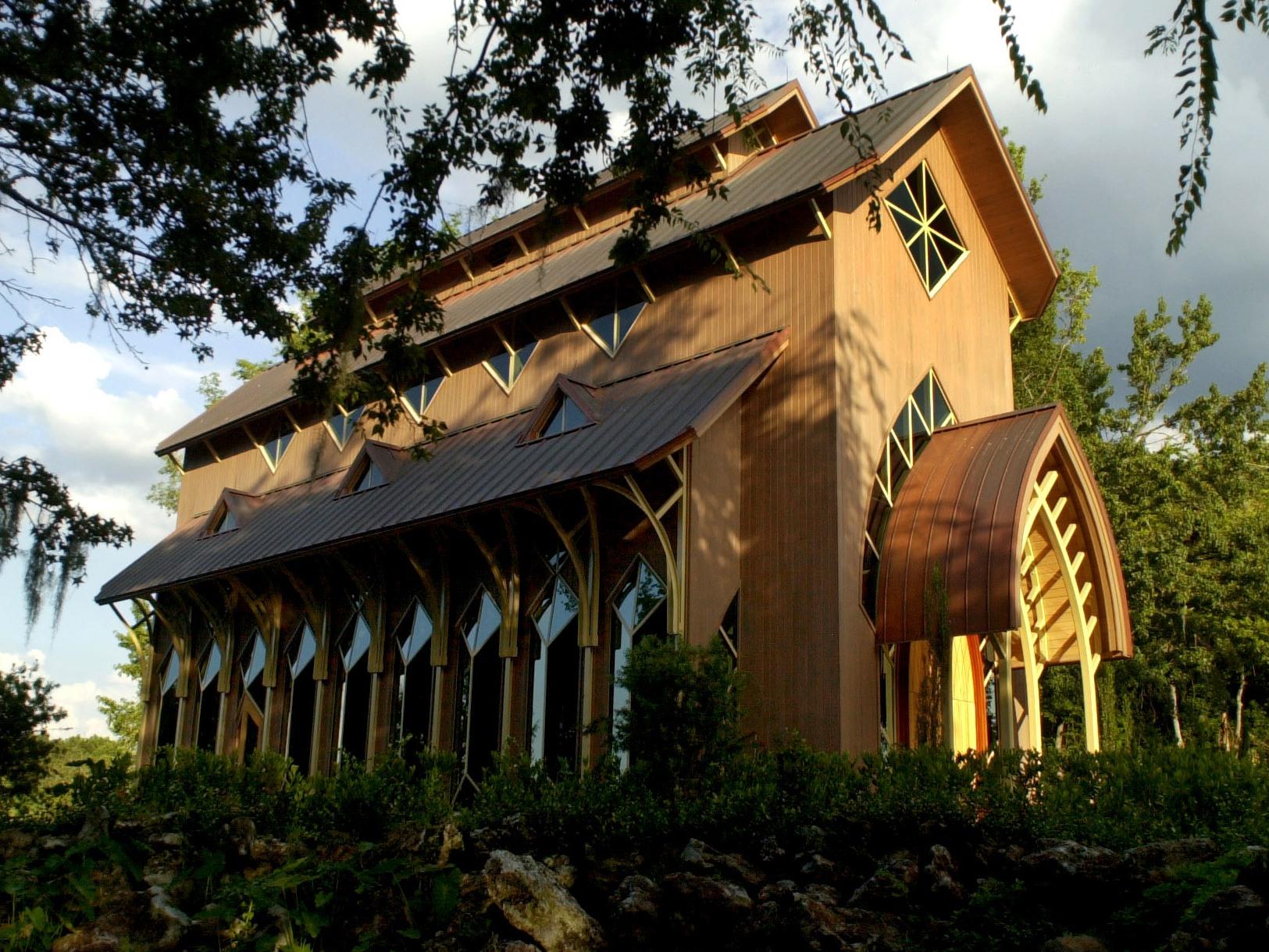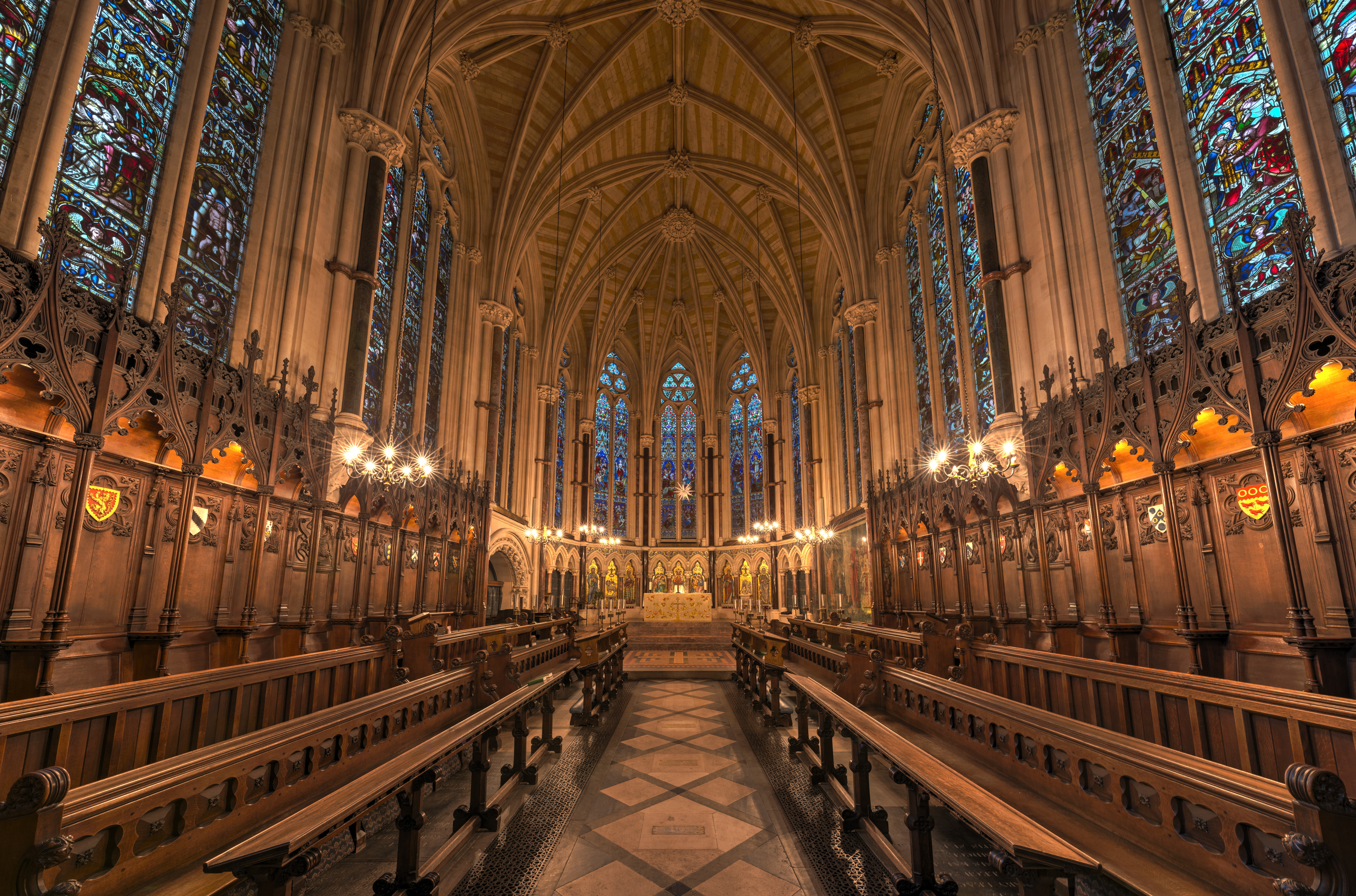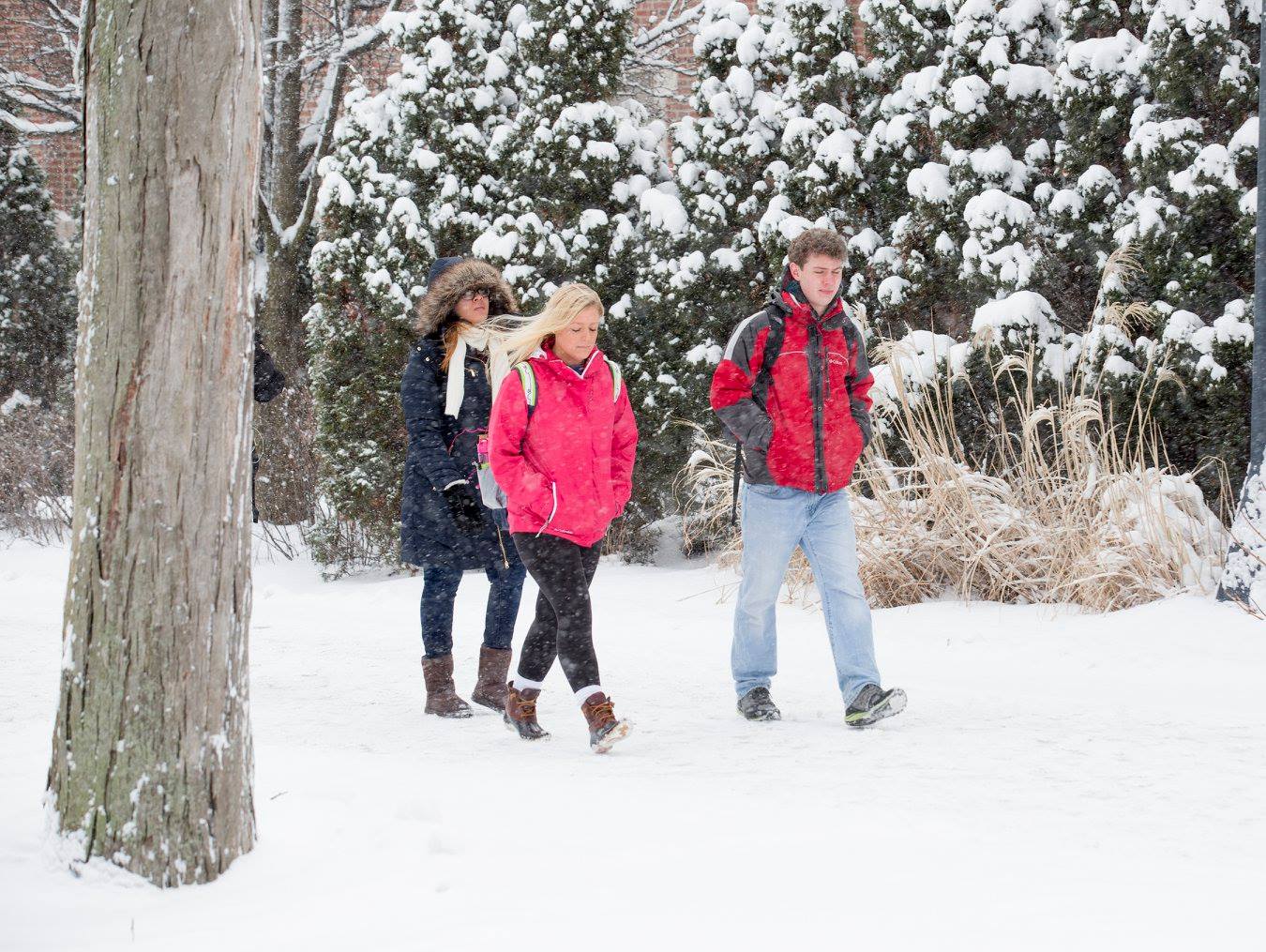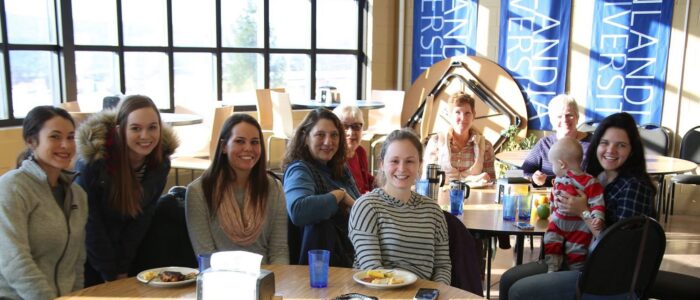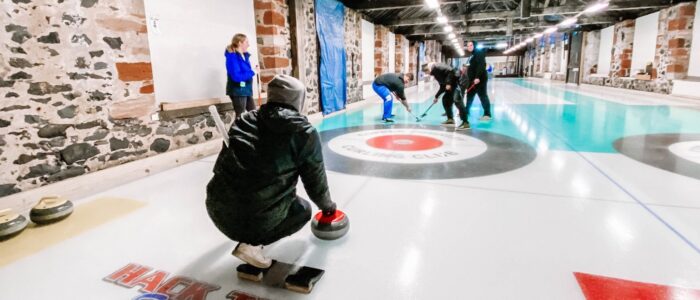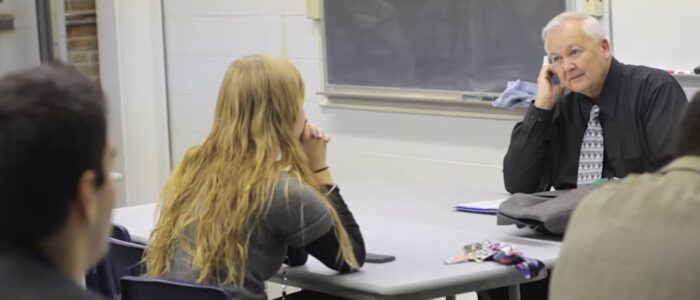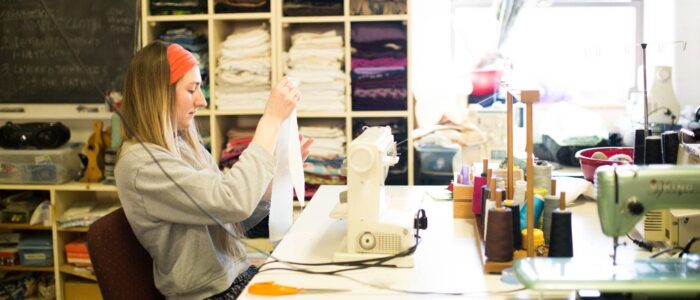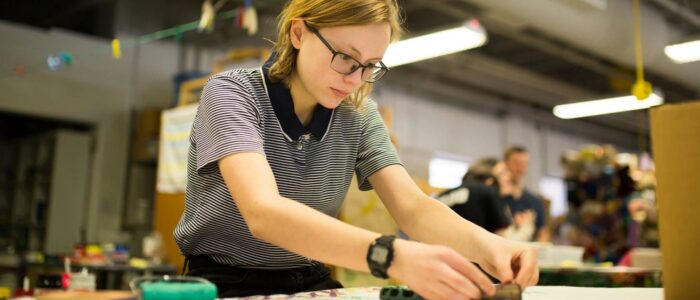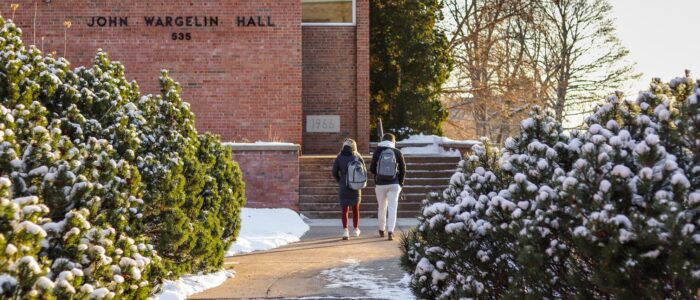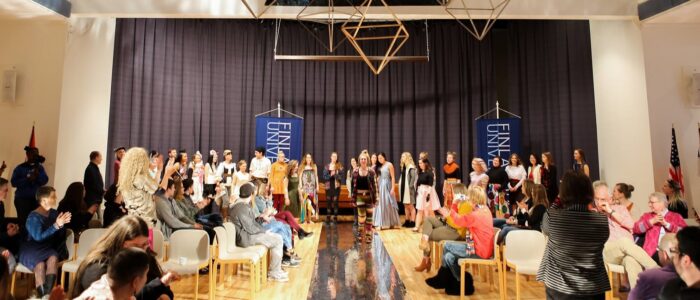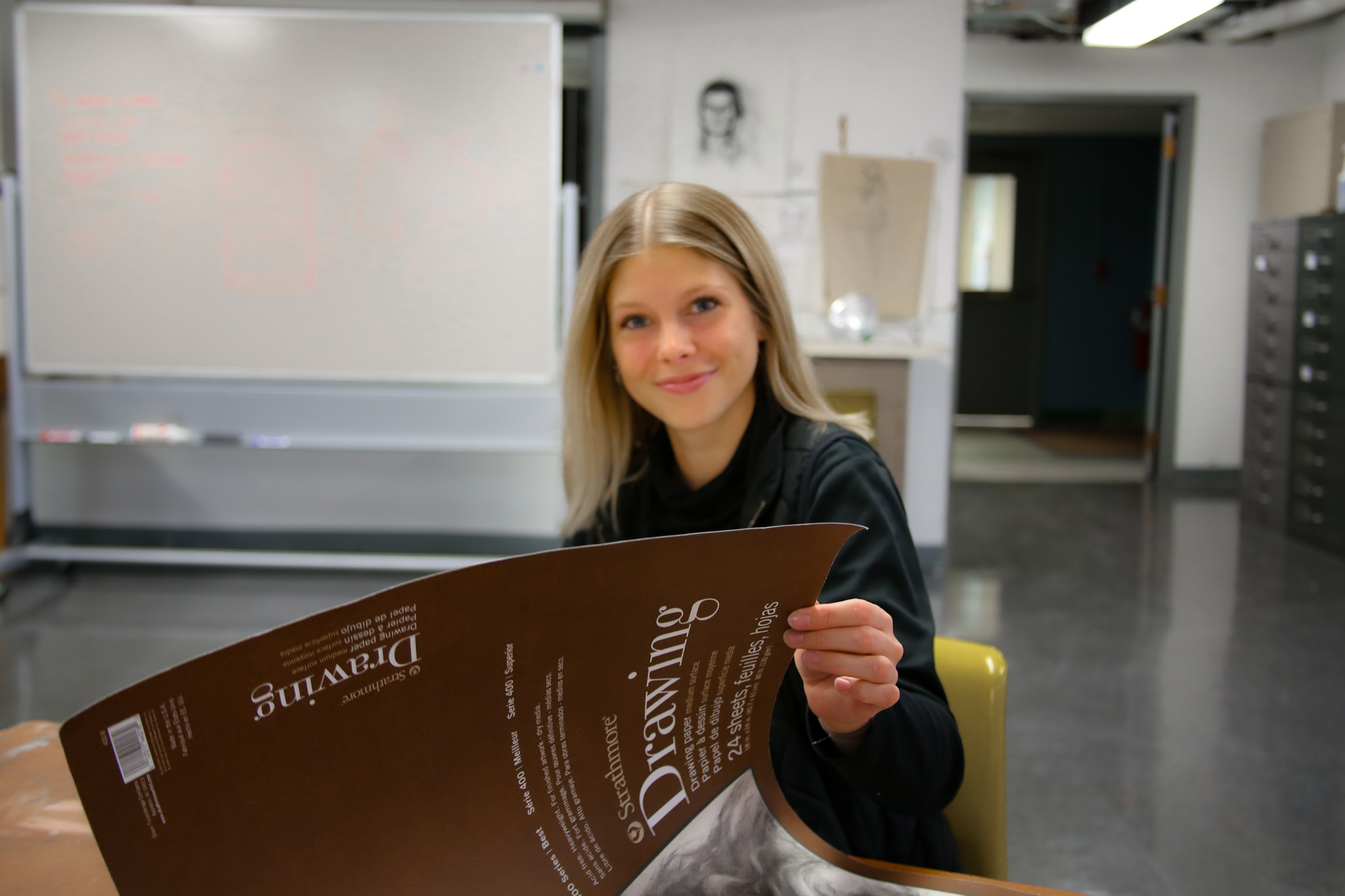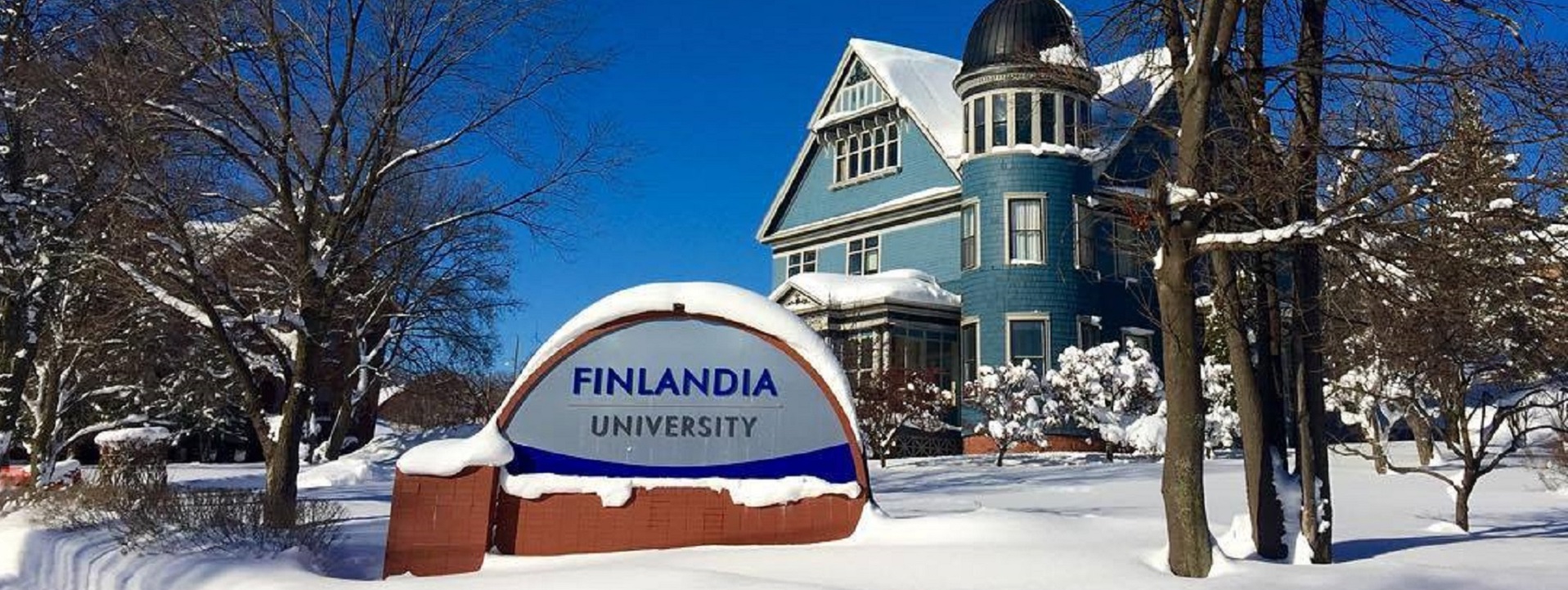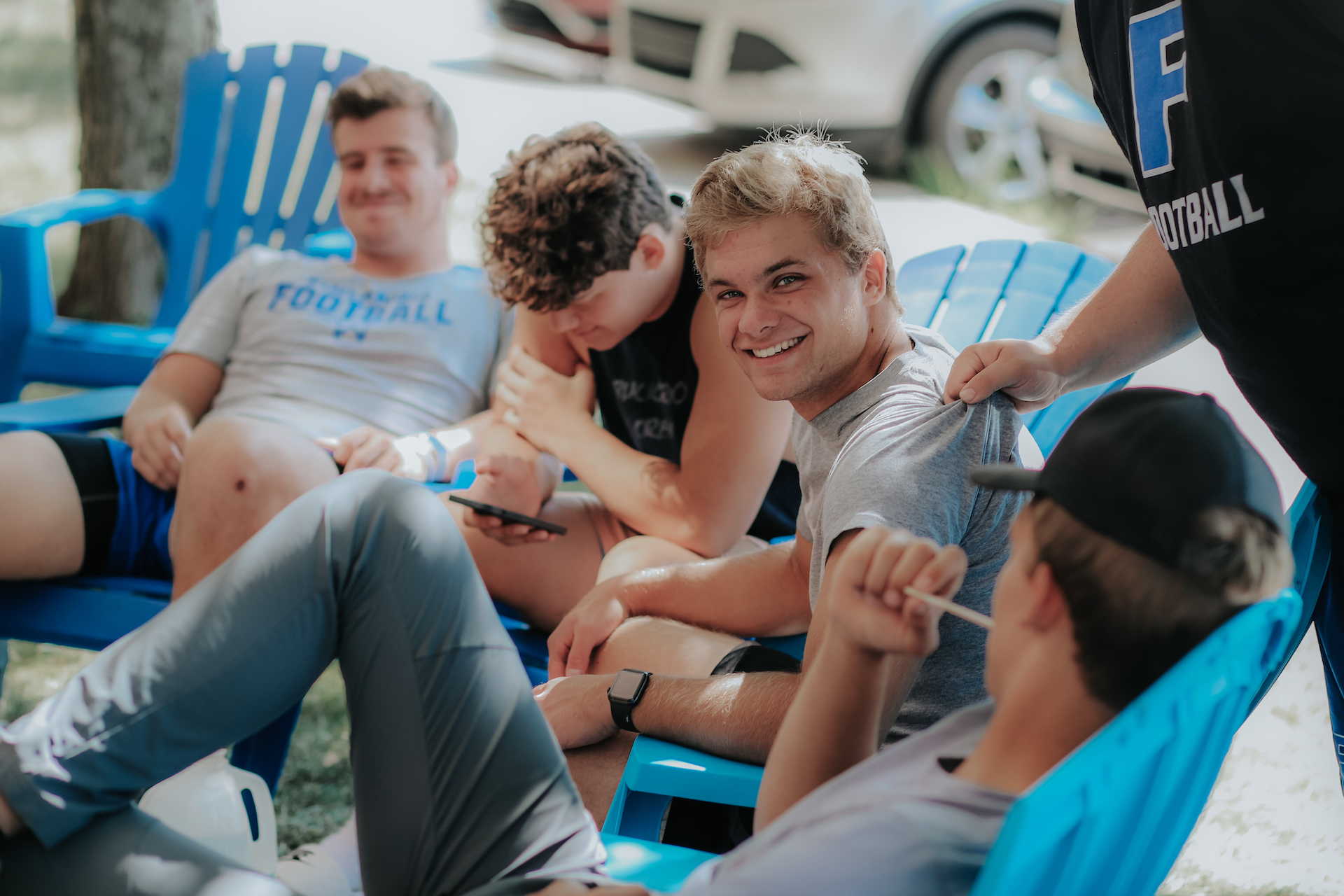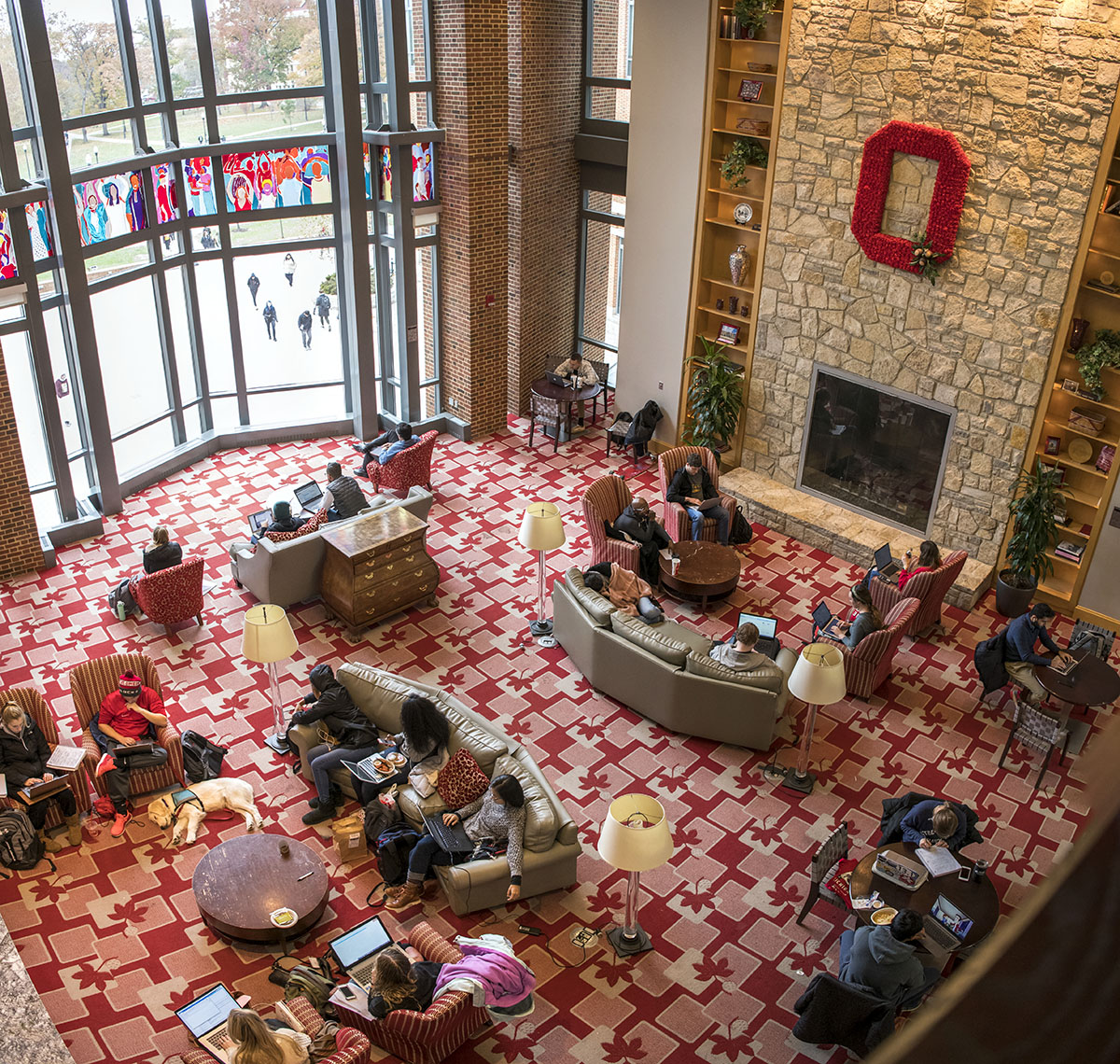Nursing Policy Research
- Home Page 4

Child Day Care
Group B Proposed Changes to the 2024 Editions Complete Monograph (2650 pages)
For today’s session note the proposals listed below:
ADM1-25 Part I (p. 61)
G39-25 Part I (p. 522)
G40-25 Part I (p. 527)
G39-25 Part II (p. 535)
G144-25 (p. 740)
EB7-25 (p. 1438)
Z1-25 (p. 2582)
Link to April Committee Action Hearing Videos
2024 Complete Change Monograph (2658 Pages)
Safety and sustainability for any facility begins with an understanding of who shall occupy the built environment and how. University settings, with mixed-use phenomenon arising spontaneously and temporarily, often present challenges. Educational communities are a convergent settings for families; day care facilities among them. First principles regarding occupancy classifications for day care facilities appear in Section 308 of the International Building Code, Institutional Group I; linked below:
2018 International Building Code Section 308 Institutional Group I-4 (Superseded in some jurisdictions)
The ICC Institutional Group I-4 classification includes buildings and structures occupied by more than five persons of any age who received custodial care for fewer than 24 hours per day by persons other than parents or guardian, relatives by blood, marriage or adoption, and in a place other than the home of the person cared far. This group includes both adult and child day care.
We maintain focus on child day care. Many educational communities operate child day care enterprises for both academic study and/or as auxiliary (university employee benefit) enterprises.
Each of the International Code Council code development groups fetch back to a shared understanding of the nature of the facility; character of its occupants and prospective usage patterns.
The 2024 revision of the International Building code is in production now. Ahead of the formal, market release of the Group A tranche of titles you can sample the safety concepts in play during this revision with an examination of the documents linked below:
2019 GROUP B PROPOSED CHANGES TO THE I-CODES ALBUQUERQUE COMMITTEE ACTION HEARINGS
2019 REPORT OF THE COMMITTEE ACTION HEARINGS ON THE 2018 EDITIONS OF THE GROUP B INTERNATIONAL CODES
Search on the terms “day care” and “daycare” in the link at the top of this page to get a sample of the prevailing concepts; use of such facilities as storm shelters, for example.
We encourage our safety and sustainability colleagues to participate directly in the ICC Code Development process. We slice horizontally through the disciplinary silos (“incumbent verticals”) created by hundreds of consensus product developers every week and we can say, upon considerable authority that the ICC consensus product development environment is one of the best in the world. Privately developed standards (for use by public agencies) is a far better way to discover and promulgate leading practice than originating technical specifics from legislative bodies. CLICK HERE to get started. Contact Kimberly Paarlberg (kpaarlberg@iccsafe.org) for more information.
There are competitor consensus products in this space — Chapter 18 Day-Care Occupancies in NFPA 5000 Building Construction and Safety Code, for example; a title we maintain the standing agenda of our Model Building Code teleconferences. It is developed from a different pool of expertise under a different due process regime. See our CALENDAR for the next online meeting; open to everyone.
Issue: [18-166]
Category: Architectural, Healthcare Facilities, Facility Asset Management
Colleagues: Mike Anthony, Jim Harvey, Richard Robben
Recent concepts in play in transcripts:
- Tempered water for public hand-washing facilities
- Walking surfaces
- Exit signage for non-resident, non-English speaking children
- Fire rating of corridors
- Bathing privacy concepts
- Water heater controls and monitoring; mixing valves
LEARN MORE:
cdpACCESS Hearing Video Streaming Service
Graduation, Dating, Engagements, Weddings, Births & Obituaries
Congrats to my son for graduating with Honors from Eastern Michigan – don’t blink time flies – so so proud of what he’s accomplished & love him to pieces 💙🎉🥳 pic.twitter.com/qAj2ndRVwA
— M (@bakingmom14) December 14, 2025
We need a reality dating show called “Average SEC Couples” that’s just 15 Average Joe’s from the South wooing 15 gorgeous women with generational wealth. pic.twitter.com/hhNGYUPw3S
— College Sports Only (@CSOonX) October 15, 2025
She didn’t even look at the ring… Brother won at life.✨
— Kevin W. (@Brink_Thinker) December 6, 2025
This boy has the best friend in the world 😊 pic.twitter.com/8DkaUfWdcQ
— This Account Makes You Happy (@FeelYouHappy) December 1, 2025
Entering December a wife-to-be. ♥️ pic.twitter.com/zdlVY9nZSS
— Miss Gauld (@miss_gauld) November 30, 2025
I got to go to church AND my little baby bump is bumping today 🤎 pic.twitter.com/zokhXkn7cf
— mrs. dobbins ☕️🪶 (@mrsdobbins_) November 30, 2025
Congratulations on your baptism, Rosalie Diane! pic.twitter.com/kmyLinIUwj
— St. Joseph Shrine (@StJosephShrineD) November 30, 2025
Since I’m making happy announcements, Anne and I are expecting our first grandchild (a grandson we’re told) in February. We’re very proud of and happy for our oldest son Aedan and his wife Addy. Thanks be to God! pic.twitter.com/3xFXGYaes0
— Matt Kennedy (@lambeth981) November 24, 2025
Ben Marrow asked Emma, our first, to marry him tonight and she said yes. pic.twitter.com/qO63wJf1hp
— Matt Kennedy (@lambeth981) November 24, 2025
1 day in and our honeymoon has been amazing.
Listen young men, saving yourself is so worth it! When 2 equally yoked believers of Christ become one it is the most beautiful thing!
Do your best to stay away from worldly desires. Gods rule book is the best outline! pic.twitter.com/4HQvDVB629
— Bo (@dittletv) November 23, 2025
💙Last middle school dance💙
Time is flying, but I’ve loved every moment of this phase — shopping for his unique style, the cologne hunts, the late-night talks, and watching him chase what he loves. Keep being authentically you, GT!💥 pic.twitter.com/glH8AHyid4— Taylor Williams (@twilliams12711) November 2, 2025
Love this! pic.twitter.com/zUfYeeS0lR
— Hayes Holly (@HayesHolly2) November 2, 2025
Your 2025 Homecoming Parade float winner! Congratulations to Alpha Gamma Rho & Delta Phi Epsilon 💜#TarletonState #BleedPurple #TarletonHomecoming pic.twitter.com/TsEKa085IM
— Tarleton State University (@TarletonState) October 18, 2025
Ladies and gentlemen… your 2025 Springfield Homecoming Royalty, King and Queen, Logan Goodrick and Emma Scheuer 👑 pic.twitter.com/r0t1Hr2lXw
— Springfield School District (@AllThingsBluSF) October 18, 2025
Another look at your 2025 Homecoming Court! pic.twitter.com/pkA7KXtYl2
— Maine-Endwell (@MECSDSpartans) October 18, 2025
Senior #hoco2025 💜 pic.twitter.com/grlzcSK7Tr
— Sloane Phillips (@SloaneJPhillips) October 13, 2025
Bulldog win in San Diego and my girl Madden is 3 months. A great weekend of football and family! pic.twitter.com/KgyZR9A0P4
— Kyle Kempt (@CoachKyleKempt) October 12, 2025
12 years ago, she drove 3.5 hrs without hesitation to save me from deep in the trenches of postpartum.
Last night, we got to celebrate this beautiful human. Baby H hit the mama jackpot. 💛 pic.twitter.com/ef6mn2RiI3
— Melissa Evans (@mrs_melevans) October 13, 2025
Our family grew by one this last week.
God is good 🙌 pic.twitter.com/ZlyMuCTO0e— Oliver – Blue Line Futures (@OliverSloup) October 3, 2025
Homecoming for my girls… time flies pic.twitter.com/2F5n36OvxR
— Lawrence Bubeck (@BubeckLawrence) October 4, 2025
Senior year prom! We all had such a great time. pic.twitter.com/v7e0yRdHsg
— Morgan Maske (@MorganMaske2026) October 5, 2025
Hoco ‘25 with the BEST! 💚🖤@MyersParkHS #JuniorSeason pic.twitter.com/VTshvISaUY
— Regan Godman ‘27 (@Regan55Godman) October 5, 2025
One week postpartum with the sweetest baby ever. I am blessed beyond measure to have had my 5th successful home birth and a very smooth recovery. God is so good! pic.twitter.com/bWBqAtOUkj
— Jenny (@rosary2battle) September 20, 2025
A South African man who recently picked up an abandoned baby in Mpumalanga suburb of Emalahleni is now applying for court permission to adopt the boy and get him a birth certificate
The man has two daughters and is now happy to have a boy pic.twitter.com/z9kPW3s1w5
— African Hub (@AfricanHub_) September 14, 2025
Top 10 proposal for sure pic.twitter.com/u8HZdOhwYy
— Dudes Posting Their W’s (@DudespostingWs) September 19, 2025
t5rtrtr
Ten years after our wedding, our triplets have finally arrived… Thank you to everyone who sent us congratulations. These are our most precious treasures. #fblifestyle pic.twitter.com/AXKOj7vL7Q
— Maria Rose 🇱🇷 (@fuzia09) September 16, 2025
What a cute baby announcement! 🥰
🎥: dakotabaker84 on TT. pic.twitter.com/94cTKNLXr9
— Positive Side of 𝕏 (@positivesideofx) September 21, 2025
Yesterday was a dream.
So happy to officially be Mrs. Dasovic! pic.twitter.com/pwR41ZTq9V
— olivia dasovic (@oliviadasovic) September 7, 2025
Congrats, just have someone to yell what too. #farmlife #farmlifebestlife pic.twitter.com/k58Fd35VBT
— Natalie Cooper Kovarik (@natalie_kovarik) August 30, 2025
My mom got us a gift before we got married of a framed photo the reads
“If you want to go fast, go alone. If you want to go far, go together.”
We have been doing our best to follow that advice for the last 13 years
Happy Anniversary to my forever wife pic.twitter.com/jdySWrHR8r
— Andrew Bragg (@AndrewBragg5555) August 31, 2025
“Beauty is needed only at a wedding, the mind – every day.”
Tatar proverb
🪡🧶
Good night pic.twitter.com/7Z5iLeF0b2— Cursive (@Pergament_F) April 7, 2025
No longer MissBuryTeach… but Mrs Jackson-Bury Teach? pic.twitter.com/I86fJmupet
— Miss Bury ⭐ (@MissBuryTeach) August 2, 2025
Some personal news:
Time to get married, have some Jewish babies, and raise them to love America. pic.twitter.com/Sqgu6g9PYh
— Jesse Arm (@Jesse_Leg) July 18, 2025
The body of 8-year-old Mystic camper Virginia Hollis was found along the Guadalupe River earlier this week, more than a week after the July 4 floods in Texas.
Yesterday, this angel’s favorite horse followed her casket through the streets to bid her farewell. 😭 pic.twitter.com/T8f8O6n4q3
— Marina Medvin 🇺🇸 (@MarinaMedvin) July 18, 2025
Miss Italia Finals 🇮🇹 pic.twitter.com/3XgPWvZ6Lo
— TastefulLindy (@LindyTasteful) July 19, 2025
Remember what they took away from us pic.twitter.com/Dnzzk1Quzc
— ☩ 𝕁𝕄𝕋 ☩ (@SecretFire79) July 12, 2025
After 15 years of marriage, the first child is actually twins! 🥳Maybe no one will say it, but we want to share this joy anyway. 🌹 pic.twitter.com/T60zPJZ0tT
— Sania Obaid 🇺🇲 (@afra_art56) July 12, 2025
I’m in tears. Watch how respectful every firefighter is greeting Trump, taking their hat off for Melania
America has a True Leader who cares about each and every American again. These Firefighters feel it
Mainstream media will never show this pic.twitter.com/KxWNrry7dC
— MAGA Voice (@MAGAVoice) July 11, 2025
Women are the same at all ages😂 pic.twitter.com/x4Y95x7xQq
— The King (@xxxxTheKing) July 12, 2025
Taking a 12 hour sabbatical from the portal to get this young lady married tonight! pic.twitter.com/GXLzZWmdKA
— Ryan Gaines (@ryankgaines) June 28, 2025
He was with me almost every day for 12 years. The best living creature I’ve ever known including humans.
He protected children and loved his job out here.
I hope I can be half the man this dog was to our world. I buried him last evening in his beloved woods.Warrior
GUS🪓 pic.twitter.com/011cffq1xS
— Cattleman🪓 (@cattleguy92) June 29, 2025
Congratulations to my brother on graduating high school.
I can’t wait to see all the amazing things you accomplish at American University. ❤️ pic.twitter.com/UZJxVP56ro
— Isabella Maria DeLuca (@IsabellaMDeLuca) June 29, 2025
When your daughter wants to play catch instead of a first dance after she says I do. 🥺 pic.twitter.com/yjnobxxfcn
— Ryan Gaines (@ryankgaines) June 29, 2025
Married Friday, planting wheat on Monday! pic.twitter.com/GKqXA7SlMP
— FarmerDan (@farmerdan97) September 27, 2021
Enjoying every moment with my boyfriend 💕 pic.twitter.com/cKMsLIFgqm
— Ms. Jachymiak (@MsJachymiak) June 15, 2025
A heartfelt surprise for her best friend on graduation day.. She didn’t expect it because they hadn’t seen each other in so long, ever since her friend moved to another citypic.twitter.com/3pxswYFVNt
— Wolf of X (@tradingMaxiSL) June 7, 2025
Non-food post: It’s Prom Season! Our oldest daughter is off to McGill University this Fall. Two out of the house, two still at home.
Love ya, sweetie. pic.twitter.com/hwvQ5svT5Z
— The Food Professor (@FoodProfessor) June 8, 2025
Norman ROCKWELL • American 1894-1978
“𝖢𝗈𝗎𝗋𝗍𝗂𝗇𝗀 𝖢𝗈𝗎𝗉𝗅𝖾 𝗎𝗇𝖽𝖾𝗋 𝗍𝗁𝖾 𝖢𝗅𝗈𝖼𝗄 𝖺𝗍 𝖬𝗂𝖽𝗇𝗂𝗀𝗁𝗍”@NRockwellMuseumhttps://t.co/eccEsvTUsR pic.twitter.com/dkSIjuJu2N— Standards Michigan (@StandardsMich) March 8, 2025
My best experiment yet ❤️ pic.twitter.com/ymxggYZmTv
— César de la Fuente (@delafuentelab) April 9, 2025
It’s 6:53pm and I wish I had a little baby sleeping on my chest right now.
One day God willing. pic.twitter.com/Zbg0xfbDOJ
— 𝐿𝑜𝓊𝒾𝓈𝑒 (@crunchycozygirl) April 11, 2025
The Catholic Church has a new member today 🤍 pic.twitter.com/MviMoRMEUJ
— Kendall 🌷 (@kciolane) April 12, 2025
From couple matching to couple chief-ing!!!thrilled and honored to serve as chief residents together at the program that shaped us. Grateful for the journey and excited for what’s ahead! #HUH pic.twitter.com/lClrJpGABW
— Girma Moges, MD (@Girma_M_Ayele) April 10, 2025
Life in one picture ❤️ pic.twitter.com/LkZXvKcwCI
— Os 🧘🏾♂️ (@LifeOfBoch) March 22, 2025
20th March 2010
A couple – just married – choose to cycle from the church to their reception.
From my book ‘Cambridge – Town & Gown’. pic.twitter.com/Y9zzcUsHh4— A Cambridge Diary (@acambridgediary) March 20, 2025
Married 39 years today! Time flies pic.twitter.com/aiNxbxUBKB
— Pat Vanheule (@pvanheule) March 15, 2025
Got engaged today 🙂
Praise God! pic.twitter.com/fgWEKgSuME
— Peter Day (@Telerithis) March 15, 2025
She said yes. pic.twitter.com/iBnhNyzTs5
— RyanFJBLGB🇺🇸🦅 (@RyanPatrick1991) March 15, 2025
We got him moved into the new house! His bride-to-be is helping him decorate and put things away and will be joining him there on their wedding night! Today, only a few tears were shed (out of his sight). We are beyond happy for them! @BrandonLansdown pic.twitter.com/NSNmzg8hyG
— Kassy Lansdown (@Good_and_Glory) March 15, 2025
Naistenpäivän kunniaksi haluan jakaa, että minulla on onni ja siunaus odottaa omaa tytärtä. Toivon näyttäväni hänelle samanlaista naisen mallia kuin oma äitini on näyttänyt minulle. Nainen voi olla vahva ja lempeä, sitkeä ja kaunis, herkkä ja periksiantamaton. Nainen voi olla… pic.twitter.com/MivsLRh1wJ
— Martta Tervonen (@marttatervonen) March 8, 2025
The years go by. pic.twitter.com/gMtnRyeT0Y
— Brendan O’Sullivan 🇮🇪🇪🇺 (@ImtaBrendan) March 8, 2025
So a thing happened recently … 🥂 💍 pic.twitter.com/nClcEIHlQ3
— The Phoenix (@sueranson) March 8, 2025
I can confirm: she is beautiful.
‘The Birth of Venus’ by Botticelli (c. 1485) pic.twitter.com/JCWv0EGQXI
— Katherine Everitt 💥 (@katherineveritt) January 14, 2025
Happy almost 10 month wedding anniversary @AbdNicholasC
That chrism on her head smells amazing pic.twitter.com/WroqiDDLXc
— Erin Callaghan (@drerincallaghan) February 8, 2025
The only thing better than reading is holding a baby while reading. pic.twitter.com/jqlPdgHobg
— Michelle Kelso Kafer (@michellekafer) February 1, 2025
She had no idea…pic.twitter.com/COnW7TDmCg
— Be Believing (@Be_Believing) February 1, 2025
I earnestly hope you have the opportunity one day to sit in a sunlit room with a baby in your arms, gently rocking in an old wooden chair.
I have traveled the world, climbed mountains, and had adventures I dare not tell you about.
This, however, is the peak. pic.twitter.com/IsRGf0N6FM
— Old Hollow Tree (@OldHollowTree) January 27, 2025
Good morning from East Tennessee.
It’s 33 degrees and raining on the mountain.
Have a great Monday.☕😊 pic.twitter.com/vGu9QqoOLg
— Tennessee Lady (@TennesseeLady85) January 27, 2025
27 years old.
A mom to a new baby.
The youngest person to serve as White House Press Secretary@karolineleavitt pic.twitter.com/5S1fmkGbqy
— Anna Lulis (@annamlulis) January 29, 2025
Several colleges and universities have “kissing benches” or similar traditions tied to romance on campus.
Michigan State University Beaumont Tower: Nick and Myra Kanillopoulos
Syracuse University. Kissing Bench: This bench on the Quad is steeped in tradition. Legend has it that if a couple kisses on the bench, they will eventually marry. Conversely, if a single person sits there alone, they risk staying single forever.
University of Idaho. Hello Walk and Kissing Rock: While not a bench, this area on campus features a large rock where students have historically kissed. It’s a romantic tradition for couples at the university.
Florida State University Kissing Bench
University of North Carolina at Chapel Hill
Clemson University Lover’s Lane
University of Cambridge: St. John’s College Bridge of Sighs
University of Oxford: The Bridge of Sighs
University of Bath Somerset County: Sham Castle
For members of Binghamton University’s Ballroom Dance Association, dance isn’t just a hobby; it’s an expressive, stress-relieving act. 💃🕺https://t.co/xrm8IIwalX pic.twitter.com/VRUMj9OeAC
— Binghamton University (@binghamtonu) January 17, 2020
It is so rare for people to see a normal, white family that lefties think it gives ”Third Reich vibes”. This really tells us that we need to make it less rare.
More babies! pic.twitter.com/j192eWhev5
— Evelina Hahne (@EvelinaHahne) February 15, 2025
Sport News
Raw emotion from freshman Abbey Hayes following Creighton's loss to Kentucky in the Elite Eight.
You can tell how badly she wanted this one for her older teammates. 💙@KETV | #GoJays pic.twitter.com/GqSh5qKtHK
— Matt Sottile (@MSottileTV) December 13, 2025
JUST IN: Indiana quarterback Fernando Mendoza honors his mother during his speech after winning the Heisman Trophy.
Mendoza’s mother suffers from Multiple Sclerosis (MS).
“Mom, this is your trophy as much as it is mine. You’ve always been my biggest fan … Your sacrifices,… pic.twitter.com/wYC8qZJHFj
— Collin Rugg (@CollinRugg) December 14, 2025
19.72M FOR AXELINA. 🤯
COLLEGIATE RECORD.
SWEDISH NATIONAL RECORD.
SCHOOL RECORD. pic.twitter.com/wxuCayNG0M— Nebraska Track & Field/Cross Country (@HuskerTFXC) December 12, 2025
Fernando Mendoza’s post game interview after winning the Big Ten
byu/justletmeregisteryou insports
JANE. HEDENGREN. 🤯
✅ SCHOOL RECORD
✅ NCAA RECORD (by 8 seconds btw)
✅ 10TH FASTEST 5000M BY AN AMERICAN
✅ 11TH INDOOR 5000M TIME IN THE WORLD
✅ FIRST COLLEGIATE WOMAN TO RUN SUB 14:50 (indoor AND outdoor)ARE. YOU. KIDDING???!!! pic.twitter.com/pKDqexpUkH
— BYU Track & Field/Cross Country (@BYUTFXC) December 6, 2025
Ending the fall season with a dub 🎯 pic.twitter.com/tmjIff6hIx
— Ole Miss Rifle (@OleMissRifle) November 23, 2025
Best thing about being 12-0… pic.twitter.com/jfGpEnTXVu
— Ohio State Football (@OhioStateFB) December 1, 2025
The highest single-season hit percentage in @b1gvolleyball history. ✍️@aandijackson has capped B1G play with a .559 hit%! pic.twitter.com/9tqusyW28J
— Nebraska Volleyball (@HuskerVB) December 1, 2025
@UNC_BearsVB @BigSkyConf Champions! Go Bears! pic.twitter.com/oNCWBGY2RH
— Andy Feinstein (@PresFeinstein) November 27, 2025
CHASE DOWN❗️ Şilan Ayyildiz finishes 9th individually at the cross country national championship to lead the Ducks to a 3rd place finish. Ayyildiz went from 18th to 9th place over the final K 😮💨 #GoDucks pic.twitter.com/spP7A0UEmo
— oregontf (@OregonTF) November 23, 2025
Dominic Zvada postgame walk off celebration 〽️#GoBlue pic.twitter.com/uTpJWX0l8n
— Michigan Football on UMGoBlue (@UMGoBlog) November 15, 2025
The future of college cross country is no longer about coaching but about recruiting.
Foreigners are recruited to take American scholarships. Many of the runners are older than your typical college age athlete.
Then they are called American Champions. Shame. pic.twitter.com/x8uEahTOX6
— Maggs (@aspen_lindsay) November 23, 2025
History was made at the Yale Bowl.
Yale topped previously undefeated Harvard in the 141st playing of The Game, earning a share of the Ivy League title and the league’s first-ever automatic bid to the NCAA FCS playoffs.
Highlights from @YaleAthletics: https://t.co/yzDxolHzpB pic.twitter.com/EvueCJDcej
— Yale University (@Yale) November 23, 2025
Rachel Forsyth’s season isn’t done yet! She will compete in her second-straight NCAA Championship! 🟢⚪ pic.twitter.com/Vz9sMgFdSH
— MSU Track & Field/Cross Country (@MSU_TFXC) November 15, 2025
Great chemistry between these dancers! Excellent.💃🕺❤️ pic.twitter.com/YNWsVt1PrB
— Love Music (@khnh80044) November 15, 2025
❤️🔥 Jason Colacino and Katie Boyle – Honky Tonk Now THAT’S what I call pure elegance, charm, and undeniable heat!! 🔥💖 pic.twitter.com/AgxGaFELpL
— Love Music (@khnh80044) November 14, 2025
BYU’s Jane Hedengren just beat the defending 5K and 10K national champion by 42 seconds head-to-head at regionals. FORTY-TWO SECONDS! We are witnessing greatness. 🏃♀️ pic.twitter.com/6ELw3anmhL
— BoozeCougs (@BoozeCougs) November 14, 2025
LEm’s absolute banger of a nanny, all in the latest 🙌🙌 pic.twitter.com/W7HH63mEZo
— Fishing Niche (@FishingNiche) November 16, 2025
A moment @sacredheartwsoc will remember for a lifetime 🏆❄️☃️
And those snow angels and penguin slides?? 10/10 way to celebrate punching your second @NCAA Tournament ticket in program history‼️#NCAASoccer x 🎥 @MAACSports pic.twitter.com/KM17KIH2Rv
— NCAA Soccer (@NCAASoccer) November 9, 2025
— MythoAmerica 🌲 (@MythoAmerica) August 31, 2024
It was a great day at Forest Akers East hosting our first Big Ten Cross Country Championship since 2012! pic.twitter.com/hYEyyaeUyD
— MSU Track & Field/Cross Country (@MSU_TFXC) November 1, 2025
The Best Thing You’ll See Today@umichfootball & @Coach_SMoore made dreams come true yesterday for our guy Luke 💙💛@Dream_On_3 pic.twitter.com/drZoFXWFwp
— Blue By 90 (@bluebyninety) November 1, 2025
Another milestone in our College history reached – we’re proud to present our first ever official College golf team! pic.twitter.com/4hCTJVZhPA
— Bishop’s Stortford College (@BSCollege) October 17, 2025
The beats that get us dialed in 🎧🔥 pic.twitter.com/VvHFDurett
— Ole Miss Rifle (@OleMissRifle) October 15, 2025
Led by senior Chad Perrine and junior Luke Skuratowicz, three Hope College men’s cross country runners finished in the Top 30 of the 167-runner field at the Muskegon Community College Jayhawk Invitational on Saturday. Read the meet recap on the Hope Athletics website. #d3xc pic.twitter.com/Dynob8mVrX
— Hope College Athletics (@HopeAthletics) October 11, 2025
Freshmen check. Call your parents, kids! pic.twitter.com/oMTRgFlRmk
— Bobby Guntoro (@bobbygunt) September 27, 2025
Another Top 🔟 on Tour ⭐️
You’ve made the Auburn Family incredibly proud. #WarEagle | #AuburnBeingAuburn pic.twitter.com/fPYfM5FULq
— Auburn Men’s Golf (@AuburnMGolf) September 15, 2025
OQXC Girls @ Troy XC Invitational! #sd113a pic.twitter.com/5VLmByUE3z
— Ms. McCormick (@MsMcCormickOQMS) September 20, 2025
Seeing a game at Oklahoma is awesome (outside of the outcome)
An A+ experience and awesome fans…
Apples to apples it’s light years better than a Texas home game
Great parking, great tailgating, street of bars a block from stadium
Awesome. Would highly recommend pic.twitter.com/i6NB7SvMPW
— James T. Yoder (@JamesYoder) September 7, 2025
Sebastian Moniz connects on this corner kick recently propelling our boys’ soccer team. Great stuff! #BPSoccer ⚽️⚽️🥅⚽️⚽️ @BayPathSuper pic.twitter.com/M3bRFHQXS2
— BPPrincipalVT Co-Moderator @UnlockTheMiddle (@BPPrincipalVT) September 6, 2025
These are the male cheerleaders America wants.pic.twitter.com/lfA5Pn6BpG
— Bill Mitchell (@mitchellvii) August 30, 2025
Ryker Comstock is your Student Athlete of the Week!
🌟 Great news, @CCHS_Gladiators fans! Your amazing support has helped us win the @TMobile #FN5GL $5K Fridays #sweepstakes 🙌 We’re so proud of our @clarkecentral spirit! pic.twitter.com/HJosLUtXtL
— CCHS Athletics (@CCHS_Gladiators) August 31, 2025
WORLD. CHAMPION. 🥇🤩
Luca Urlando grabs the 200 fly world title and becomes the SECOND AMERICAN EVER to go 1:51. Unreal swim. #AQUASingapore2025 pic.twitter.com/LHoq7vZTxQ
— USA Swimming (@USASwimming) July 30, 2025
Michigan Girl, Our Michigan Girl….
Hail the victor 〽️🇨🇦
Savannah Sutherland captures the women’s 400m crown at Canadian Champs in 5️⃣1️⃣.5️⃣1️⃣ seconds.
📸: Sean Burges/Mundo Sports Image pic.twitter.com/62fOGNFQL4
— DyeStat (@DyeStat) August 1, 2025
🚨 NEW WORLD RECORD 🚨
TEAM USA JUST SMASHED THE MIXED 400 FREESTYLE RELAY WORLD RECORD!!!
Jack Alexy – 46.91 👀
Patrick Sammon – 46.70 👀
Kate Douglass – 52.43
Torri Huske – 52.44 pic.twitter.com/5VZcPu50KM— Kyle Sockwell (@kylesockwell) August 2, 2025
WHAT. A WAY. TO CLOSE.
The U.S. grabs gold AND a world record in the last event of #AQUASingapore2025 to end the meet ON TOP of the gold and total medal table 🔥🔥 pic.twitter.com/mdaooxhGY2
— USA Swimming (@USASwimming) August 3, 2025
Northwest High School junior Cooper Lutkenhaus has run the fastest 800-meter race in the world for any athlete younger than 18! Cooper set the new U18 world best at the USA Track & Field Outdoor Championships by running a time of 1:42.27 to earn silver. pic.twitter.com/5imZ9yZHLN
— Northwest ISD (@NorthwestISD) August 3, 2025
🏅History made.
The U.S. men’s four won gold for the first time at the U23 World Championships. Ryan Martin, Wilson Morton, Sam Sullivan, and Lyle Donovan are victorious in the A Final, winning by 2.25 seconds. pic.twitter.com/2fAtSEwewA
— USRowing (@usrowing) July 26, 2025
Kate Douglass just threw down a 52.04 split on the 4×100 free relay 🥶
The U.S. will be top seed tonight after the group’s 3:33.57 in prelims.#AQUASingapore2025 pic.twitter.com/H4Mke7NpZN
— USA Swimming (@USASwimming) July 27, 2025
Over the weekend, Anhelina Khmil earned a second place finish at the CEV Nations Cup Final in Portugal as part of the Ukrainian team! pic.twitter.com/2zuEa9wk9c
— TCU Beach Volleyball (@TCUBeachVB) July 20, 2025
The bottom of the ground was nothing for Emily Beisel! She moves into the Top 4 of her set by almost two tenths of a second to lock in her place at the Cheyenne Frontier Days Semifinals. pic.twitter.com/1uDeztOlZM
— The Cowboy Channel (@Cowboy_Channel) July 20, 2025
He swims like the art of poetry. pic.twitter.com/rrhMP83DQD
— The Figen (@TheFigen_) July 12, 2025
Catherine giving trophies to Amanda, who is the runner-up and Iga the ladies single winner! pic.twitter.com/rZSntPOGig
— Sabirah Lohn 💕🦕🦖 (@SabirahLohn) July 12, 2025
While other kids are learning TikTok dances, she just set a record tying a goat in 7 seconds flat. pic.twitter.com/ZPELIagdxv
— Desiree (@DesireeAmerica4) July 13, 2025
THE TIGERS ARE NATIONAL CHAMPIONS pic.twitter.com/0sk6iV8gRc
— LSU Baseball (@LSUbaseball) June 22, 2025
Savannah Sutherland d capped an incredible career at Michigan with her second NCAA title and has been named the 2024-25 Female Michigan Athlete of the Year! 〽️ #LeadersAndBest
THE TIGERS ARE NATIONAL CHAMPIONS pic.twitter.com/0sk6iV8gRc
— LSU Baseball (@LSUbaseball) June 22, 2025
INFO » https://t.co/Caza1OyrCy | #GoBlue pic.twitter.com/YD6HTdYd0p— Michigan Track & Field / Cross Country (@UMichTrack) June 23, 2025
𝐀𝐔𝐁𝐔𝐑𝐍 𝐁𝐄𝐈𝐍𝐆 𝐀𝐔𝐁𝐔𝐑𝐍
Our list of Fences Riders of the Year is getting long…
✔️ 2025: Avery Glynn (SEC & NCEA ROTY); Kate Hagerty (SEC Freshman ROTY)
✔️ 7-straight SEC ROTY awards
✔️ 4 of the last 7 NCEA ROTY honors
✔️ 7 SEC Freshman ROTY awards#WarEagle pic.twitter.com/1bRaWk4ytY— Auburn Equestrian (@AuburnEQ) June 23, 2025
When you realize you’re the national champion AND you set the collegiate record 🥹 pic.twitter.com/BPUEuZmZMP
— Michigan Track & Field / Cross Country (@UMichTrack) June 15, 2025
Last practice before Eugene. #NCAATF x 🎥 @BYUTFXC
pic.twitter.com/3kNxStxS9Z— NCAA Track & Field (@NCAATrackField) June 6, 2025
Feelin’ Super 🦸♂️
🖥️ https://t.co/vUbrNtVRPX
🎟️ https://t.co/i73Q25MuVk
📲 https://t.co/D9Ga3efNbI#RoadToOmaha pic.twitter.com/1dpxaU8SEG— NCAA Baseball (@NCAABaseball) June 3, 2025
Kate Douglass and Shaine Casas are your #ToyotaNationals high point winners! 🙌 pic.twitter.com/bA9JJSWxEP
— USA Swimming (@USASwimming) June 8, 2025
💨💨💨
Savannah Sutherland sets the Hodges Stadium facility record and for the second straight year she sets the NCAA East First Round record in the 400H! pic.twitter.com/u48jsKv3Zm
— Michigan Track & Field / Cross Country (@UMichTrack) June 1, 2025
Meanwhile at the airport.. 😂 pic.twitter.com/BKRrslNY7x
— Buitengebieden (@buitengebieden) May 29, 2025
Kävin varastamassa rikkailta rahat ja nyt jakelen ne köyhille. Kenelle laitetaan ja paljonko? pic.twitter.com/AFUva64UPN
— Päivi Ekdahl 🇫🇮🇺🇦 (@EkdahlPaivi) May 31, 2025
Our medalist boats!!! 🥉🥉🥉🥉 #RowBlue pic.twitter.com/5qcjoirtmj
— Michigan Rowing (@umichrowing) May 18, 2025
Michigan just won the men’s gymnastics National Championship. pic.twitter.com/FYCWB4a9eK
— Scott Bell (@sbell021) April 20, 2025
Iconic.
Michigan ties its uneven bars record with a 49.725 in the first rotation of the evening.#GoBlue pic.twitter.com/6V5UKAkRDj
— Michigan Women’s Gymnastics (@UMichWGym) March 18, 2023
This Sunday, watch live on the BBC on in-person in our free Fan Parks.
Raw, unscripted live sport. This is The Boat Race. pic.twitter.com/foS7NqdOYL
— The Boat Race (@theboatrace) April 6, 2025
Ivan Puskovitch is a NATIONAL CHAMPION 🏆
He captures a start-to-finish victory in the #OWNats 5K! pic.twitter.com/LS3wRPGeqw
— USA Swimming (@USASwimming) April 6, 2025
— Navy Athletics (@NavyAthletics) March 29, 2025
Oh the beauty of @MorayGC & the @ScotStuSport Golf Championships. The perfect fit! pic.twitter.com/RQ7fX3Wsvx
— College Links Golf (@CLG_Scotland) March 29, 2025
The men got next 👊👊
Tune in to ESPN+ from March 26-29 to catch the men’s @NCAA Division I Swimming & Diving Championships. pic.twitter.com/JytMBGFJHS
— USA Swimming (@USASwimming) March 26, 2025
Our special guest for puck drop, @taylorheise9 🏒#WFrozenFour pic.twitter.com/re7L1gpRGU
— NCAA Ice Hockey (@NCAAIceHockey) March 23, 2025
The Broncos take the Last Call in Saint Paul and #FrozenFaceoff title in double OT! 🙌#NCHChockey // #BroncosReign pic.twitter.com/Nki7IvKLPr
— The NCHC (@TheNCHC) March 23, 2025
Sliding into the weekend like…🛷❄️ pic.twitter.com/GoSpxcuAcj
— AccuWeather (@accuweather) March 21, 2025
Your Duke family is proud of you guys! Dom and Gavin both fared well in the state tournament!! Dom went 2-2, and Gavin went 7-1! Gavin finished 3rd overall in his weight class!! Congratulations to both boys!! @WEVSD_sports @whsladydukes @AndyPeltz pic.twitter.com/5yEMNYkU7Q
— Robert Figuly (@RobertFiguly) March 23, 2025
Another @MSU_Hockey BIG10 Championship! What an exciting night at Munn Arena for our Spartan players, coaches, students and fans. Go Green!! pic.twitter.com/u9ZWUTeBVc
— Kevin Guskiewicz (@KevinGuskiewicz) March 23, 2025
Molly Miller making sure plenty of Lopes are involved when she cuts down the nets. @MollyMiller33 @GCU_WBB pic.twitter.com/2BhbuCDe48
— Jordan Hamm (@JordyHamm) March 15, 2025
Damn. Big Ten tournament champion in his first year as head coach. Let the dancing begin! #GoBlue pic.twitter.com/Zd57LBUwJF
— Santa Ono (@SantaJOno) March 16, 2025
Men’s 400m Champion
🥇 Will Floyd (@UGATrack)
📊 45.43#NCAATF x 🎥 ESPN+ pic.twitter.com/lcIb0zTYMX— NCAA Track & Field (@NCAATrackField) March 15, 2025
Every Thursday, coach Brandon runs men’s IM threshold practice and Coach Sarah & I run the women’s IM group. It’s one of those “all hands on deck” type of day. Last night, in the 400 IM the men went 1-2-3-5-10-11 and the women went 2-3-4-5-6-10-17-22. pic.twitter.com/pCfhLWSvoA
— Bobby Guntoro (@bobbygunt) March 1, 2025
TRE HOLLOMAN FOR THE WIN!!!!!
What a shot at the buzzer! Michigan State pulls off the win at Maryland, 58-55. #Spartans have won four games in a row, including three straight against ranked opponents.pic.twitter.com/1NMM6xdH46
— Hobie Artigue (@HeyItsMeHobie) February 27, 2025
Amanda Moll just broke the @NCAATrackField Pole Vault record with a height of 16-1.25 (4.91-meters)🤯#B1GTF x @UWTrack pic.twitter.com/5OUCmOS2QW
— Big Ten Network (@BigTenNetwork) March 1, 2025
Recapping Day ✌ of #MWITF https://t.co/7jbGnmF65r
— Air Force Track & Field/XC (@AF_TFXC) March 1, 2025
EASTON TALT 😱#NCAABaseball x 📹 FloBaseball / @BeaverBaseball pic.twitter.com/RUsWYVFOxi
— NCAA Baseball (@NCAABaseball) March 1, 2025
Great day in the weight room at Weatherford High School! We have football, basketball, girls and boys track programs working hard. We are blessed with the best facilities in the state! pic.twitter.com/gvH85GZmoM
— Rick Weaver (@rickweaver98) February 21, 2025
Peak German engineering pic.twitter.com/BxyzCVFSdU
— miss white (@cinecitta2030) February 22, 2025
The Revere Varsity Competition Squad traveled to Big Walnut High School today to compete in the OASSA State of Ohio Cheerleading Championships! They finished in fourth place, D3 Non Build Division!!! We are so proud of you ladies! @RevereLocal pic.twitter.com/evF06thfAD
— Doug Faris (@DougFaris) February 23, 2025
Wow! What an amazing couple of weeks for ‘OE’ Justin Davies. He broke the Welsh indoor 800m record at the Keely Klassic and then went on to become the British champion at the UK Indoor Championships! #uptherose 🌟🏅 pic.twitter.com/fgFq5AOX09
— Sport & PE | King Edward’s School (@KESBathSport) February 24, 2025
My girl shot her first ever perfect 5 bullseyes at her county tournament today
Great job girl! pic.twitter.com/Xhyl1bEK0R— kelli chalfant (@cf_farms7) February 22, 2025
NCAA Rifle 🤝 Historic Memorial Coliseum
Rifle National Championships
📅 March 14-15
🏟️ Historic Memorial Coliseum
🎟️ https://t.co/MgMeX9j7ER #T37 #WeAreUK pic.twitter.com/mDooaFpvfu— UK Rifle (@UKRifle) February 14, 2025
A new ASTM standard addresses safety elements of #PoleVaulting areas. It establishes safety, performance, and maintenance recommendations for indoor/outdoor, and private-use pole vault facilities. https://t.co/pq1pCCQZRE pic.twitter.com/oz08sWDt4l
— ASTM International (@ASTMIntl) February 13, 2025
“With this executive order, THE WAR ON WOMEN’S SPORTS IS OVER.” –President Donald J. Trump 🇺🇸 pic.twitter.com/g97jV4eEPW
— The White House (@WhiteHouse) February 6, 2025
“We’re putting every school receiving taxpayer dollars on notice that if you let men take over women’s sports teams or invade your locker rooms, you will be investigated for violations of Title IX and risk your federal funding.” –President Donald J. Trump 🇺🇸 pic.twitter.com/MUd6FAetWr
— President Donald J. Trump (@POTUS) February 6, 2025
Draw two is in the books at the #OUA Men’s Curling Championship! 🥌
The @queensgaels got the better of the @LUVoyageurs 6-3, scoring 3 in the first end to take an early lead, while the @tmubold scored early and often to beat the @OT_Ridgebacks 10-1.
The @brockbadgers took down… pic.twitter.com/mc6CndjeZ9
— Ontario University Athletics (@OUAsport) February 7, 2025
👟 Our Gryphon Track and Field team heads to the state of the New York for today’s meet in the Cornell Upstate Challenge!
📅 Sat. Jan 17
📍 @CornellSports (Ithaca, NY)#GryphonPride pic.twitter.com/ahH5AuzEZE— Guelph Gryphons (@guelph_gryphons) January 18, 2025
Sunrise swim with @uncwswimdive on Saturday morning! pic.twitter.com/q7PExy1pWe
— Bobby Guntoro (@bobbygunt) January 11, 2025
Remember when it was so cold the rivers and lakes iced over? Our college wild swimmers certainly do – they took the plunge (without wetsuit insulation) and lived to report back! 🥶 pic.twitter.com/CKyLK0ySMu
— Trinity College (@TrinityOxford) January 17, 2025
“We’re feeling confident in our performance so far. We’re being challenged, but so far have managed to stay sharp.” – Catherine Clifford, third
This quote sums up the Canadian women’s performance thus far at the World University Games, as they remain undefeated after two wins on… pic.twitter.com/jetQK1TtbH
— Curling Canada (@CurlingCanada) January 18, 2025
A B1G @HuskerWBB WIN ‼️#B1GWBBall on @BigTenNetwork 📺 pic.twitter.com/1sjIY2H4Ri
— Big Ten Women’s Basketball (@B1Gwbball) January 17, 2025
Track and Field Collects Seven Wins at SVSU Classic https://t.co/UpoAphESGe
— svsuathletics (@svsuathletics) January 18, 2025
“Rowing is more poetry than sport.” — George Pocock (‘Boys in the Boat’ 2024), a British-born boat builder, rowing coach, and influential figure in American rowing, best known for his craftsmanship of racing shells and his philosophical approach to the sport.
“There is no greater glory for a man than that which he wins with his own hands and feet.” (Homer, Iliad c. 8th Century BCE)
Sacred Spaces
“We need the sense of the sacred, and the sense that things transcend our grasp.
We need to know that we are dependent on others,
and that the condition of our existence is the existence of others.”
The founding of many education communities is inspired by faith communities. In many of them the place of worship was the very first building. College and university chapels are central places of worship for students, staff and faculty, and provide a space for solitude and reflection. A place for feeling at home in the world.
International Building Code | Section 303.4 Assembly Group A-3
There are several hundred technical standards, or parts of standards, that govern how churches and chapels are made safe and sustainable. Owing to innovations in construction, operation and management methods, those standards move, ever so slightly, on a near-daily basis. They are highly interdependent; confounded by county-level adaptations; and impossible to harmonize by adoption cycle. That movement tracked here as best we can within the limit of our resources and priorities. That’s why it’s best to simply click into our daily colloquia if you have a question or need guidance.
Lights are on in the little Baptist parsonage tonight. pic.twitter.com/RK4W6kjug5
— NYFarmer (@NYFarmer) June 7, 2025
Today is the Feast of Corpus Christi.
The 13th century Eucharistic chant of Ave verum corpus was set to music by Mozart in 1791 to be sung especially to celebrate the feast day.
Here I sing it in the historic chapel of Launde Abbey. #History pic.twitter.com/frkUFkPHVj
— Katie Marshall (@KatieHistory) June 11, 2023
Maps of Meaning: The Architecture of Belief | Jordan Peterson, Douglas Murray, Sam Harris
The image criteria of our WordPress theme does not permit many images of college and university chapels to be shown fully-dimensioned on sliders or widget galleries. We reproduce a few of the outsized images here and leave the complexities of financing, designing, building and maintaining of them in a safe and sustainable manner for another day. CLICK HERE for the links to our Sacred Space Standards workspace.
Click on any image for author attribution, photo credit or other information*.
In the sun-dappled chapel, all 155 new families were welcomed to the start of their Denstone journey. #ItStartsHere pic.twitter.com/veefqSVBGG
— Head | Denstone College (@DenstoneHead) September 3, 2023
I believe in Christianity as I believe that the sun has risen:
not only because I see it, but because by it I see everything else.
— C.S. Lewis
The “Dark Ages” produced the most divine vessels of light ever built.
Sainte-Chapelle:pic.twitter.com/B2lPLtWEVx
— Culture Critic (@Culture_Crit) February 12, 2024
Sainte-Chapelle:pic.twitter.com/B2lPLtWEVx
— Culture Critic (@Culture_Crit) February 12, 2024
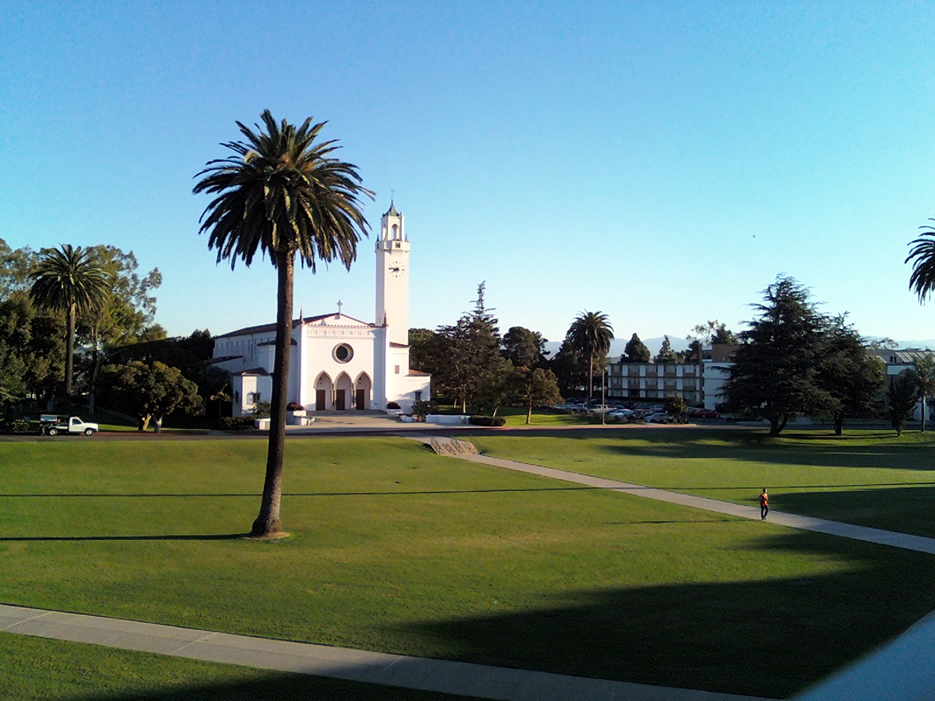
Loyola Marymount University / Los Angeles, California
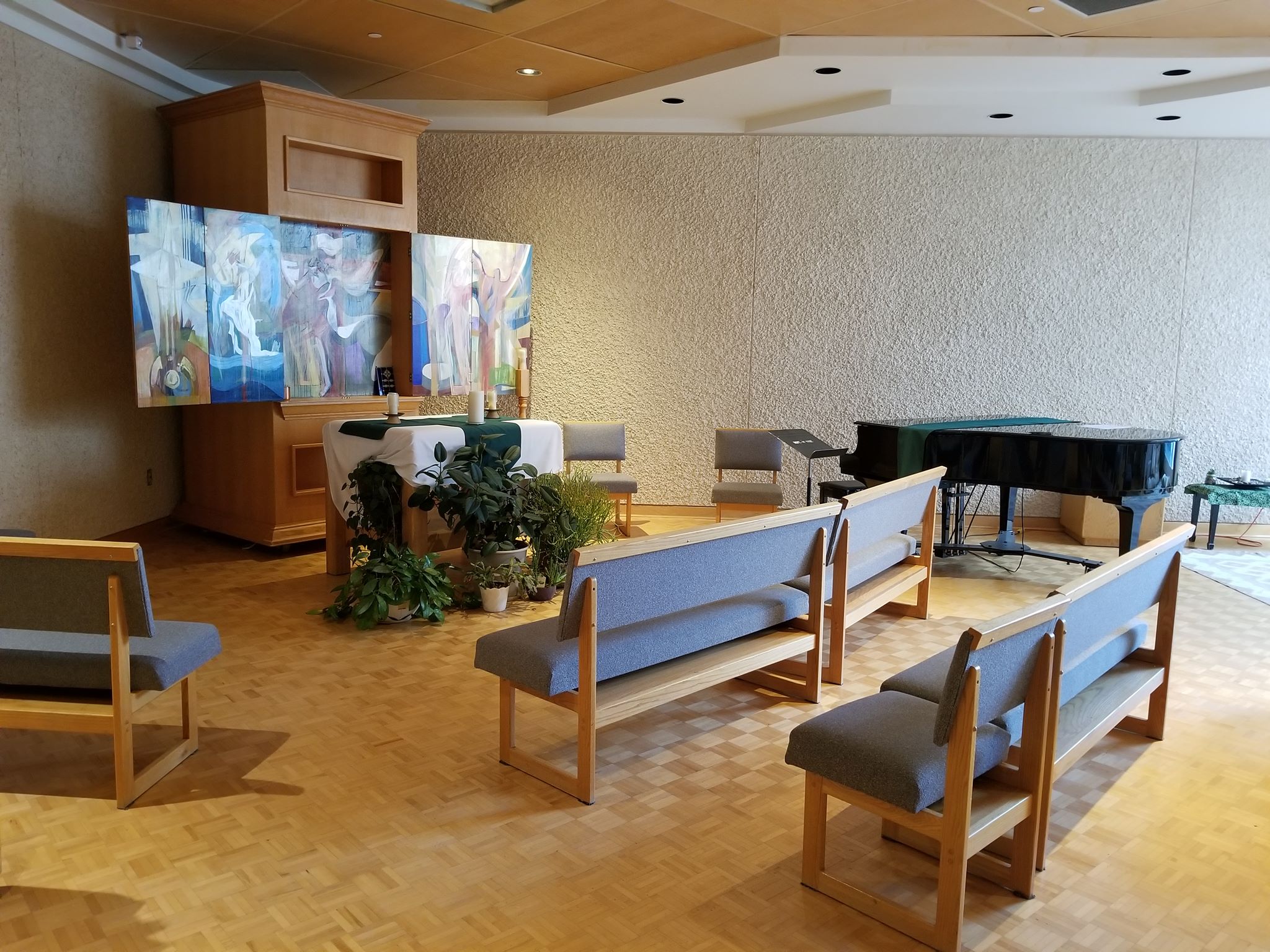
Luther College at the University of Regina / Saskatchewan, Canada
![]()
![]()
![]()
![]()
Christ’s Chapel | Hillsdale College, Michigan![]()
![]()
![]()
![]()
![]()
![]()
![]()
![]()
![]()
![]()
![]()
![]()
![]()
![]()
![]()
![]()
![]()
![]()
![]()
![]()
![]()
St. Ignatius Church | University of San Francisco![]()
![]()
![]()
![]()
More coming.
*404 ERRORS and Page Not Found messages are common as webmasters move content.
More
CLICK HERE for bibliography
Potato Latkes & Sufganiyot
Financial Position $1.417B (Page 16) | Campus Master Plan 2025-2035 | Revenue Bonds
Traditional Hanukkah foods (Spoon University) are often fried or cooked in oil, symbolizing the miracle of the oil that lasted eight days in the rededication of the Second Temple in Jerusalem.
Latkes (Potato Pancakes): Grated potatoes mixed with onions, eggs, and flour, then fried until crispy. They are often served with applesauce or sour cream.
Sufganiyot (Jelly-filled Doughnuts): Deep-fried doughnuts filled with jelly or custard and dusted with powdered sugar. They represent the oil that miraculously burned for eight days.
Brisket: Slow-cooked beef brisket is a popular main course for Hanukkah dinners.
Applesauce: Often served as a topping for latkes or as a side dish.
Matzo Ball Soup: While traditionally associated with Passover, some families also serve matzo ball soup during Hanukkah. It consists of light, fluffy dumplings made from matzo meal in a chicken broth.
Kugel: A baked casserole dish that can be sweet or savory, made with noodles, potatoes, or other ingredients.
Chocolate Gelt: Chocolate coins wrapped in gold or silver foil, often used in the game of dreidel.
Dreidel Cookies: Cookies shaped like the spinning top used in the traditional Hanukkah game of dreidel.
Cheese: In reference to the story of Judith, who is said to have fed cheese to an enemy general to make him thirsty and then gave him wine to make him drunk.
time to lock in, Knights 🔒
Good luck on finals! 🫶 pic.twitter.com/RdAT9Ug2e0
— UCF (@UCF) December 2, 2024
First Snow
Estopinal College of Architecture and Planning
“Everyone begins as a child by liking Weather. You learn the art of disliking it as you grow up. Noticed it on a snowy day? The grown-ups are all going about groaning and saying it is ‘dreadful’ and they are nearly always worrying about some awful thing or other happening because of the snow. But the children? They are out in it, throwing snowballs, building snowmen, sliding down slopes on toboggans—having a marvelous time.” — C.S. Lewis (‘That Hideous Strength – A Modern Fairy Tale for Grownups, 1945)
Abiit sed non oblitus | Houghton County Michigan
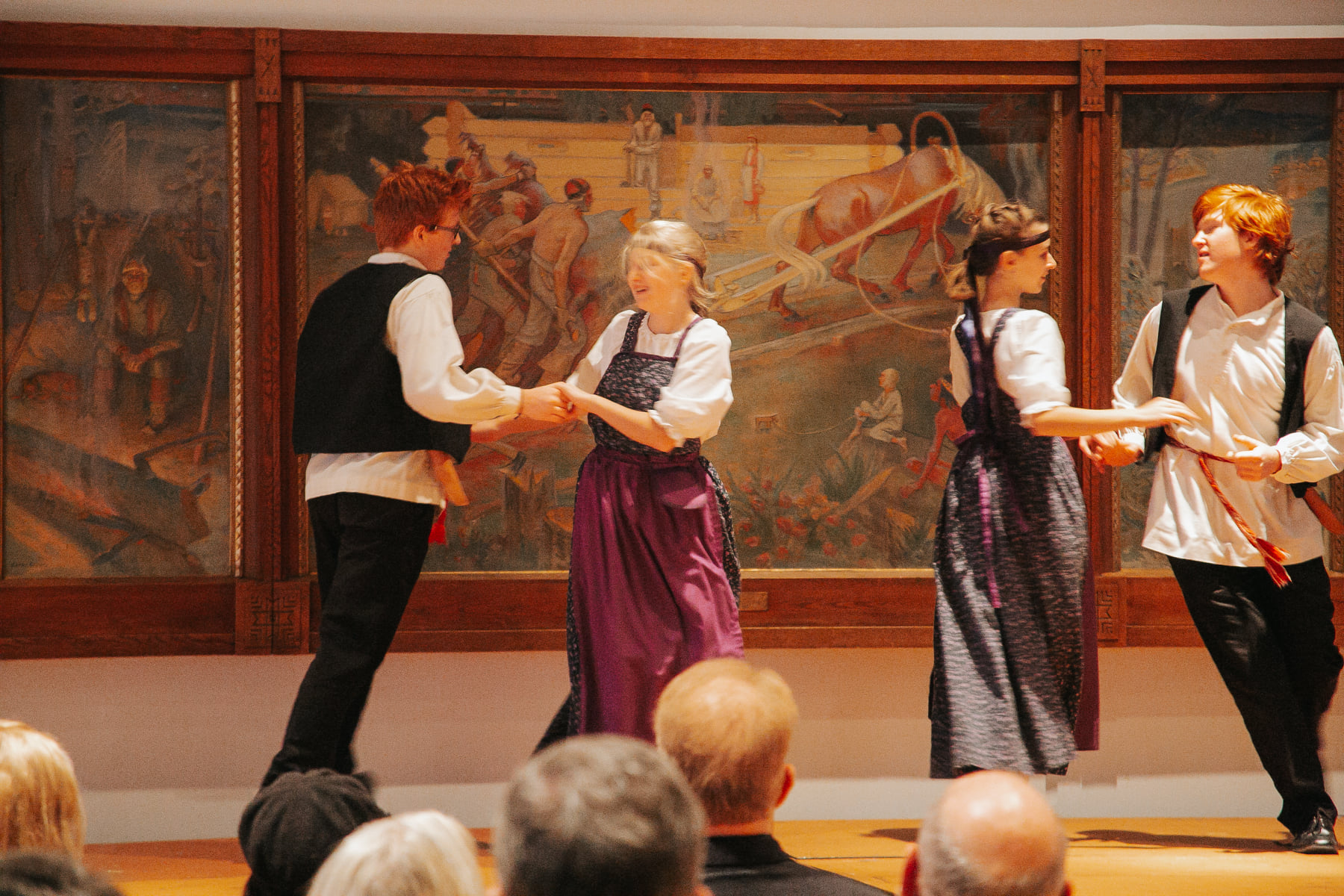
One-hundred-twenty-five years ago, hardy and hard-working Finnish Lutheran immigrants founded a school in Michigan’s Upper Peninsula. Their lives were marked by a gritty quality captured in the Finnish term, sisu – grit and perseverance in the face of adversity. Citing financial difficulties related to demographic changes, the Board of Trustees announced that the Class of 2023 was Finlandia’s final graduating class.
“The Board of Trustees and University President Timothy Pinnow stated the extremely difficult decision is the result of an intensive analysis of Finlandia’s operations after exploring all potentially feasible strategic alternatives, including the rigorous search for new partnerships and reorganization of the institution’s finances. With financial challenges impacting liberal arts colleges throughout the country, Finlandia is no exception….
The combination of demographic changes, with fewer high school graduates available, a steep decrease in interest in going to college among those graduates, a dwindling endowment, and an unbearable debt load have made Finlandia no longer viable…
…Finlandia University has finalized eight Teach-Out Agreements with Adrian College, Bay College, Michigan Technological University, Northeast Wisconsin Technical College, Northern Michigan University, University of Dubuque, Waldorf University, and Wartburg College. Several non-partnering institutions have also made commitments to supporting FinnU students in incredible ways…”
Board of Trustees vote to dissolve University wind up affairs in orderly manner
Last year, Finlandia University awarded over 3 million dollars to dreamers, achievers and future entrepreneurs. See if you qualify for Finlandia’s Rise Together Free Tuition Scholarship by visiting https://t.co/7Mbd7e6iLS pic.twitter.com/09LBPPg8cG
— Finlandia University (@FinlandiaU) February 15, 2023
Finlandia University’s Baccalaureate and Commencement activities for the Class of 2023 are scheduled for Sunday, May 7.
To see the full Spring 2023 Commencement Weekend schedule, visit the link below! 🎓🎓https://t.co/n49yPJoimn pic.twitter.com/aJvRHjarLa
— Finlandia University (@FinlandiaU) April 24, 2023
Join us next Tuesday for the 5th annual #Kalevala reading marathon! Pop in and listen or even read a rune! For more info and to register, fill in this form: https://t.co/LH8Pj4IMjV pic.twitter.com/koBXXBisu9
— Finlandia University Finnish & Nordic Studies (@FinlandiaNordic) February 24, 2023
New update alert! The 2022 update to the Trademark Assignment Dataset is now available online. Find 1.29 million trademark assignments, involving 2.28 million unique trademark properties issued by the USPTO between March 1952 and January 2023: https://t.co/njrDAbSpwB pic.twitter.com/GkAXrHoQ9T
— USPTO (@uspto) July 13, 2023
Standards Michigan Group, LLC
2723 South State Street | Suite 150
Ann Arbor, MI 48104 USA
888-746-3670



